The ALMONDBURIAN
THE MAGAZINE OF THE OLD ALMONDBURIANS’ SOCIETY
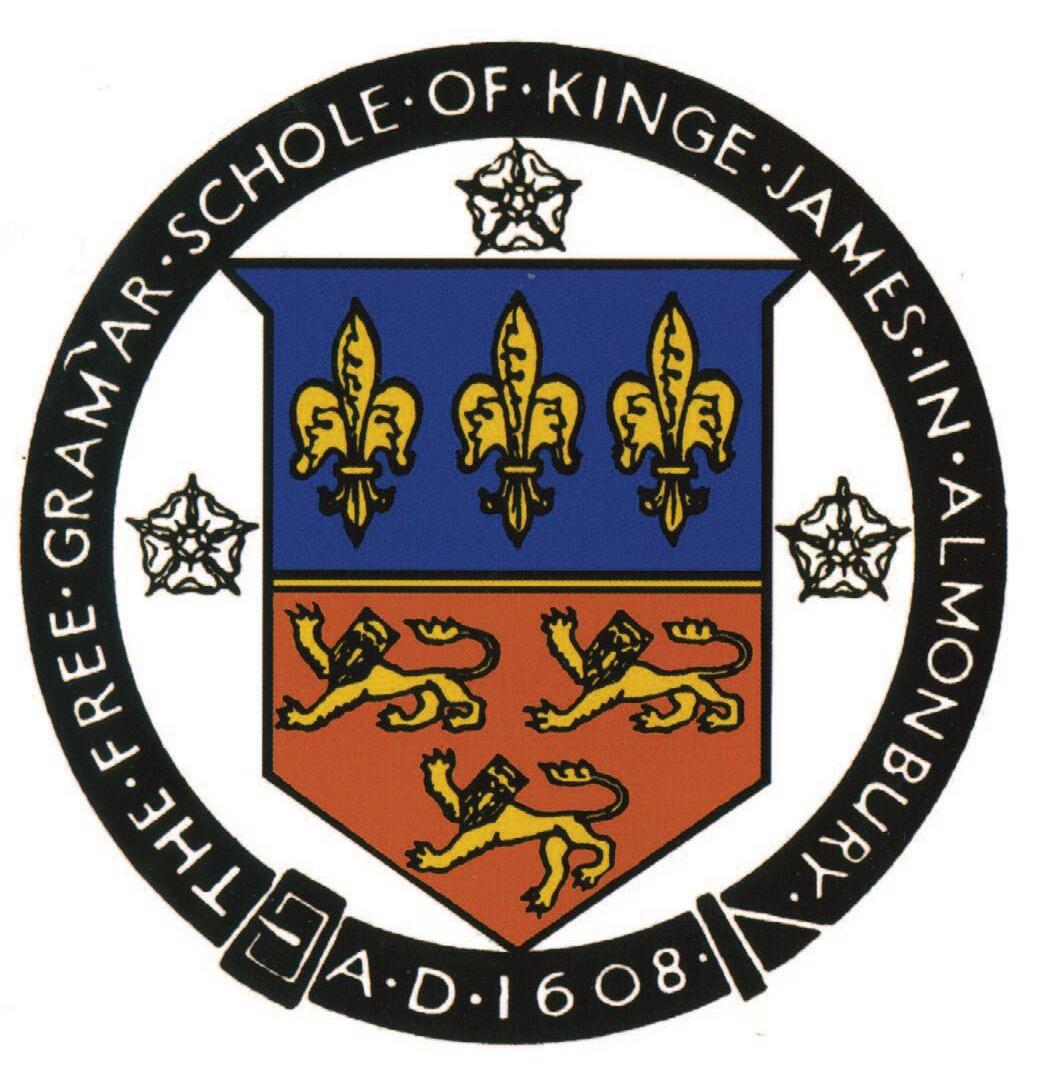
(Opposite):

THE MAGAZINE OF THE OLD ALMONDBURIANS’ SOCIETY

(Opposite):
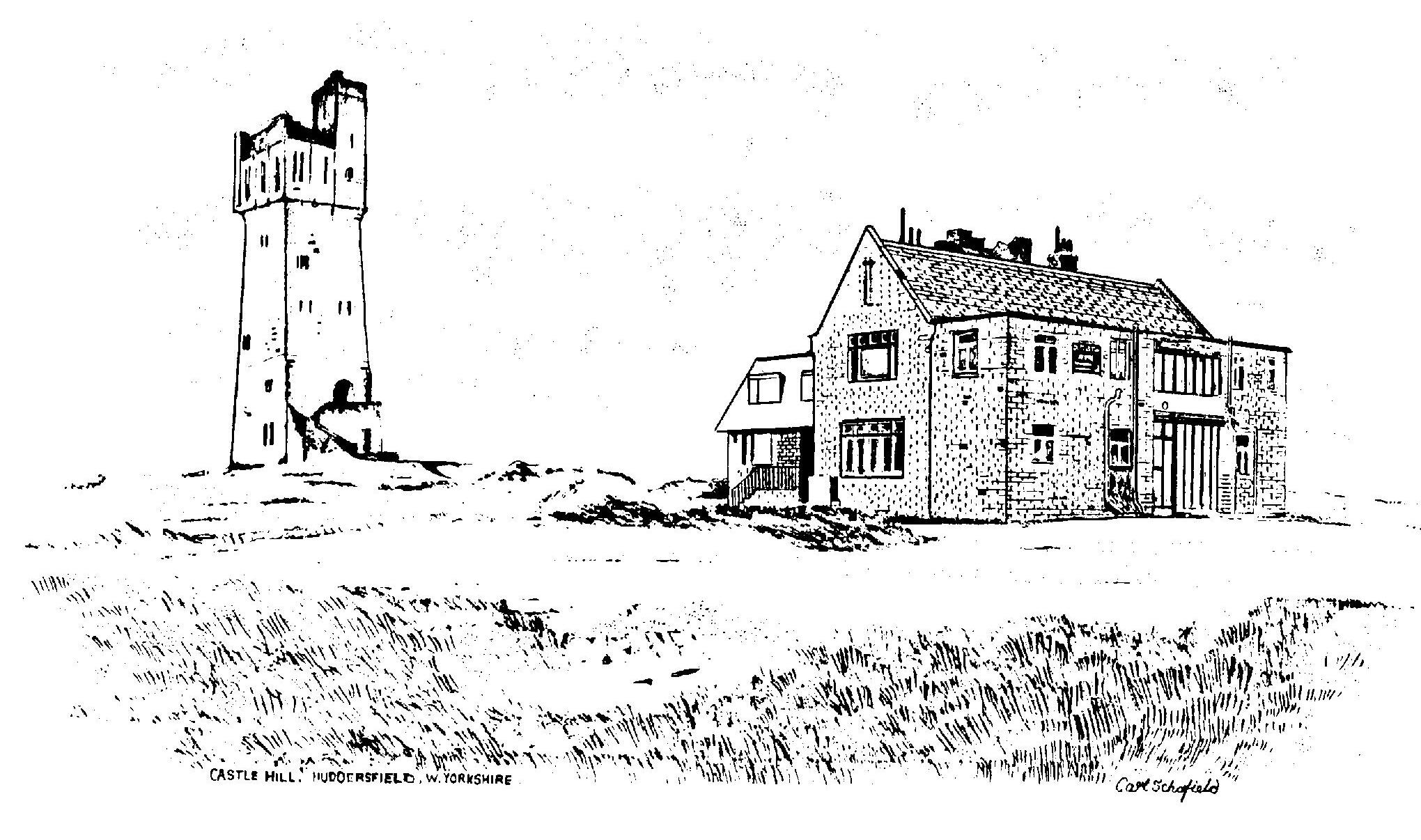
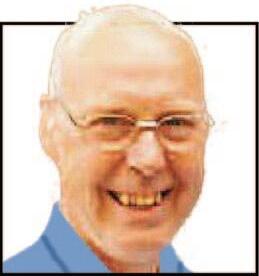
The magazine of The Old Almondburians’ Society
THE past year was a little like the ‘curate’s egg’: good in parts. It began with lockdown and the cancelling of many OAS activities yet ended on a high note with a most wonderful Founders’ Weekend. We all hope that the ‘light at the end of the tunnel’ really is an end to what has been a horrible period in our history.
The return of normality began in September when School reopened after the Summer break and we were able to organise another Heritage Weekend.The open day was an immense success with Abbi Terry organising a wonderful group of Senior Students as guides round School. We were all a little
apprehensive about possible numbers with the previous two events having been cancelled. We needn’t have worried, the numbers of visitors returned and various former students reacquainted themselves with their old School. One such man rejoined the Society and kept us all enthralled with his tales of life under Taylor Dyson. A marvellous experience.
Later Keith Crawshaw had us using what grey matter we still have left at the Quiz Evening. Another most enjoyable evening, though Patrick O’Brien and I need support next time to avoid being awarded the ‘wooden spoon’ three times in a row! Those
of you living local must come next time as it really is a very pleasant evening.
And so to the Founders’ Day Service, on a Friday for the first time. In my opinion it was a resounding success with over 50 students from School getting involved. Our thanks to the Principal, Ian Rimmer for his support in this project and, of course, thanks once more to our Senior Management Link, Abbi Terry for the part she played.The new Rector of All Hallows’ was also fully ‘onboard’ with the idea and together with Graeme Carby, who reviewed the programme, the whole Service was well received.
The Dinner was a ‘sell-out’ which we haven’t been able to claim for a while. Sadly speaker David Morphet couldn’t join us because of the ill health of his wife but Dave Bush stepped into the breach and together with Bob Field helped us to have a very enjoyable evening.Thank you to everyone who played a part in making it such a success.
At the AGM in January, again held via Zoom, we had a good participation and I’m pleased to report that most of the office holders agreed to continue in their work for the Society. We need to thank them all because without them we would not have a functioning Society. Chris West resigned as Deputy Chairman but agreed to continue on the committee. We thank him for his work for the Society, particularly his help in moving the new seating project forward.
So what of 2022? We hope, later this year, to have the new seating in place round the old yew tree in Big Tree yard. Plans and funding are in place, we are simply waiting for the new block round the back of the School to be opened so the temporary huts can be removed. Our thanks to those who
have already contributed towards this project (see page 49).
I should also like this year to be seen as a time when we can aim to get the database of past pupils up to date. The present database was set up with the help of volunteers who put the old card index information onto a spreadsheet. I’d like to think we can do this again this year once School passes on information of our School intake from the turn of the century to the present time. Government rules prevented School giving this information when Data Protection legislation was introduced but it would now appear that over time a more relaxed interpretation of the rules will allow this process to resume.
And finally what have been the disappointments of 2021? Well, for me there were two things.
The first was the refusal by the Council to allow a Blue Plaque to be placed on the old Schoolhouse to commemorate the part played in the formation of the Rugby Football League by our former Head Francis Marshall.We were told we should not be celebrating a man who wanted to keep rugby amateur.The fact there are Blue Plaques celebrating the likes of Dick Turpin, a murdering highwayman, seems strange.
The second disappointment has been our inability to get the Royal Charter back in School for various events. We now have permission from the owners but are unable to find adequate insurance which is required both for the transporting of the Charter as well as its stay in School. How do you insure a 414 year old document?
So let us look forward to 2022 with great enthusiasm for a full return to normal life and a resumption of all Society activities. Have a good read. n
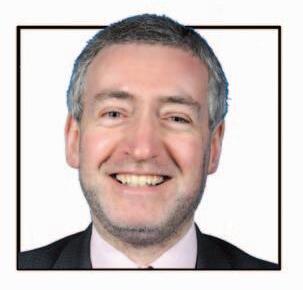
FOLLOWING the Annual Dinner, we have been delighted to welcome back two lapsed members as well as two new members to the Society:
James Andrew Ward, (1957-1964) now living in Slaithwaite, re-joined the Society at the Annual Dinner. On leaving School, Andrew joined John Mackintosh & Co, Ltd, manufacturing confectioners, and qualified as a cost and management accountant. He subsequently joined the management team as Head of Operations Planning but left to set up his own business consultancy company in 1992. He later joined one of his client companies, John Winter & Co, Ltd, in Sowerby Bridge to head up company logistics and he remained there until retiring in 2008. He had lived at Stainland Dean for all of those years, raising a family of three sons, before sadly losing his wife of forty-three years to cancer in 2014 and subsequently moving to the Colne Valley in 2016. Andrew has had a long association with the Old Almondburians’ Society, serving firstly as Secretary and then being Chairman twice in 1976 and 1985. He is currently a VicePresident of the Society.
Darren Hanson (1979-81), from Dalton, joined the Society at the Annual Dinner.
Caroline Jayne Whittle (née Schofield, 1979-81), from Lascelles Hall, re-joined the Society following the Annual Dinner. Caroline was also a long-standing member of the Society until just a few years ago and she is a Director of Peter’s Fashions Ltd.
Jonathan Edmund Barton (196166), resident in Watlington, Oxfordshire, joined the Society at Christmas after attending the Class of 1961 reunion at the Annual Dinner. He writes about his enjoyment of the Dinner on page 28 which includes a summary of his life and career since leaving King James’s Grammar School in 1966.
Sadly, during the same period we have learned of the death on 15th September, 2021 of Peter Richard Bradley (194853), resident in Westbury-on-Trym, Bristol; the death of Stanley Kilvington (194348), resident in Stockport and the death of Allan Clayton (1979-84), resident in Highbury, London; the death of Thomas Anthony Blackburn (1947-55), resident in Brussels; and the death of Colin Frank Lawton (1937-44), resident in Ilkley (see obituaries on page 66).
For the few members who do not pay their subscriptions by standing order, please remember that your £10.00 subscription for 2021-2022 fell due on 1st September last year. Thank you to those who have recently brought their subscription up to date; however, if you do receive a letter with this magazine pointing out that your subscription is not up to date, please do send your payment without delay. It does make life much easier if you can complete the updated standing order mandate that accompanies the letter and return it in the envelope provided. Alternatively, you may renew online, using PayPal or a debit or credit card, by visiting www.oas.org.uk and clicking on the ‘Join/Renew Online’ button. n
We start a new School year with more Government guidance on Covid, more testing of pupils before they can return, and still no new teaching block. It’s a time for patience, reports Ian Rimmer.

IT’S Groundhog Day! I confess, until I looked it up, I didn’t realise that there was an actual day: 2nd February apparently. According to Wikipedia, and who am I to argue, ‘it derives from the Pennsylvania Dutch superstition that if a groundhog emerging from its burrow on this day sees its shadow due to clear weather, it will retreat to its den and winter will persist for six more weeks; if it does not see its shadow because of cloudiness, spring will arrive early.’
Well, I am not sure I have seen my shadow; it feels more like looking in a mirror at the moment. Either way ‘winter’ seems to have persisted for rather more than six weeks now.
And thus, another calendar year starts with more government guidance, more testing prior to return to School and still no new block. I could at this point simply refer readers to the article I wrote this time last year, but perhaps an update may be more appropriate.
Government Directives
Well, we have continued to receive
170 in a couple of weeks. The real issue, as has been well-publicised recently, is the impact on staffing. If staff are required to isolate for at least seven days and transmission rates are high, the situation could very quickly become unsafe or certainly unworkable. What will the New Year bring? Watch this space!
We are required to have a full contingency plan, although we are not entirely sure for what contingency we are planning! Nevertheless, we are obliged to provide remote learning for students who are not at School. There has been much debate over whether that means absence through testing positive for Covid, School closure, requirement to isolate having been a close contact, snow days or even a run-of-themill ailment. One thing for sure is that
there will be, from now on, an expectation to provide learning for every child every day. What ‘certain’ people forget is that staff are supposed to provide this intense additional service,
We are required to have a full contingency plan, although we are not entirely sure for what contingency we are planning!
whilst simultaneously doing their job in School. Two into one does not go!
Sadly, there is no certainty over whether they will take place now. Previously it had been suggested that they would definitely take place, but that was before omicron! We can live in hope, but alongside that hope lives uncertainty.
Fortunately we are not due an inspection any time soon, having been last inspected the equivalent of ‘yesterday’ i.e. November 2019. Inspections were taking place for some unlucky souls in the Autumn term, and now Ofsted have very kindly agreed to suspend them for January. The mind boggles at what can seriously be gleaned in terms of an accurate picture
of typical School life …during a pandemic.
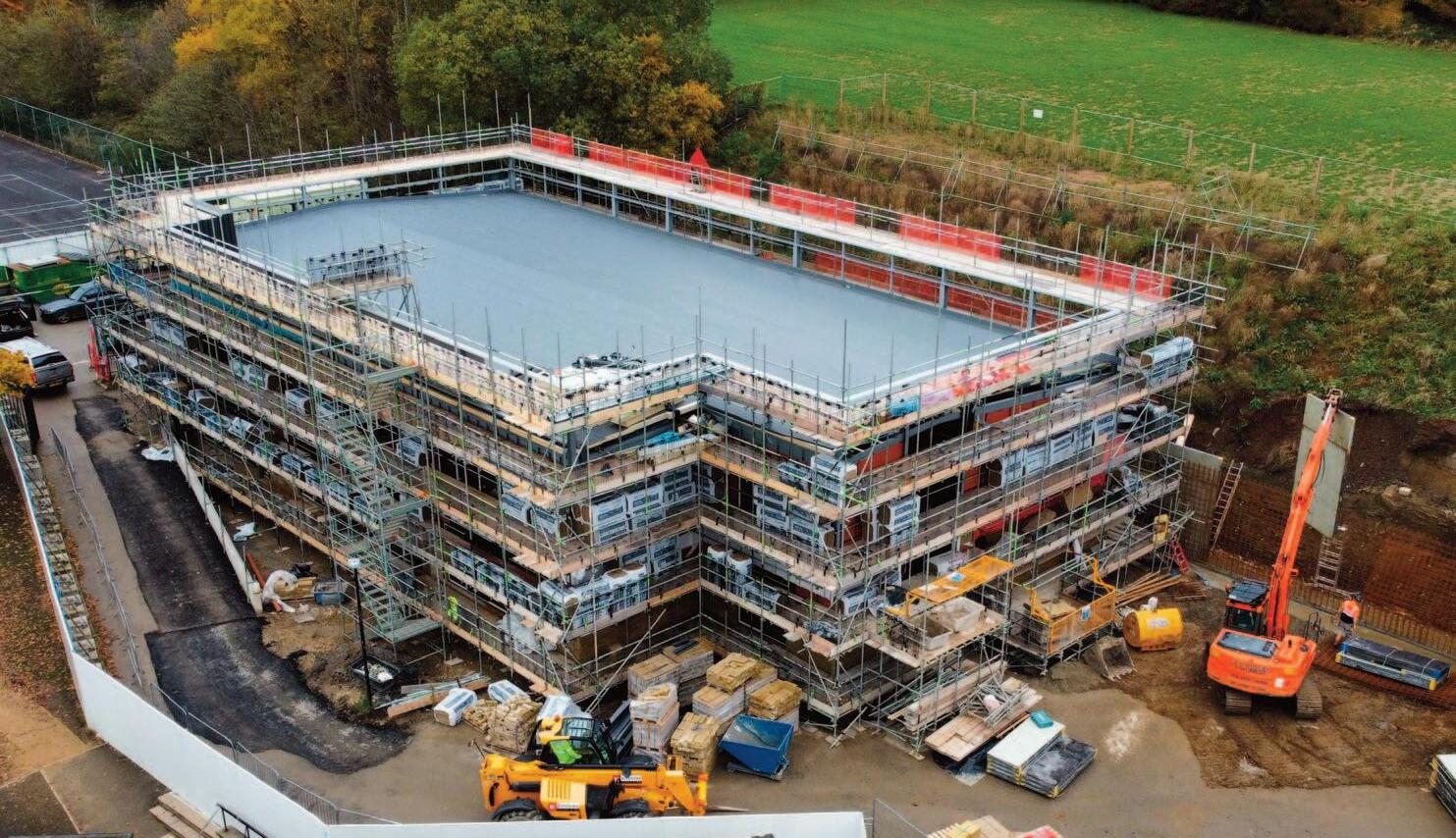
Meanwhile we have been wrestling with the ongoing internal works and construction of a new block (still without a name, so likely to resort to the default, highly innovative ‘new block’). The internal works described in the last issue are now effectively complete. The new block has now missed its second deadline and will be completed this term, at a date yet to be specified. We very much look forward to the time when we can be one School on one site again.
As for the rest of my job, I will have to read a manual in order to refresh my memory how everything should be. I recall, 35 years ago, training to teach; not act as health worker, policy maker or site manager. Roll on 2023! n
In view of the increasing number of Covid-19 cases locally, the Annual General Meeting of the Society was held remotely by Zoom on Monday, 10th January, 2022, at 7.30 pm.
Walter Raleigh was in the chair and Keith Crawshaw, Roger Dowling, Andrew Haigh, Graeme Milnes, Ian Rimmer, Simon Russell, Sally Starbuck, Richard Teale and Chris West were in attendance.
Apologies for Absence
No apologies were received.
The Minutes of the Annual General Meeting held on Monday, 4th January, 2021, were read and approved and there were no matters arising.
Walter Raleigh reviewed another busy year in 2021 in which there were more successes than failures.The fact that Executive Committee meetings have continued throughout the Covid pandemic are a sign of the vitality of the Society. The use of Zoom for our meetings has been an outstanding success taken to even greater levels now that it is being deployed in conjunction with actual meetings at the School.
September saw the Society once again team up with the School to open it up for the Heritage Open Days programme when a group of Year 10 pupils gave tours to visitors. The Quiz Evening at The Woolpack made a welcome return in October.
In November the Society worked with the School to hold the Founders’ Day Service on the Friday afternoon in order to enable greater participation by pupils.This was a big success thanks to the help and support of Principal Ian Rimmer, Assistant Principal Abbi Terry, the new Rector of Almondbury Felicity Cowling-Green and Old Almondburian Graeme Carby, who has agreed to become the Society Chaplain.
The Annual Dinner was another outstanding feature of the year. It was sad that David Morphet was unable to join us, but Bob Field and Dave Bush ensured that guests were well entertained.Thanks must go to Andrew Haigh for organising it.
Another notable event during the year was the completion of theWestgate Project, which will provide a healthy income for the King James’s School Foundation.
The project to build a new seat around a tree in Big TreeYard is well in hand and the fund is receiving a good number of generous donations. It is now awaiting the completion of the new teaching block so that the temporary classrooms can be removed from the front of the School before the new seat can be built.
The School Archive is now in the safekeeping of theWestYorkshire Archive Service, which has undertaken to catalogue it and later, hopefully, to digitise it.
Of course, there are always occasional disappointments and there have been a couple this year. Firstly, some adverse publicity in The Huddersfield Examiner resulted in a number of objections to the Society’s proposal to erect a Blue Plaque on the Schoolhouse to mark the role played by Rev Francis Marshall in the history of the Rugby Football League.The second disappointment was the failure to get the Royal Charter back to School for either the Heritage Open Day or the Annual Dinner.
The Chairman ended by saying that in the coming year he would like to further develop Founders’ Weekend to make it even better and also to get the Society’s database of former pupils updated with the names of those attending in more recent years.
Treasurer’s Report
Keith Crawshaw presented the accounts for the financial year ended 31st August, 2021. He noted that subscription income has increased by £185, which is partly due to people in arrears catching up and partly due to the increase in the overseas subscription rate for members who wish to receive a hard copy of the magazine by post. Keith observed that the cost of producing and distributing the magazine accounted for only 69% of subscription income, which is a reduction from last year. Because no events had been held due to Covid-19, there was very little other income apart from sales of No Beating About the Bush, the surplus of £629.58 from which had been transferred to the new ‘Big Tree’ fund. There had been a contribution of £440 to the School to pay for printing of bookmarks, which left an excess of income over expenditure of £883.06.
The funds currently held by the Society total £14,648.83, although this is not quite as good as it looks since it includes monies held on behalf of the Old Almondburians’ Society Football Club and advance ticket sales for the Annual Dinner, as well as the new ‘Big Tree’ fund.
In conclusion, Keith felt that it had been another steady year and that we could be pleased with it.The accounts were approved.
Membership Secretary’s Report
Andrew Haigh reported that at the end of the last financial year membership stood at 464, exactly the same as at the same time last year. During the year, nine new members had been recruited and two lapsed members had re-joined. Sadly, this total of eleven had been exactly offset by the deaths of eleven long-standing members.
Keith Crawshaw felt that in view of our financial position there is no need to increase the subscription rate, so he proposed keeping it at £10.00 per annum, or £20.00 per annum for overseas members who wish to receive a hard copy of the magazine by post. This proposal was agreed.
The Chairman proposed that the Principal should be invited to continue as President of the Society for 2022.This was seconded by Simon Russell and Ian Rimmer was duly re-elected.
Ian Rimmer thanked the meeting and offered to update the meeting on the current situation
at School after what had been a challenging year. All the internal works are now complete. The old Sixth Form Common Room, which had a capacity of about 60, is no longer big enough for Year 11 which will now have 210 pupils; it has therefore been converted to a Science Lab.Two new routes around School have also been put in place, which means that a one-way system can be operated. This was forced on the School by Covid-19 but needs to continue to cope with the 1,033 pupils now on roll. The new block was meant to be ready for September 2021, then October half-term, then Christmas, but will now hopefully be ready by Easter 2022. However, even this is dependent on no further supply chain problems or lack of manpower due to Covid-19.
Election of Executive Officers for 2022
Walter Raleigh agreed to continue as Chairman for 2022. ChrisWest didn’t wish to continue as Vice-Chairman but was happy to continue as an Ordinary Committee Member. The other Officers were then elected as follows:
Vice-Chairman
Honorary Secretary
Honorary Treasurer
Media Editor
Assistant Media Editor
Minutes Secretary
Ordinary Committee Members
Vacant
Andrew Haigh
Keith Crawshaw
Roger Dowling
Richard Teale
Simon Russell
Martyn Hicks
Graeme Milnes
Michael Powner
Dawn Smart
Chris.West
One Vacancy
Chaplain Graeme Carby
Representative of the School
Any other business
Abbi Terry
Executive Committee Meeting: The Secretary asked that the date and venue be fixed for the next meeting of the Executive Committee.The first Monday in February is the norm and Monday, 7th February in the ODH at School and via Zoom was agreed.
Annual Quiz: Keith Crawshaw asked that this should be an agenda item for the next meeting of the Executive Committee.
The Almondburian: Roger Dowling mentioned that the deadline for copy for the next issue of The Almondburian is 24th January but asked for material as soon as possible.
Death: Sally Starbuck mentioned the unexpected and sad news of the death of Allan Clayton.
The Chairman thanked the members of the Executive Committee for all their work during the year and the AGM closed at 8.36 pm.
J
President Ian Rimmer King James’s School Work Telephone: (01484) 412990 e-mail: staff.irimmer@kingjames.school
Chairman Walter Raleigh 15 Thorpe Lane Home Telephone: (01484) 308452
Almondbury e-mail: walter.raleigh@oas.org.uk
Huddersfield
Yorkshire
HD5 8TA
Vice-Chairman (Vacant)
Hon Secretary Andrew M. Haigh 2 Arkenley Lane Home Telephone: (01484) 432105
Almondbury Mobile Telephone: 07770 220733
Huddersfield Work Telephone: (01484) 400032
Yorkshire Facsimile:(01484) 469567
HD4 6SQ e-mail: andrew.haigh@oas.org.uk
Hon Treasurer Keith Crawshaw 5 Benomley Drive Home Telephone: (01484) 533658
Almondbury e-mail: keith.crawshaw@oas.org.uk
Huddersfield
Yorkshire
HD5 8LX
Media Editor Roger Dowling Orchard House Home Telephone: (01925) 756390
Oughtrington Lane Mobile Telephone: 07815 601447
Lymm e-mail: roger.dowling@oas.org.uk
Cheshire
WA13 0RD
Assistant Richard Teale The Sycamores Mobile Telephone: 07810 313315
Media Editor 239 Huddersfield Road e-mail: richard.teale@oas.org.uk
Thongsbridge
Holmfirth
Yorkshire
HD9 3TF
Minutes Simon Russell Phoenix Cottage Home Telephone: (01484) 685365
Secretary
Upper Hagg Road e-mail: simon.russell@oas.org.uk
Thongsbridge
Holmfirth
HD9 3TF
Ordinary Martyn Hicks 12 Gernhill Avenue Home Telephone: (01484) 539409
Committee
Members
Fixby e-mail: martyn.hicks@oas.org.uk
Huddersfield
Yorkshire
HD2 2HR
Graham Milnes 5 Heol-Y-Felin Home Telephone: 02920 627553
Rhiwbina e-mail: graeme.milnes@oas.org.uk
Cardiff
Glamorgan
CF14 6NB
Michael Powner 45 The Fairway Home Telephone: (01484) 423365
Fixby e-mail: mike.powner@oas.org.uk
Huddersfield
HD2 2HU
Dawn Smart 8 High Seat Hill Mobile Telephone: 07824 881132
Lazonby dawn.smart@oas.org.uk
Penrith
CA10 1AW
Chris West 7 Brookside Home Telephone: (01484) 881132
Crimble e-mail: chris.west@oas.org.uk
Slaithwaite
Huddersfield
Yorkshire
HD7 0JT
(One vacancy)
Chaplain Graeme Carby 10 Rectory Drive Home Telephone: (01484) 302252
Kirkheaton e-mail: graeme.carby@oas.org.uk
Huddersfield Yorkshire
HD5 0JT
Represent- Abbi Terry King James’s School Work Telephone: (01484) 412990 ative of the e-mail: staff.aterry@kingjames.school School
Head Boy Morgan Kirk King James’s School
Head Girl Isabella Chipperfield King James’s School
Badminton Andrew M Haigh
2 Arkenley Lane Home Telephone: (01484) 432105 Section Almondbury Mobile Telephone: 07770 220733
Huddersfield Work Telephone: (01484) 400032
Yorkshire Facsimile: (01484) 469567
HD4 6SQ e-mail: andrew.haigh@oas.org.uk
Golf Section Robin E Merchant 26 Jagger Hill Mobile Telephone: 07933 200475
Kirkheaton e-mail: robin.merchant@oas.org.uk
Huddersfield
Yorkshire
HD5 0RA
Tennis Section Andrew M. Haigh 2 Arkenley Lane Home Telephone: (01484) 432105
Almondbury Mobile Telephone: 07770 220733
Huddersfield Work Telephone: (01484) 400032
Yorkshire Facsimile: (01484) 469567
HD4 6SQ e-mail: andrew.haigh@oas.org.uk
Independent Alan Swift Examiner
Vice-Presidents Ken G. Shaw
J. Andrew Ward
Keith Crawshaw Paul Balderstone
John M. Drewery Jack A. Taylor
Malcolm J. Taylor James N. Taylor
David A. Bush
Graham Cliffe
Bryan Hopkinson Emily Murphy
Nicky Briggs
Patrick O’Brien
Andrew Haigh Roger Dowling
Richard J. Green
J. Richard Taylor
J. Amanda Taylor
David Gary Croft
Robert Williams
Nicky Murphy
Robert Lamb
How does one measure success in life? Surely it’s more than just money and status? These are questions I’ve been asking recently and now, readers, I invite you to send meYOUR views.
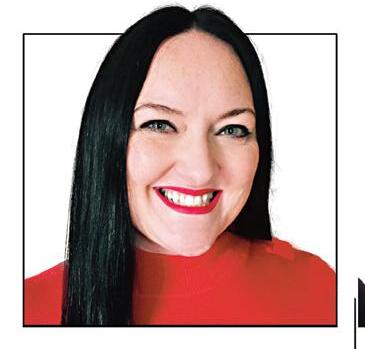
LAST week I was lucky enough to go on a visit to the new teaching block (see page 7). ESH Construction is the building company that is currently completing the work on the new building and they had contacted me to ask if we had any students interested in a career in construction. I put it out to our Year 9’s, 10’s and 11’s and had a lot of interest, which was great.
While on the tour of the building, the site manager was speaking to the students about the different roles and the different jobs involved in construction. All of a sudden, I felt someone tap my back and ask “Mrs. Terry?” One of the members of staff working on the site was an ex-student of King James’s School and had actually been in my form group back when I was a form tutor. It was brilliant to see Joe but even better to hear about what he had been up to since leaving King James’s. He told me about training and then working in London, which he had loved, but then about moving back home. It made me incredibly proud to see how well he had done and about how much he had grown into a fine young man.
It is one of the best parts of my job. I love it when I bump into exstudents and we have a chat about what they are doing. No matter what their journey has been, it always makes me feel delighted that they have become amazing people in their own right.
At the start of lockdown, I had bumped into another ex-student and when I asked what he was up to he apologetically told me about being a bin worker. I asked why he seemed so regretful about it and he admitted that he felt embarrassed.
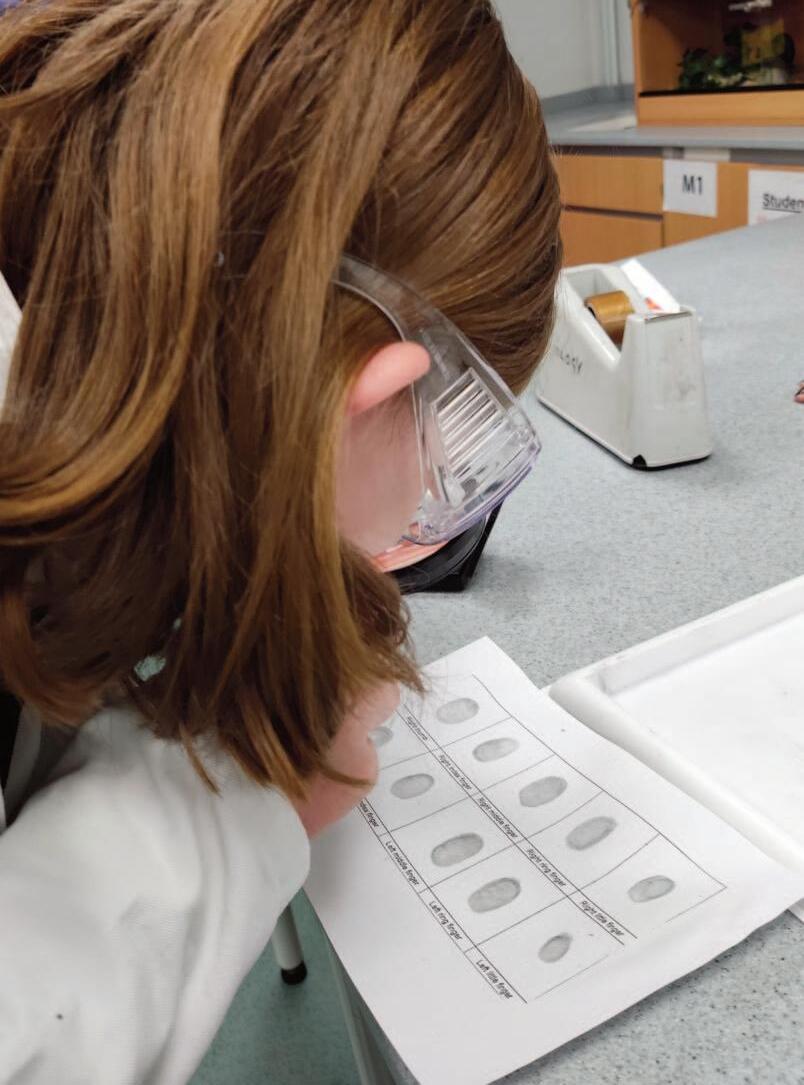
“What on earth are you embarrassed for?” I asked him and he told me that he had planned to be something more. I couldn’t leave it there and I wanted to dig deeper…
“Do you enjoy your job?” I asked him. His reply was “Yes”.
“Why is that?” I asked.
“The hours are good and I can pick up my daughter from School” he said.
“Are you happy?” I asked him. His reply again was “Yes”.
So, I asked him again about why he was embarrassed. He told me that lots of people he had been at School with had gone to college to do ‘A’ Levels and then to university to do a degree. I posed the question, “Is that what you wanted to do?” His response was, “No chance!”

Our conversation had made me think about aspirations and what we teach young people. I would argue that sometimes, our viewpoints about accomplishments are very narrow. For many of us, we see success as
being something that would involve high levels of education, power and promotion. For me it should be more than this. As our student cohort changes and as society changes because of local, national and world events, then we also have to adapt.Yes – let’s be proud of our students going to top universities and getting the best jobs, but let’s also be proud of the students who have worked hard, are raising and providing for their families and are good all-round citizens. Let’s normalise success as a measure of being happy, healthy and satisfied with life and let’s move away from viewing success as being linked with prestige and status.
And so, on that note, I would like to invite readers of the OAS magazine to become part of our new Alumni project to maintain contact with former pupils. I want to hear about your journeys through life.Tell me about your jobs, your careers and what success means to you. Email me on staff.aterry@kingjames.school n
Friday, 19th November 2021
Saturday, 20th November 2021
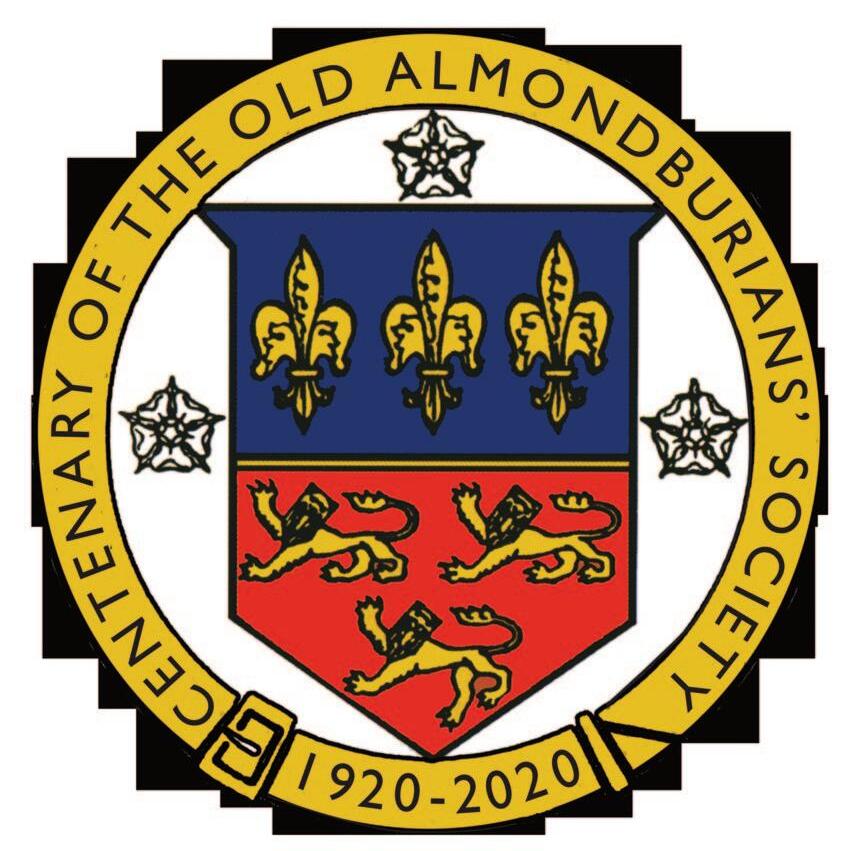
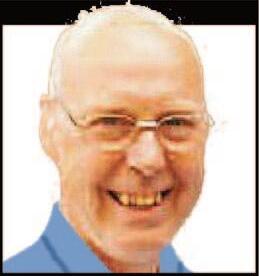
THIS year the service of thanksgiving for the founding of our School took place in All Hallows’ Church on the Friday before the Annual Dinner. It was the first time the service had been held on a Friday for some thirty years. It was an opportunity for a larger number of students from School to take part than had been the case in recent years and it proved to be an unqualified success.
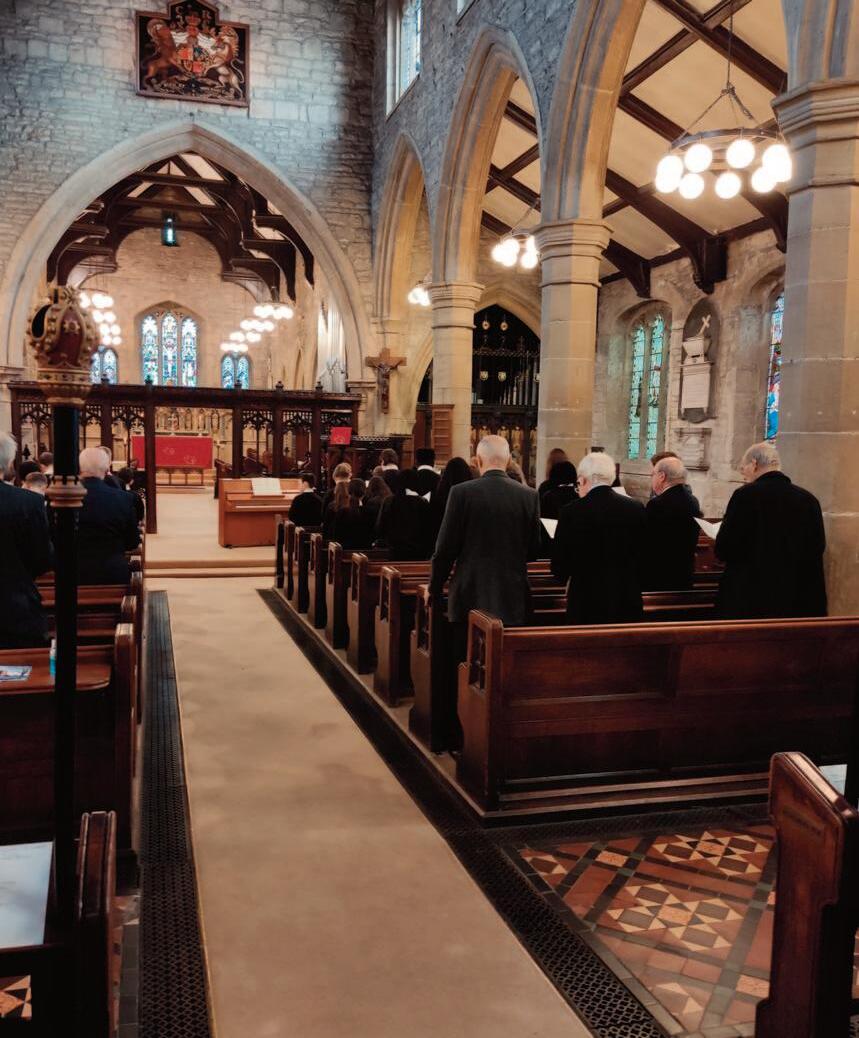
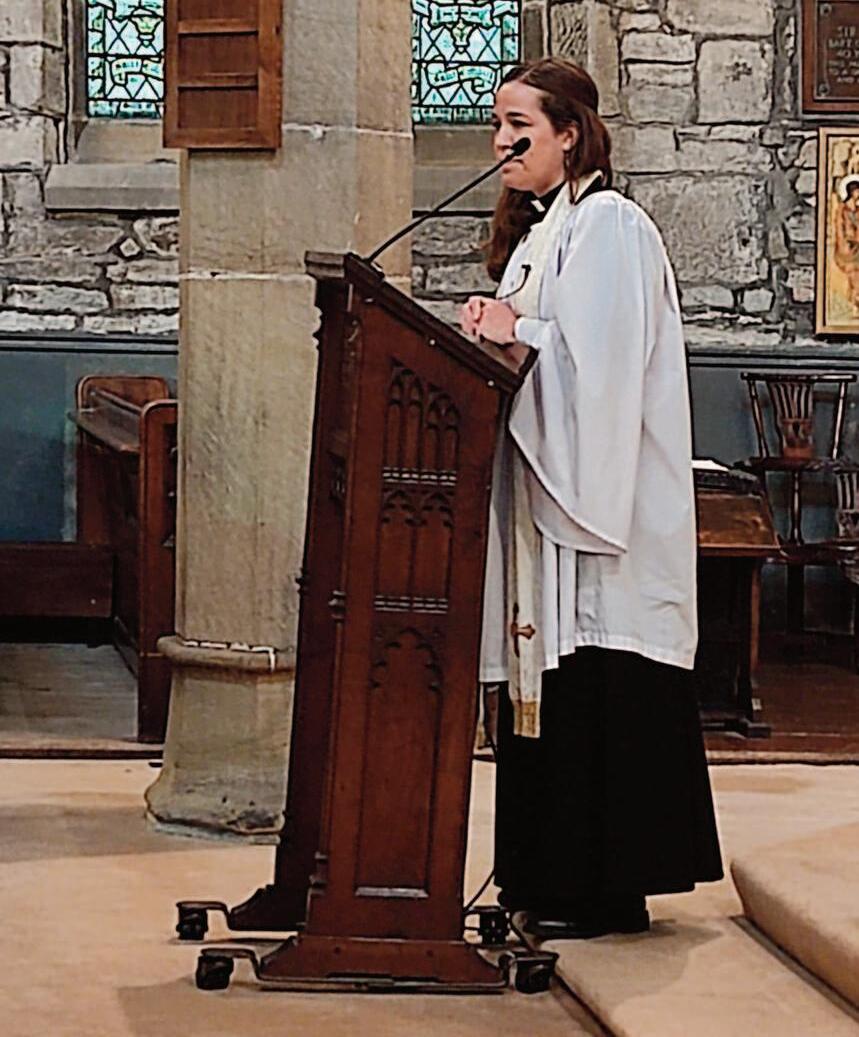
The reason for the change to Friday had been as a result of falling attendances on the traditional Sunday after the Annual Dinner. Rather than continue an event which was becoming an embarrassment with such low numbers the Committee considered a number of options. The one initially chosen had been to hold two services, one on
the Friday and the usual one on Sunday but the pandemic put paid to that in 2020 our Centenary year. As such when it came to the planning for 2021 it was decided to take a full review of the event.
Ian Rimmer, the School Principal, and Abbi Terry, our senior link person with School were invited to make suggestions as how we could improve the service. Graeme Carby, our new OAS Chaplain also offered to look at the format of the service.
Ian and Abbi suggested more involvement from School, which was music to our ears. Abbi suggested using the two form reps from each form to walk up the hill in traditional style led by Ian. The Head Boy and Head Girl would each read a lesson and the Music Department would provide
Left: The new-style Founders’ Day Service Right: Rector of All Hallows’ Felicity Cowling-Green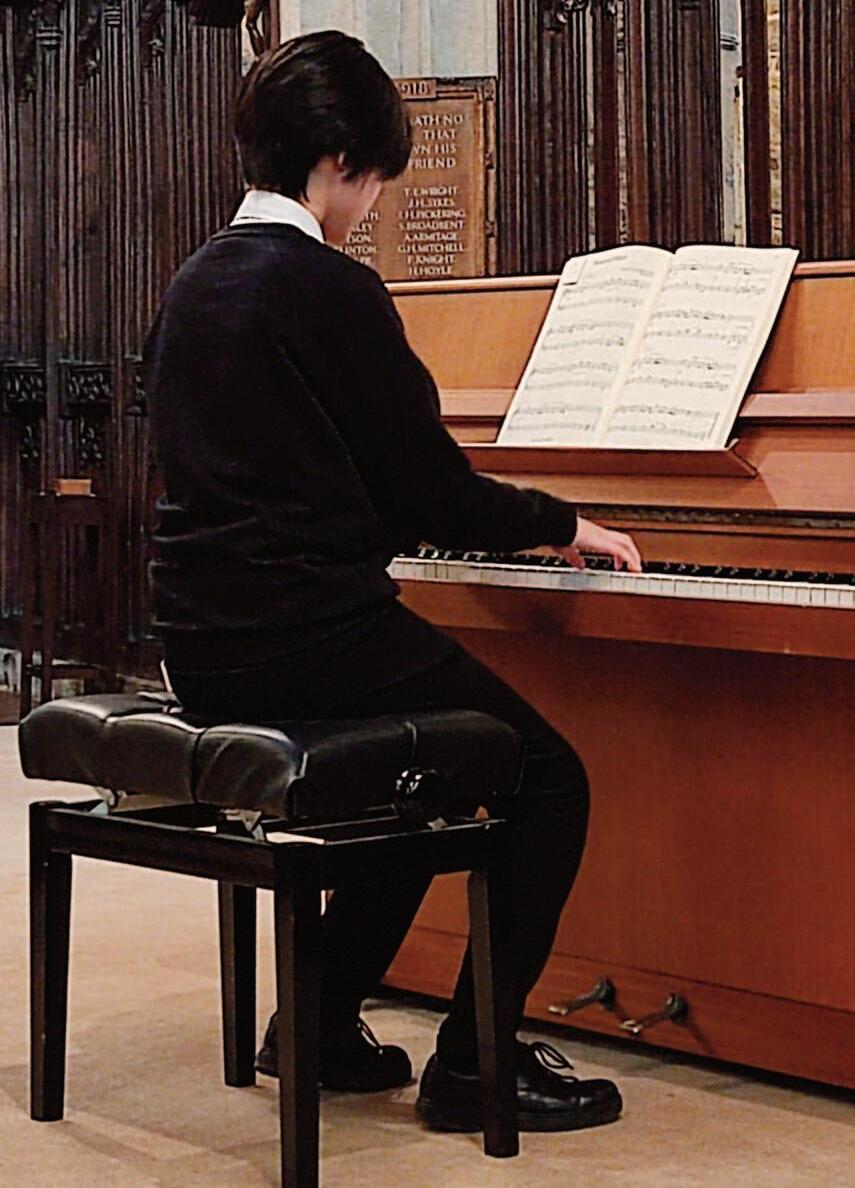
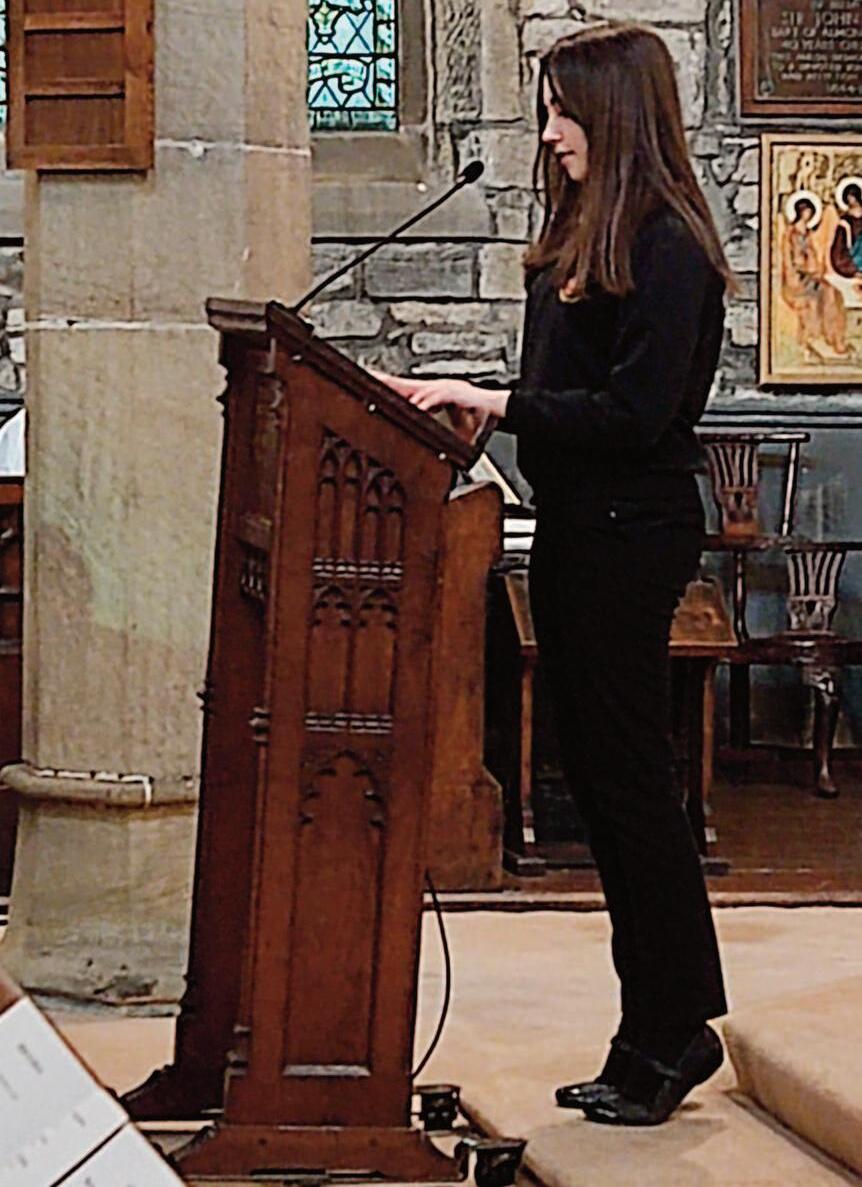
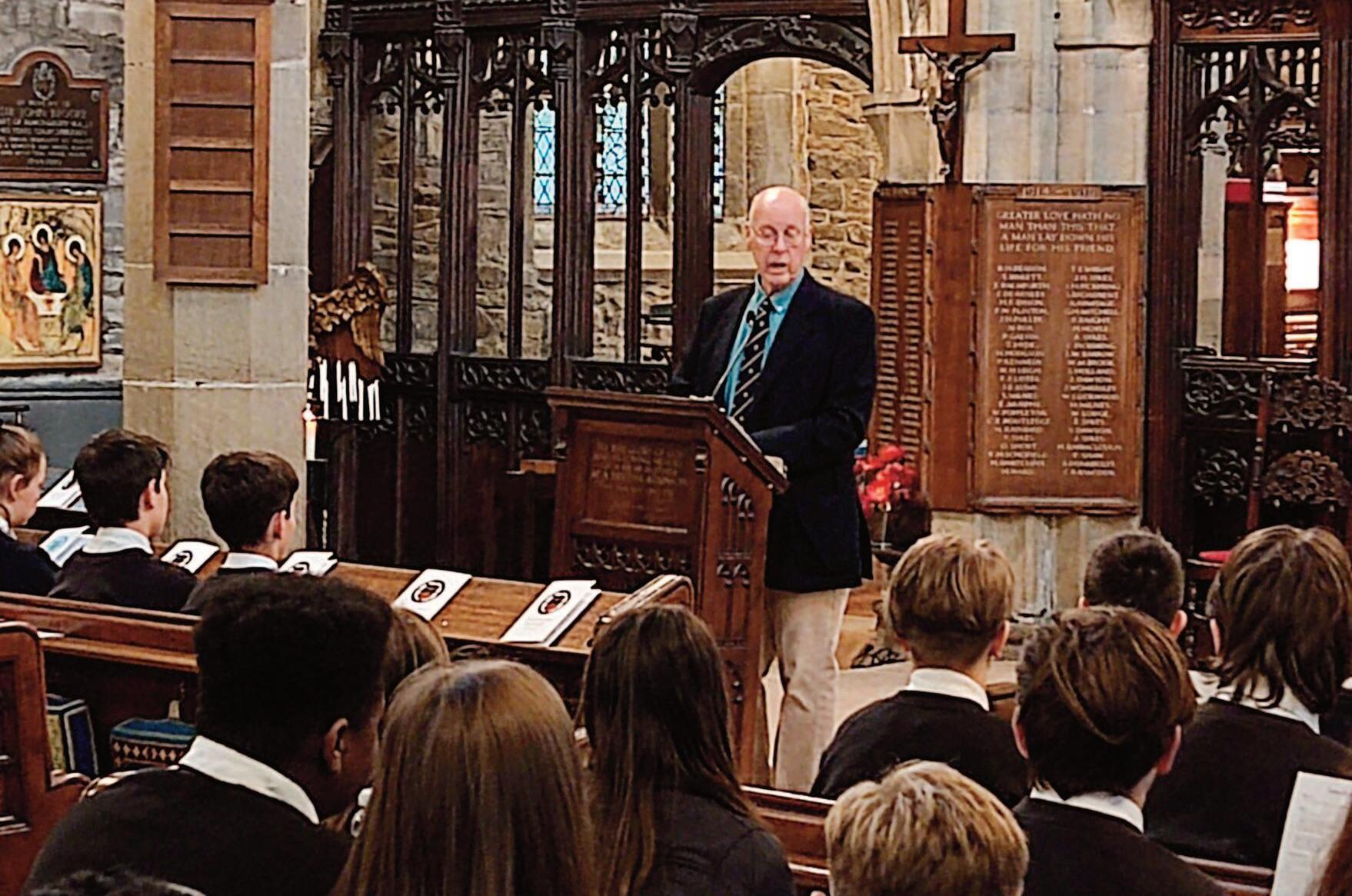 Above: (left) Musical interlude: Doris Li (right) Head Girl: Isabella Chipperfield
Below: OAS chair Walter Raleigh addresses the congregation
Pictures: Abbi Terry
Above: (left) Musical interlude: Doris Li (right) Head Girl: Isabella Chipperfield
Below: OAS chair Walter Raleigh addresses the congregation
Pictures: Abbi Terry
After a number of years in office Taylor
Dyson made the suggestion of a Service of Thanksgiving and the first such service took place in November 1929.The tradition continued until Alan Conley’s Headship in the 1970s. The School population rose to over 500 once designated a comprehensive Upper School and he quickly realised the whole of School, parents and staff could not all fit into the church at the same time.
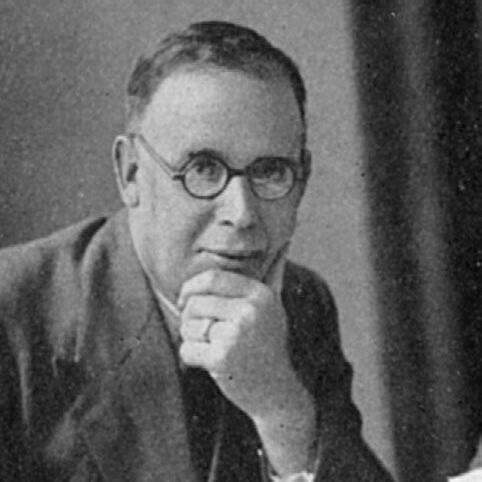
Alan Conley decided to have the youngest students (years 9 and 10, or third and fourth formers in old money) attend on Friday, with Year 11 and the 6th form attending on Sunday.This
some talented individuals to perform for us all.
Graeme provided a new draft for the service with many word changes to make it more accessible to the young audience. And that is what happened on Friday 19th November at 1.30 pm.The sight of the Principal leading some sixty students up the hill was something many OAS members had longed to see for many years. Inside the church waiting for their orderly arrival were some two dozen former students of the School, mostly, it has to be said, in their seventies or older.
The new Rector of All Hallows’, Felicity Cowling-Green, had welcomed the idea of a Service of Thanksgiving and played a major role in its success.
The Head Girl, Isabella Chipperfield read the first lesson followed by Head Boy, Morgan Kirk reading the second. The musical interlude was given by young pianist Doris Li who played JS Bach’s Minuet in D Minor.This piece of musicianship alone was
format continued until 1990 when, once again, the School changed its intake, taking children from Year 7 to Year 11 (first formers to fifth formers) and losing the 6th form.
After a number of years the then Head, Clive Watkins, felt the format was not working and stopped the Friday event and made the Sunday event voluntary for all. Not surprisingly numbers have gradually fallen away to a few hardy OAS members so forcing the present Committee to look at ways of putting some life back into the event. I hope we have succeeded in doing just that.
worth the attendance at the service. As well as the Rector’s encouraging and welcoming address, Graeme Carby spoke to the students about School and his memories and had the congregation eating out of his hand.
The students, needless to say, were wonderful and a great credit to the School and what is taking place down St Helen’s Gate in these strange pandemic times.
Many of the OAS members present retired to the Church Rooms after the service and enjoyed a cup of tea whilst reminiscing about their memories of past church services and their School days. May I thank Hilary Pollard, one of the Church Wardens, for her enthusiasm in getting involved, providing the tea and biscuits and helping contact the Church Organist for the Service. It really was a team event.
It was a lovely afternoon and School and the OAS hope to build and improve upon this event in November 2022. It would be wonderful to see many more OAS members there.
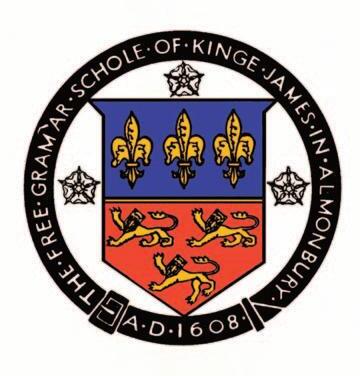
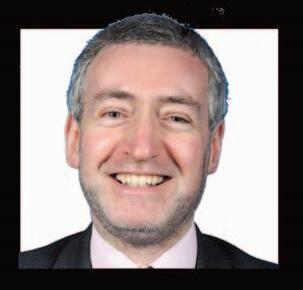

THIS year’s Annual Dinner was a special one, since it celebrated the Centenary of the Old Almondburians’ Society, albeit twelve months late following its postponement last year due to Covid19. Last year’s dinner was also intended to be the official launch of Dave Bush’s book about his final year teaching at King James’s School No Beating About the Bush so that was also carried forward to this year’s dinner, despite the fact that the book was published over twelve months ago!
One hundred and thirteen members and guests gathered at the School on 20th November. Those attending spanned a period of seventy-two years, from those who entered the School in 1949 to those currently students and staff in 2021.
The prize for atten dance this year most def initely goes to the Class of 1961, since Richard Teale co-ordinated two full ta bles with no fewer than twenty of his year present to celebrate the sixtieth an niversary of their entry to the School. 1961 was, of course, also the year in which Dave Bush began his full-time teaching career at King James’s School. There were also four members of the Class of 1991 present to
mark the thirtieth anniversary of their entry to the School; they were the class that left in 1996 at the same time as Dave Bush retired and included members of his last Year 11 Latin class. In addition, we were delighted to see five members of the Class of 1951 attend to mark their seventieth anniversary of starting at the School.There was also a fiftieth anniversary marked by Jonathan Taylor, who was the sole representative of the Class of 1971! Special mention must also go to the Classes of 1954, 1968 and 1979 who all had good turnouts, as well as to the nine former members of staff who attended.
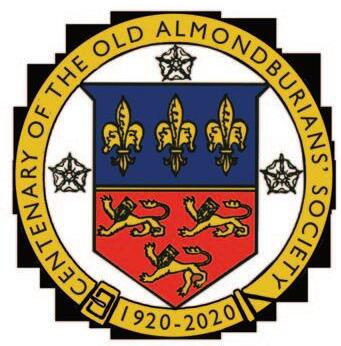
Saturday, 20th November, 2021
On arrival, tours of the School were available to those who wanted one, conducted by one of the current students, before everyone took their seats and welcomed our top table guests: Ian Rimmer, Principal of the School; Matt Mills, Chairman of Governors; Morgan Kirk, Head Boy; Isabella Chipperfield, Head Girl andWalter Raleigh, Chairman of the Society.
Christine Stocks, the School Catering Manager, and her team from the School kitchen served an excellent meal. To start, they offered a choice of tomato bruschetta or
cream of mushroom soup with crusty bread. The main course was a choice of beef stifado, salmon en croute, or a vegetarian dish, all served with herby roast potatoes, seasonal root vegetables and buttered green beans. For dessert there was a choice of white chocolate tiramisu, lemon tart or Bramley apple pie. The meal was followed by coffee or tea and After Eight mints. Following the meal, since Christine was due to retire at Christmas after many years working at the School, Simon Russell made a presentation to her of an Old Almondburians’ Society silk scarf and a bunch of flowers.
On to the formal part of the evening and after the toast toThe Queen, former languages teacher Bob Field, a colleague of Dave Bush for many years, gave an entertaining speech, before proposing the Toast to the School. A joint response, including news from the School today, was given by the current Head Boy, Morgan Kirk and the current Head Girl, Isabella Chipperfield. Dave Bush was
then invited to speak, his opening words of “salve discipuli” receiving an immediate and rousing “salvete magister” in reply; a Pavlovian response as Dave noted. He ended an entertaining speech by proposing the Toast to the Society and the response was given by Walter Raleigh, Chairman of the Society. After a rousing rendition of the School Song, the formal part of the evening concluded, allowing plenty of time for guests to mingle and reminisce further - and for Dave Bush to sell signed copies of his book - before the bar closed.
I think that everyone who was there would agree that the delayed Centenary Dinner was one of the best for many years. Certainly, I haven’t received as many messages saying how much people had enjoyed the evening since the 400th Anniversary Dinner in 2008.The first e-mail arrived at 00.55 am, before I had even finished locking-up the School!
Continued on page 25
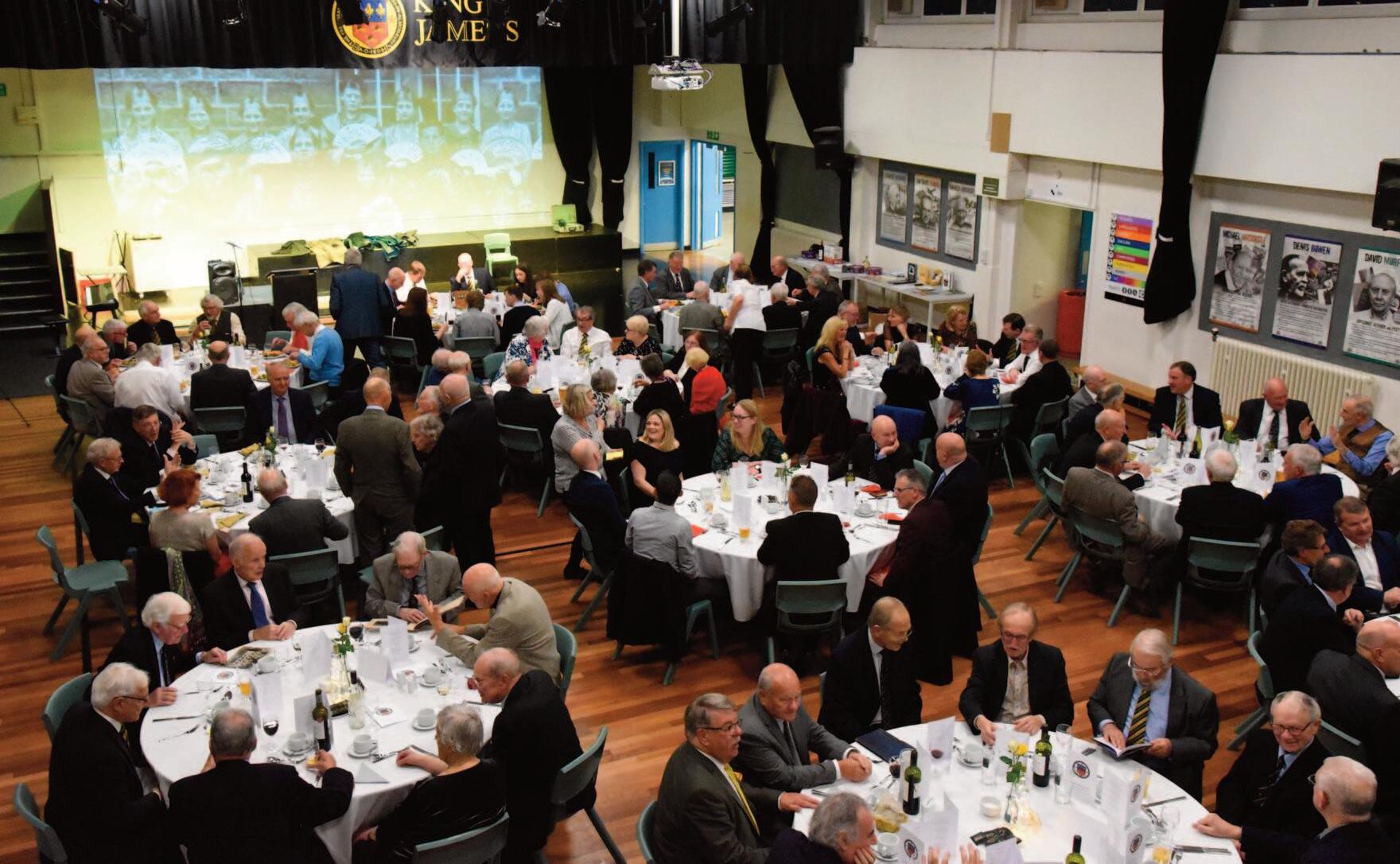
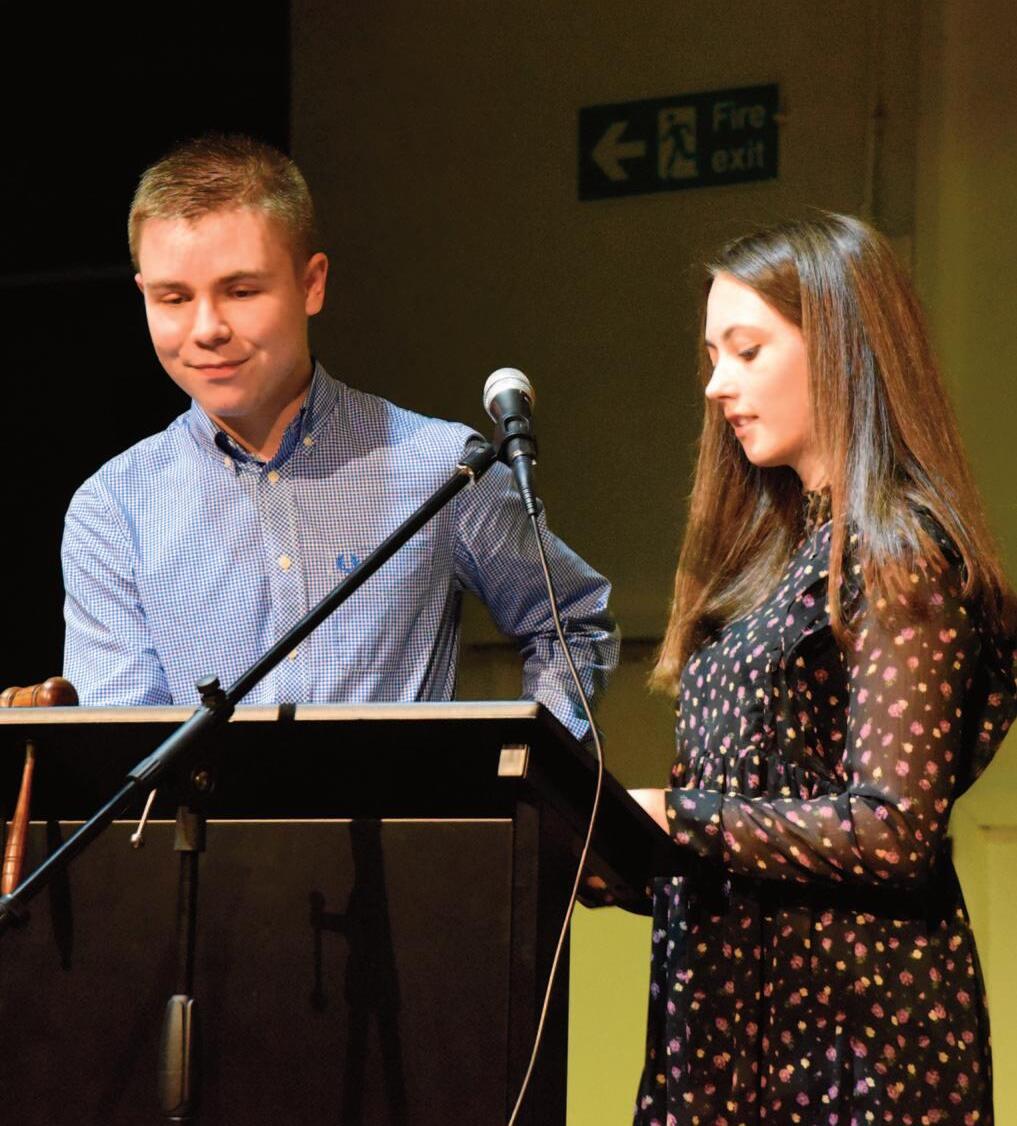
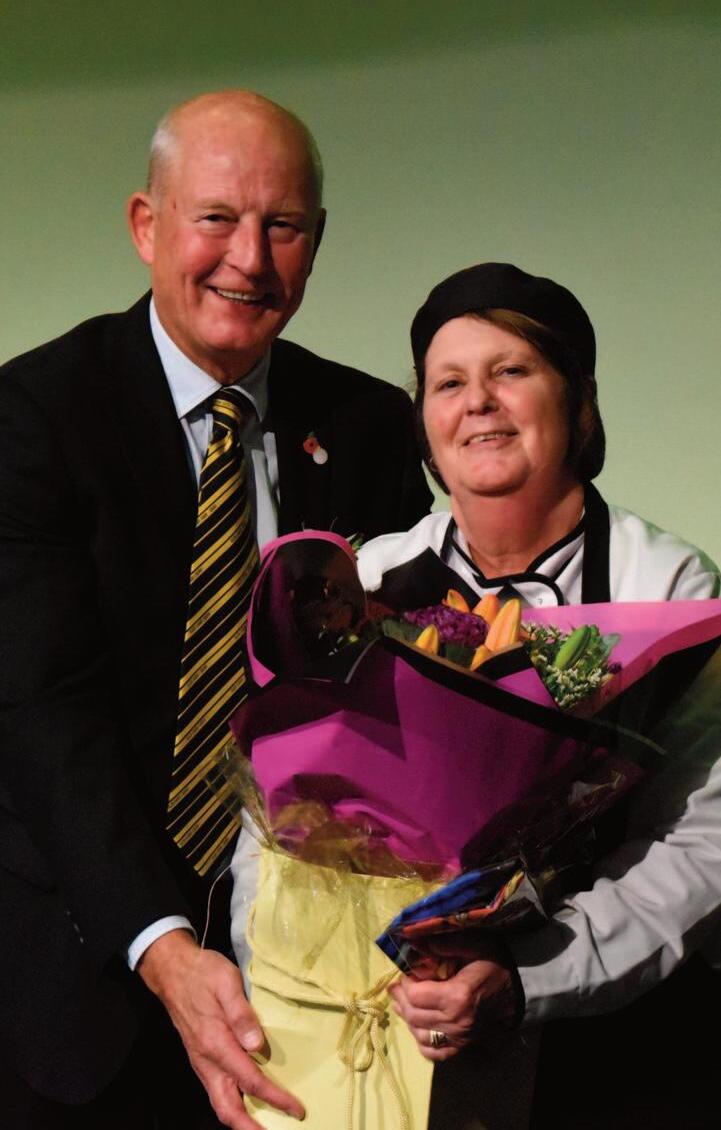
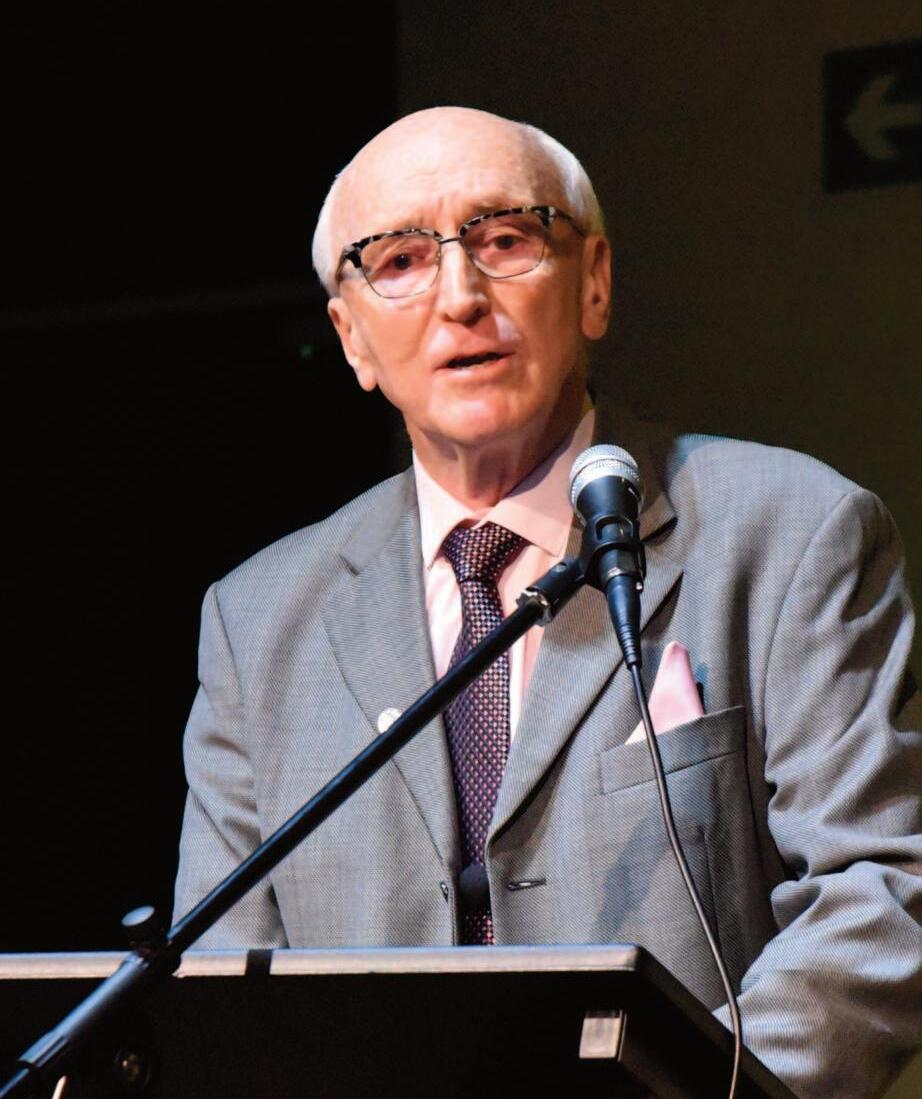
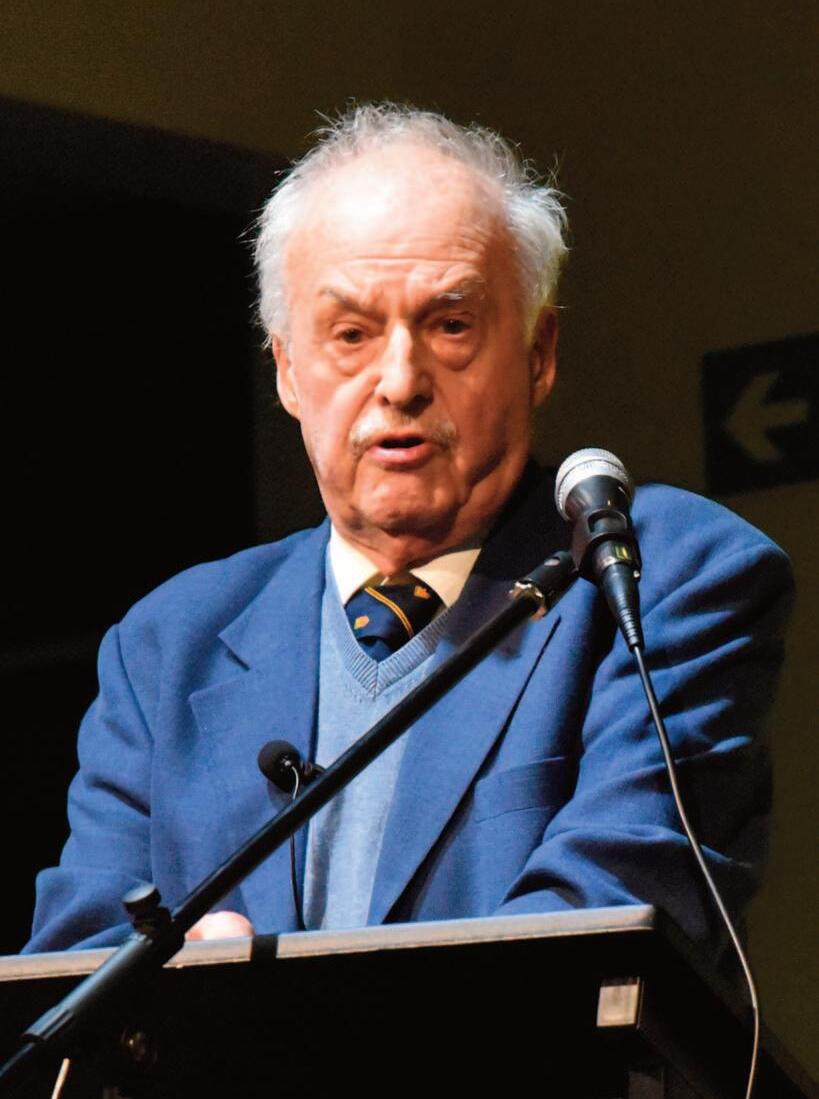
Surname Forename From To Travel from
Ainley Nick 1968 1976 Derby
Ainley Ruth A. 1979 1984 Bridlington
Ainley Sarah Guest
Armitage Martin 1968 1976 Nottingham
Barton Jonathan 1961 1966
Battye Andrew 1979 1982 Almondbury
Beattie Karen Linda 1979 1981 Holmfirth
Beaumont Timothy 1968 1976 Shefford, Beds
Bedford Godfrey 1949 1957 Honley
Boothroyd Gary D. 1961 1968 Richmond
Briggs Melvyn 1951 1958 Shepley
Broadhead Anthony 1968 1975 Lepton
Brook Alan R. 1961 1968 Sale
Brown Richard 1965 1972 Almondbury
Burrie Anthony J. 1961 1966 Slaithwaite
Bush David A. Staff 1996 Porthcawl
Chipperfield Isabella Head
Croft David Gary 1968 1975 Almondbury
Cunningham Caroline Guest Taunton
Cunningham David M. 1961 1969 Taunton
Douglas Andrew 1963 1970 Fenay Bridge
Dowling Roger 1952 1959 Lymm
Dyson David M. 1968 1975 Oakes
Field Bob Staff 1973-89 Kirkheaton
Floyd Robert Glen 1961 1969 Northwich
French Andrew 1968 1975 Durham
Gaunt Simon John 1965 1971 Troon
Green Nicole G. Staff 2010 Netherthong
Green Richard J. 1957 1963 Netherthong
Greenwood Myles 1991 1996
Haigh Andrew 1977 1983 Almondbury
Hanson Darren 1979 Dalton
Hazle Christine Staff 1976-99 Thongsbridge
Headey David Geoffrey 1953 1958
Thurstonland
Hey Richard 1951 1957 Lepton
Hodgson Gary 1979 1983 Lepton
Honeywell Ruth J. 1979 1981
Dorchester
Hopkinson Bryan 1967 1974 Huddersfield
Kirby D. Ian 1961 1967 Dalton
Kirby R. Andrew 1961 1967 Almondbury
Kirk Morgan
Head Boy
Large Peter 1966 1973 Hounslow
Surname Forename From To Travel from
Law George 1951 1959 Lepton
Lawson Hugh 1954 1961 Sheffield
Leake Prof. Robin 1954 1960 Glasgow
Livesey Barry 1953 1960 Sheffield
Lofthouse John Howard 1951 1959 Sheffield
Makin N. Chris. 1954 1961 Mirfield
Martin Charlotte
Deputy Head Girl
Melling Angela Staff 2015 Bradley
Merchant Robin 1966 1973 Kirkheaton
Mills Matthew
Chair of Governors
Milnes H. Graeme 1957 1965 Cardiff
Morgan Paul B.A. 1954 1963 London
Mott Nichola 1991 1996 Wilmslow
Newton Benjamin J. 1991 1996 Bristol
Norris Douglas 1961 1969 Lascelles Hall
O'Brien Patrick Staff 2010 Almondbury
Openshaw Marilyn Guest Ellesmere Port
Orme Dr. Les. J. 1961 1968 Shepley
Oughton Richard Donald 1966 1967 Norwich
Parry David 1966 1973 Paddock
Pogmore Matthew
Deputy Head Boy
Raleigh Paul Walter Staff 1978-2010 Almondbury
Reid Reverend M. Staff 1975-97 Lanchester
Rimmer Ian W. Holmfirth
Royle Prof. Edward 1955 1962 Royal L’gton Spa
Russell Simon A. 1964 1972 Thongsbridge
Sanderson Peter Graham 1961 1966 Stockport
Schofield Andrew M. 1976 1981 Almondbury
Searby Richard 1976 1979 Lepton
Senior David John 1961 1968 Nuneaton
Sharman Dr. Robin A. 1976 1981 Highburton
Sharp John Franklin 1951 1958 Leighton Buzzard
Shaw Christine E. 1974 1976 Meltham
Shaw Christopher 1993
Shaw Dr. Philip 1964 1971 Almondbury
Shaw Emily 1997
Shaw Stephen 1995
Slocombe David G. 1965 1971 Bradley
Smart Andy Guest Penrith
Smart Dawn Allison 1976 1981 Penrith
Smith D. Melvyn H. 1961 1968 Chelmsford
Smith John Oswin 1957 1965 Saffron Walden
Stafford Julian 1965 1972 Cambridge
Stahelin Abigail C.H. 1991 1996 Storthes Hall
Storry Michael 1961 1968 Holme
Sykes Stuart 1979
Talbot Paul Robert 1963 1971 Dartmouth
Taylor Dennis 1961 1969 Chesterfield
Taylor James Andrew 1963 1970 Bidford-on-Avon
Taylor J. Richard 1954 1962 Ossett
Taylor Jonathan D. 1971 1978 Almondbury
Taylor Stephen M. 1965 1970 Holmfirth
Teale A. Richard 1961 1968 Thongsbridge
Thompson Helen Guest Cheadle
Thompson J. Stuart 1949 1956 Cheadle
Turner Ann Staff 1993-2015 Lindley
Continued from page 22
Thanks are due to many people for their contributions to the evening. Firstly, to the School for allowing us to use the premises and, in particular, to the Acting Premises Manager Tony Hyland for his help in all kinds of ways to make the School ready for the event. To Christine Stocks and her team for preparing a most enjoyable meal.To Old Almondburians Nick Briggs, of Mallinson’s Brewery in Lockwood, for supplying the beer, and Simon Russell for organising bar staff in the absence due to illness of Liz Atkinson. To Tim Marriott, of Taste FineWines in Almondbury, for supplying the wine and other drinks. To my daughters, Charlotte and Eleanor, who are currently inYear 10 and who spent Friday evening helping to set up the tables and chairs and who also managed to work out how to operate the new lighting system and the sound system. Likewise, to the Principal Ian Rimmer who helped to solve the mysteries of the overhead projectors. To the Head Boy and Head Girl, Morgan Kirk and Isabella Chipperfield, and their deputies, Matthew Pog-
Richard 1961 1969 Almondbury
Walsh Steven 1961 Almondbury
Ward J. Andrew 1957 1964 Slaithwaite
West Christopher 1960 1966 Slaithwaite
West Sandra Staff 1981-90 Slaithwaite
Whittle Caroline J. 1979 1983 Lascelles Hall
Wiggans Thomas
Deputy Head Boy
Wilkinson Leslie 1954 Brighouse
Wilkinson Michael D. 1963 1970 Much Wenlock
Williams Robert 1964 1970 Bradley
Wood Martin J. 1961 1969 Skipton
Wortley Andrew 1965 1970 Waterloo
Wortley Martin 1961 1968 South Africa
Wrightson Charlotte
Deputy Head Girl
more, Thomas Wiggans, Charlotte Martin and Charlotte Wrightson, for conducting tours of the School before the meal, for selling raffle tickets with ruthless efficiency afterwards and for being such fine ambassadors for King James’s School. They were so good at selling raffle tickets that the raffle raised an impressive £453 which will, of course, ultimately benefit the School. Thank you also to our speakers, Bob Field, Dave Bush, Morgan Kirk and Isabella Chipperfield for their excellent contributions to the evening and to Roger Dowling for recording the evening on video.
Finally, a big thank you to all the Almondburians who attended and supported the Annual Dinner to make it such a great success. The date for the 2022 Annual Dinner will be Saturday, 26th November, so put it in your diary now and get together with some old School mates to make sure that you don’t miss out on a most enjoyable evening! n
l A video of the Centenary Dinner is on the OAS wbsite at www.oas.org.uk/dinner.php.
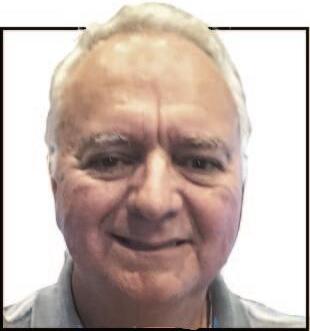
Early in 2021 Dennis Taylor and I decided to plan a reunion of our classmates from the KJGS 1961 intake. Here are the problems we faced – and the eventual highly successful outcome.
THE centenary celebration Dinner of the Old Almondburians’ Society had been postponed in 2020 due to Covid restrictions but expectations were that it could proceed on 20th November 2021. Interestingly, 2021 was also the 60-year anniversary of our two-class intake to the then Grammar School. It was an opportunity not to be missed for a reunion over the weekend of the Dinner.
We had a previous experience of a reunion at 30 years in 1991 to call upon, when Les Orme took the lead role in persuading around 30 classmates (from an intake of 60) to attend the dinner. But how many now septuagenarians could be enticed to attend in 2021; indeed, how many were still alive and in a fit physical and mental condition? Our first expectation was that we could perhaps get together a table of 10 at the dinner.
The OAS database of members was our starting point; 17 of our year were listed there, most with email addresses. In March 2021 we sent out an email
message and letters to all asking if they were interested in a reunion weekend. There was a flurry of early enthusiastic responses followed later by more reserved but still interested replies. What this first communication did give us was an expanded reunion organizing group – Les Orme, Doug Norris and Steven Walsh had further contacts and were keen to help; a real ‘old boys’ network. Over the course of 2021 we met up for several very enjoyable lunchtime planning sessions. Les was able to bring out of his archives a schedule of the attendees at the 1991 reunion listing addresses and phone numbers; but how many would be current 30 years on. Surprisingly some were, but we met with disappointment on most.
The second message we sent out in July noted that 22 classmates were interested in the weekend, 18 from all parts of the UK and 4 from abroad. International Covid testing and quarantine restrictions were to intervene however and only Martin Wortley from South Africa (pre-
Our first expectation: perhaps we could get together a table of 10CLASS OF ’61 REUNION
Omicron) was eventually able to attend. An important factor in ensuring a better reunion attendance was the assurance from our OAS Secretary, Andrew Haigh, that non-members of the society could apply for dinner tickets, and some of those non-members have subsequently taken out a subscription. Further messages were sent out in the run up to the dinner and our final number of contacts was thirty – half of our year. Sadly, we did add more names to classmates that we knew had passed away, 6 in total.
As time went by, we were so confident of getting together a sizeable group
that we proposed an informal additional gathering on the Friday evening before the dinner. The upstairs room at the Woodman Inn, Thunderbridge, was booked and proved an ideal venue. The article by Jonathan Barton very eloquently describes the renewal of friendships that we all experienced there.
And so to the dinner, we were able to fill two tables with 21 classmates (and one wife). Of course, another starter from 1961, David Bush – a language master whom we liked, respected or tolerated – was also a special guest and speaker of this centenary occasion. There was no shortage of topics for conversation and most of our reminiscences were positive and pleasant. A special thanks must go to David Cunningham for entertaining us with his jokes, some of which we first heard in the 1960s.
In conclusion, the follow up messages we received confirmed everyone had an enjoyable time and we should maybe do the same again, in 5 not 30 years’ time! Another positive is with our reunion organising group, having renewed our friendship we expect to continue our lunchtime meetings in 2022.
We cannot close without offering a challenge to all other King James’s year intakes to follow our initiative and organise a reunion, incorporating the dinner, to celebrate an anniversary – you won’t regret it.
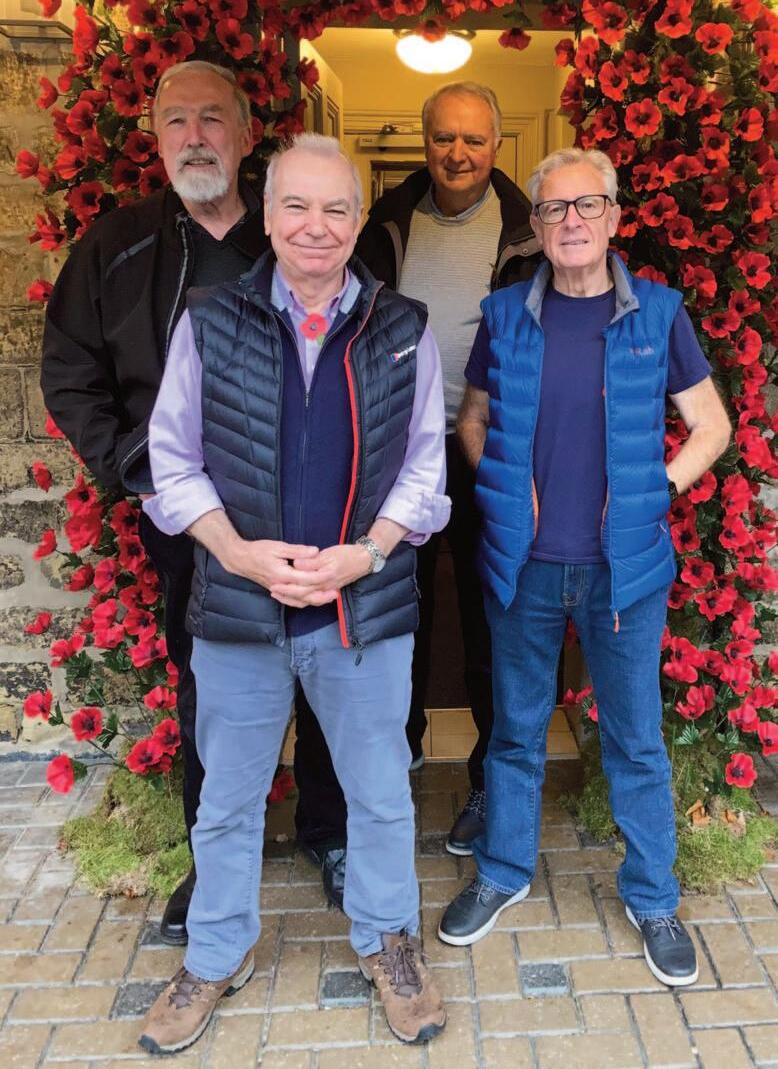
FOR me it seemed an odd idea, to attend a School reunion. Joining the Old Almondburians’ Society had never even crossed my mind. It’s 60 long years since I put on a smart school cap to sit for five years with 59 others in alphabetical order: Bamforth, Barrow, Barton, Boothroyd, Brooks, Brown. And 55 years since I moved on to a tiny Cumbrian comprehensive, packed with warmhearted girls whose welcome scared the wits out of me. All past history.
Maybe those two words, ‘moved on’ tell the story of my life. That summer a safe, familiar world ended and another began. And after that, moving on never
AFTER‘A’ Levels in a Cumbrian comprehensive, Jon read English at Cambridge. Nine years school-teaching followed in secondary modern and comprehensive schools, then on the slopes of Kilimanjaro in Tanzania.
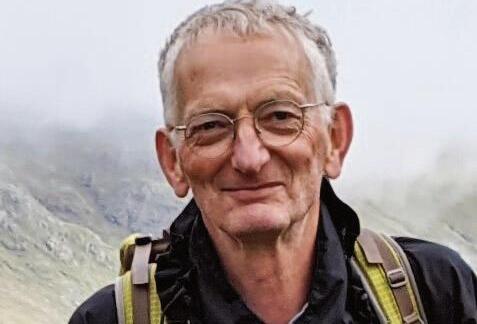
He switched careers to become a BBC local radio journalist, launching the award-winning Barbed Wireless with Terry Christian, affectionately described as ‘Punk Radio 4’.
stopped: from sixth form to university, teaching, Africa, local radio, TV journalism, the City, two big charities, a tiny consultancy… and finally a quiet life as a grandad down south. All of these worlds I shared with people I loved, yet as each new door opened, the one behind seemed to slam shut.
So in retirement, when people ask me now, “So what did you do?” I usually start, rather guiltily, “Well, I’ve been a bit of a rolling stone.” Guilty, because I’ve been pretty bad at keeping up with old friends.
But when my wife Maggie told me, “Les Orme’s on the phone”, I was sur-
He moved on to TV Current Affairs on The Money Programme, Breakfast Time and Six O’Clock News. After six years on Newsnight as assistant editor and later acting editor, he became editor of BBC1’s One and Six O’Clock news programmes.
With the hurly-burly of the 1997 election approaching, he was asked to edit Radio 4’s Today, making major changes to its format and agenda. After a high-profile dispute with senior management over what he felt were vital issues of principle, Jon left the BBC to work in communications, first in the City, then leading teams for Christian Aid and The National Trust, and finally his own consultancy.
Jon celebrates his golden wedding to Maggie this year. He’s blessed with three children, six grandchildren, a hyperactive whippet/collie cross, and an insatiable love of wild places.
prised to feel so excited. Les, nicknamed by my Scottish grandad, The Great Orme, was inviting me to a reunion of the class of ’61. We talked for ages. I felt strangely honoured that he’d bothered to track me down and of course said yes.
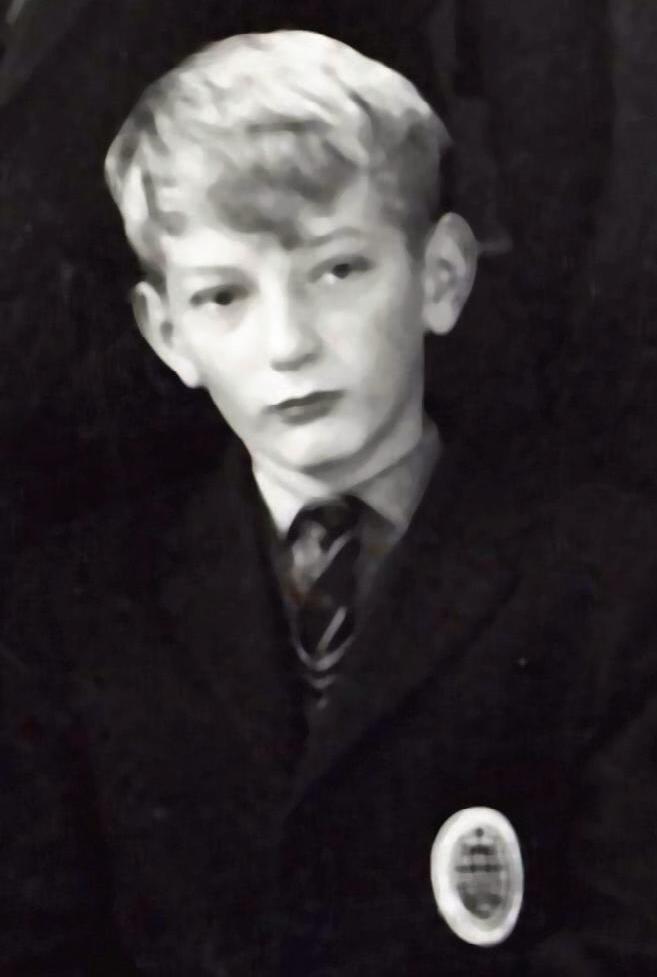
Afterwards I asked myself why, and put it down to detached curiosity: to find out what half a century had done to 60 lads who’d struck lucky in the lottery of the infamous 11-Plus. I didn’t expect any sense of homecoming to return to the “dearest School beneath whose shade/ Our childish games we oft have played”. I had moved on: those games belonged to a distant era and a very different me.
Yet the reunion weekend didn’t work out like that.
Stepping into the Woodman on Friday night, hearing a wall of sound from the upstairs room, I felt ridiculously shy. What would we talk about? How would I recognise people 55 years on? Would they recognise me? It was the old worry about meeting strangers. Yet these shouldn’t be strangers. For five crucial years we’d sat together in the same classrooms, growing up.
Armed with a pint for reassurance, I scanned faces from the edge of all the chatter and thought I recognised some. Friendly nods and smiles greeted me, and slowly the ice started to melt. Everyone seemed very welcoming. Three hours passed without any awkward gaps in conversation. We weren’t short of things to talk about.
But listening to myself in the pub that evening I realised what an egotistical bore I was, seeing the reunion as an opportu-
nity to yatter on about what we’d all done since School, the ups and downs of careers and home life. I caught myself trying to impress people, when that was the opposite of what could make this gathering special.
Then two classmates I’d not thought about for fifty-five years introduced themselves with the warmest of smiles. We’d not been close at School and their paths through life had been very different to mine. But for half an hour the connection between us felt almost like a family bond. What we’d done with our separate adult lives was irrelevant – we didn’t even talk about it. What mattered was a mutual liking, a sense of easy fellowship as real in the pub that night as in the classroom I’d left all those years ago.
It felt like a great privilege to meet them and still to be welcomed as part of their world.
Lying in bed that night, I tried to work out why I’d been so moved by the evening. It was a sense of rediscovery. That wonderful line from Shakespeare’s The Tempest came into my head: “O brave new world that hath such people in it!”
There was nothing at all exceptional about us, the class of ’61. We were Huddersfield lads; we weren’t an elite. Our School wasn’t (thank goodness) an academic hothouse. Yet back then we had something worth treasuring which perhaps we valued even more in this reunion weekend. Somehow the brave world we shared half a century ago had
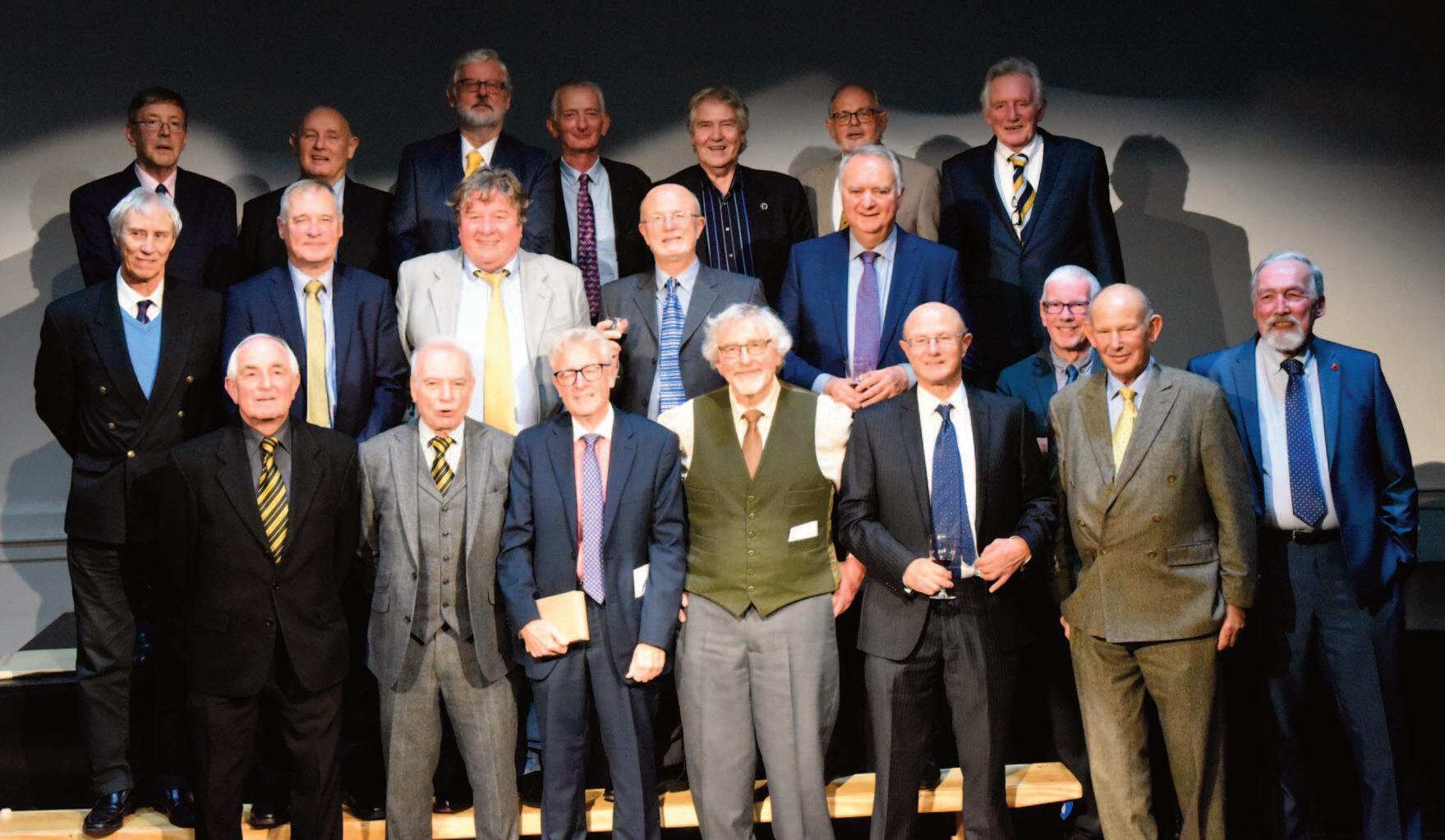
never lost its newness. I hadn’t moved on – it was still a big part of me.
The following day I went for a long ramble from the School along the valley bottom and up to Castle Hill. Some things seemed different. Small farms were now executive residences. Even the view from the summit had changed. There was no industrial haze over the town. I remembered how proud I’d been as a child to count 39 tall chimneys belching smoke into the valley below us – and how we loved the ritual of feeling our way to School through absurdly thick chemical smogs. Proof, we believed, of Huddersfield’s boast in its civic motto: Juvat Impigros Deus – God helps the industrious.
But the walk also reminded me of
our extraordinarily luck in passing our schooldays in such a dramatic, lived-in, working landscape. It was still there in all its glory. The Chilterns, where I’ve lived for 35 years, is an “Area of Outstanding Natural Beauty” and may soon be designated a national park. But set against the amazing panorama from Castle Hill, rural Oxfordshire seems very tame. For a couple of memorable hours the Farnley Valley felt like being back home.
Later, when Les, Martin Wood and I climbed the steps up the old cinder hill to find our way into the School, nothing looked remotely familiar. The hubbub of voices gathered for the OAS centenary dinner led us on. After a brief welcome we set off for guided tours. Two sparky Year 11s took me through their impressivelyequipped School. As we swapped experiences of the building it was clear that King James’s meant a lot to them. They had fun there, made good friends, acquired high aspirations for their futures. The classrooms they showed me may have been unrecognisable, but not the learning experience. That hadn’t changed. They’re lucky students, just as we were all those years ago.
I’ve never idealised my schooldays. Some teaching wasn’t good, some was, and some was exceptional. Walking along the English corridor I thought of our ‘O’ Level English teacher. I’d no real interest in literature until Mr Brown’s quiet magic opened my ears to the sublime verbal fireworks of “Macbeth”. It was a revelation which changed me. He’s to blame for
my choice of English at university, instead of a long-held – and more sensible – ambition of engineering.
In the science labs, I pictured our Physics teacher Mr Gill, a huge influence on me. The sceptical instincts, and occasional bloody-mindedness, which have shaped my adult life come straight from his rigorous creed as a scientist. Believe nothing on trust; question everything. Certainty is an illusion. What I’m proud to have achieved as a broadcast journalist owes everything to the thinking habits I learned in Mr Gill’s physics lab.
After the tour, drinks before dinner. All my shyness the previous evening had gone. There were still faces I couldn’t put names to, but they didn’t feel like strangers. We’d sailed through five years of adolescence together. And whatever had changed in our lives since, in some odd way we were still the class of ’61.
Chatting that evening it felt as if that bond meant more to us now than in the old days. I’d drifted happily through grammar school without thinking about what was happening, or feeling stressed or competitive. That was the charm of the benign regime of Harry Taylor. School wasn’t a pressure-cooker; we were allowed to just grow up. But now at the OAS centenary dinner, we had a chance to relish how rich in experience those years had been. When someone said “Do you remember that huge sledge your dad made?” a flurry of snowy memories of West Riding winters came to life.
Yet however daft it sounds, what
…I pictured Mr Gill, a huge influence on me
moved me most was realising that just as I liked my classmates, they must have liked me. Teenage boys don’t talk about feelings. But as septuagenarians we had time to celebrate what we’d shared then – and crucially, still seemed to share. It wasn’t a backward-looking nostalgia, but something very real, alive today. As the evening ended I knew I hadn’t moved on: the door on that world hadn’t slammed shut in 1966 when I’d moved to the Lakes.
People often quote the opening words of The Go Between:
“The past is a foreign country. They do things differently there”.
The reunion taught me that’s simply not true. Any life is full of successes and failures, rejoicings and regrets. You find a way through the ups and downs. But nothing can erase the fellowship of people who’ve spent time having fun together, working, quarrelling, growing up, learn-
ing from each other. What happened to us early in our lives in that jumble of buildings at the bottom of St Helen’s Gate isn’t a foreign country we’ve left behind us, but a vital part of our todays.
So this 71-year-old rolling stone has thankyous to make. To Les, for inviting me to the reunion. To everyone I met there for the friendship we rediscovered and renewed. To the School, for being a safe place to grow up in and for seeding some life-long intellectual passions. And to the patch of England where it all happened, still magnificent in the vast vista of working town and wild country seen from the top of Castle Hill.
And an apology. I wrote at the beginning that joining the Old Almondburians had never even crossed my mind. I know better now and promise to put that right today. At £10 per annum, it has to be a bargain.
See page 63.
GOLF: GOTHARD CUP
See page 64
The Woolpack, Wednesday, 11th May 2022 at 7.00 for 7.30 pm
Executive Committee meetings are usually held on the first Monday of the month, although it is the second Monday in May due to the Bank Holiday and there is no meeting in August.
Executive Committee meetings are held at 6 pm in the ODH at School with a Zoom link for those unable to attend in person. Any member of the Society who would like to attend one of these meetings will be made most welcome on the following dates: Monday, 7th March; Monday, 4th April; Monday, 9th May; Monday, 6th June; Monday, 4th July; Monday, 5th September; Monday, 3rd October; Monday, 7th November; Monday, 5th December
If you would like to join us for any of the above meetings and are unable to attend in person, please e-mail the secretary at andrew.haigh@oas.org.uk to request login details, an agenda and any other documents.


Daley Thompson, Tessa Sanderson and Steve Cram are all round at Seb Coe’s house for tea. Steve brought the fish, Tessa brought the chips, Daley brought the mushy peas and Seb provided the salt and vinegar.
Suddenly, there’s a knock at the door so Seb gets up to answer.
“Who is it?”they ask in unison.
“It’s Fatima wi t’bread.”
Spotters: John Bradley, Chris West, James Clayton, Andrew Taylor, David Bush.
Have you spotted anything in print or on social media that has amused you or given you food for thought? If it’s worth sharing, send it to us at spotters@oas.org.uk.
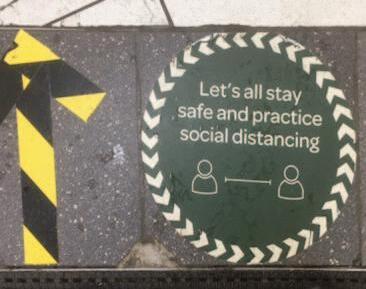
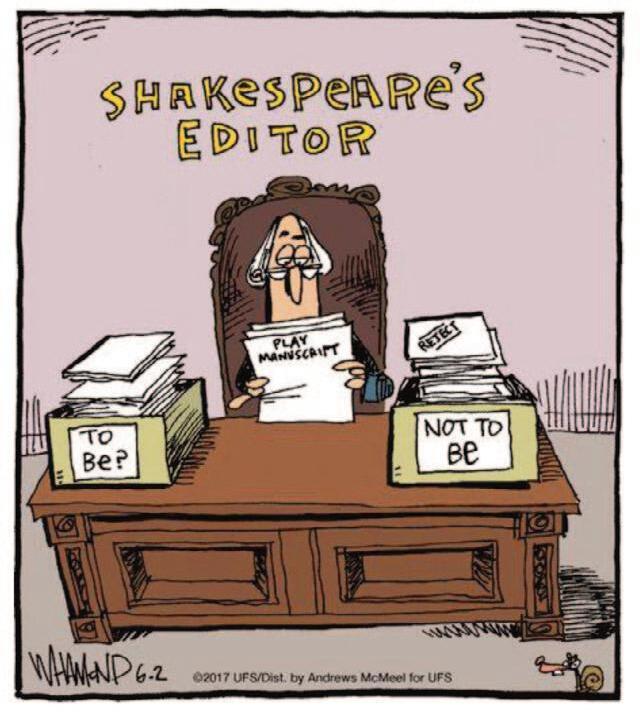

A man driving down a country lane runs over a cockerel. He goes to the farmhouse and knocks on the door.
A woman opens it and he says: “I appear to have killed your cockerel. I’d like to replace him.”
She replies: “Please yourself, the hens are round the back.”
Iwonder how many of my readers remember that I opened my last article with a car registration number. That time it was 6664 ET, our current Kia. This time it is, or was, that of our very first car, a blue Ford Anglia Estate. Another Almondburian connection? Of course, or why mention it?
The occasion was the Centenary OAS Dinner last November. The 1961 intake – the same year as I began my teaching career at KJGS – had organised a reunion. Among that gathering of ’61ers was one Peter Sanderson. Peter’s father ran the Esso petrol station and garage at Waterloo where I had my car serviced. In the course of our conversation he mentioned that he remembered the Anglia’s registration number which he then proceeded to quote correctly. Sixty years on! Quite amazing. I also asked if he remembered that I once bought a set of Semperit tyres. I gave his father a note to ask if Peter could still translate the Latin. ‘Goes for ever’ was the soon- received reply. He did recall the exchange and I reminded him that there had been a possible case for the Trades Description Act as the tyres did not live up to their claim. My son, Alan, believes the garage was called ‘The Reliance’. Is he correct, Peter?
DAVE BUSH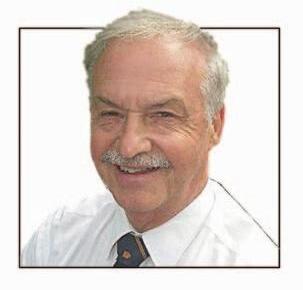
The Dinner itself was undoubtedly a great success, a fitting celebration of a wonderful organisation which provides great support to the School and such valued connections for its members. Its organising committee, especially (yet again) Andrew Haigh, richly deserves our gratitude and congratulations.
On a personal level it was, as ever, a mixture of emotions. A 500 mile round trip at the age of 82 is, I suppose, a somewhat daunting prospect but good weather and the improvements to the M1 made the journey positively enjoyable.
After a light lunch at Haigh Towers, I strolled across the playing fields, once more enjoying those glorious views, to explore the School site. I use the word ‘explore’ advisedly, as I found myself negotiating barriers and scaffolding in my attempts to view so many alterations and extensions. Perhaps I shall return when all is complete including the seating round ‘Little Tree’. At least I now have a clear idea of where it will be.
A tour of the village when I had caught my breath – I am sure St Helen’s Gate is becoming steeper – afforded me the opportunity to appreciate the new housing on the
I am sure St Helen’s Gate is becoming steeper…
School’s land next to the Conservative Club; so sympathetically done. Watched some football on Almondbury Rec and it was soon time to return for the main event.
I didn’t tour the School but if anyone wants to have a visual microcosm o f the staggering internal changes, just have a look on the virtual tour on our website (https://tinyurl.com/35mvyz63). Here you will see what, for ever for me and for so many others, was Jack Taylor’s Biology Lab which has become an extension of the Dining Room.
And then it was the predictable whirlwind of “Do you remember when … ?” and “I was in your class of … ” and “You once told me off for … ” So it went on, while signing books and feeling guilty at not being able to speak to people such as Ian Rimmer to tell him how much I admired his superb managing of the School in such demanding circumstances and to meet the new Chairman of Governors about
whom I had heard such glowing reports.
Amongst all this, I was to propose a toast to The Society. Many have said what a good speech it was but I must confess I was disappointed. I have always said that if a speech is delivered from copious notes and is poor, then it deserves little praise but if spoken without visible assistance and is still poor then it may evoke some sympathy. I have never used notes when speaking although I have always had a little aide-memoire tucked away in an inside pocket in case of emergency. However, I have never ad libbed. Choosing a deserted spot on one of Porthcawl’s seven beaches. I walk up and down practising my party piece and hoping that it will all be remembered on the night. It wasn’t. I omitted a number of important points I intended to make. The audience was unaware but I wasn’t. I can only put it down to increasing years and less confidence.
The other great personal disappointment was the non- appearance of my last Latin group except for Ben Newton, bless ’im. Earlier in the year, especially as book sales positively soared, there had been a remarkable response from those ‘Special Ones’ and
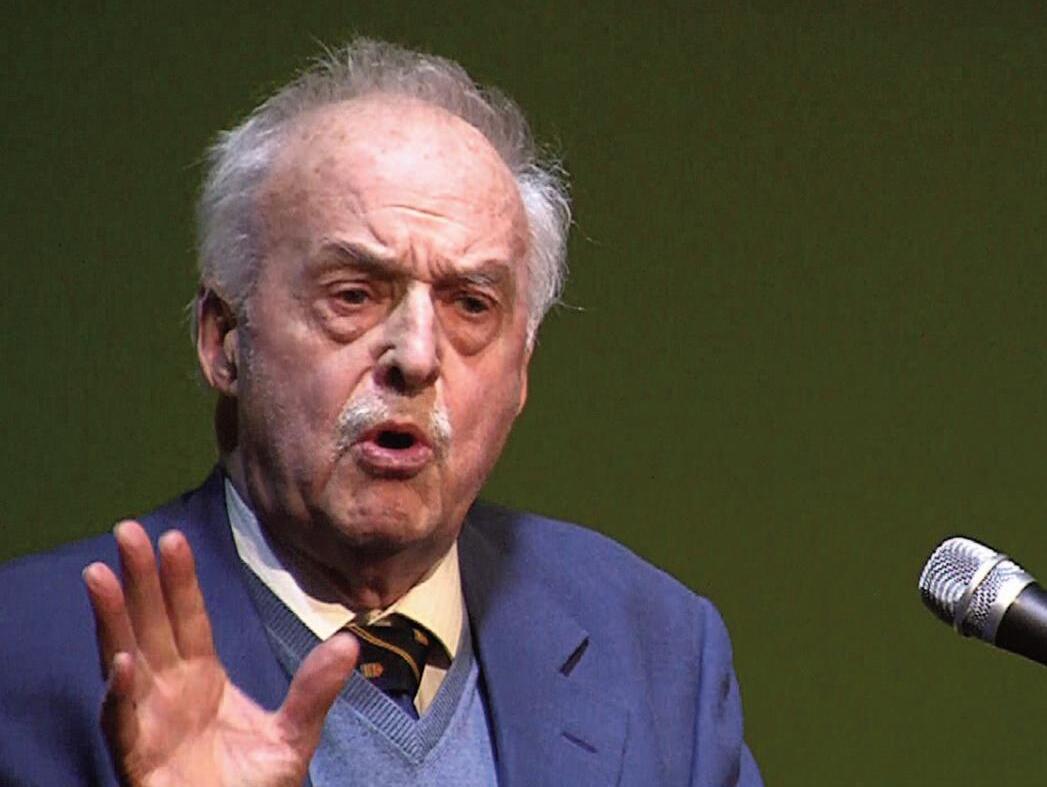
their contemporaries. A great reunion was planned and apparently Facebook, Twitter and other such media were buzzing with the idea. I should mention that there were three other ’96 leavers besides Ben but so many whom had I been longing to see after twenty-five years failed to turn up. My family had a strong feeling that a special appearance, and all kept hush hush, would be made by Little Miss Nose Stud who has gained quite a following since she appeared so frequently in No Beating About The Bush . Another disappointment.
All this is very personal and should not detract from what was a great gathering and a great success, the embodiment of a very special organisation.
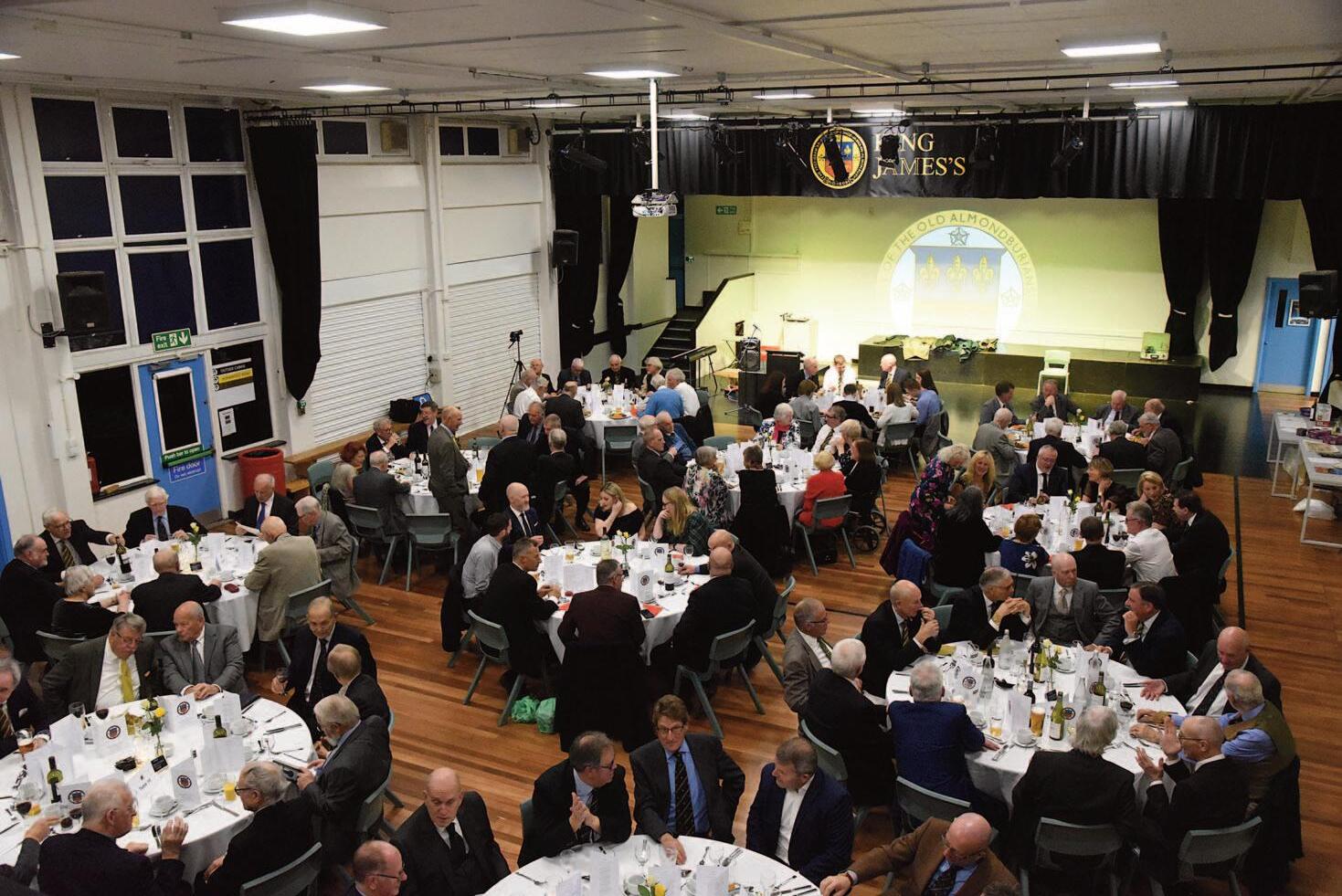
Let’s away from the Dinner for a few lines although what I have to say next was inspired by a conversation with fellow diners. The subject of nick-names came up. I have often wondered if there is today among pupils the same prevalence to give them to their teachers and fellow students. Perhaps somebody could conduct a survey. They varied from the very witty to the cruel, from amusing to the highly appropriate. My own, as far as I know was the uninspiring ‘Twig’ although there may well have been others which never reached my ears. In my early years there was ‘Isaiah’ (Francis Bareham, Head of History) – he definitely had one eye higher than the
‘Ollie’ Heywood and ‘Isaiah’ Bareham, colleagues of Dave Bush (all ringed) in 1963.
(Back row): J C Arragon; R Wearing; P V Bacon; Peter Heywood; C Hindley; J Taylor; C H Gill; R G Walker; L Mallinson; G W Chapman; D A Bush; K L W Ireland;
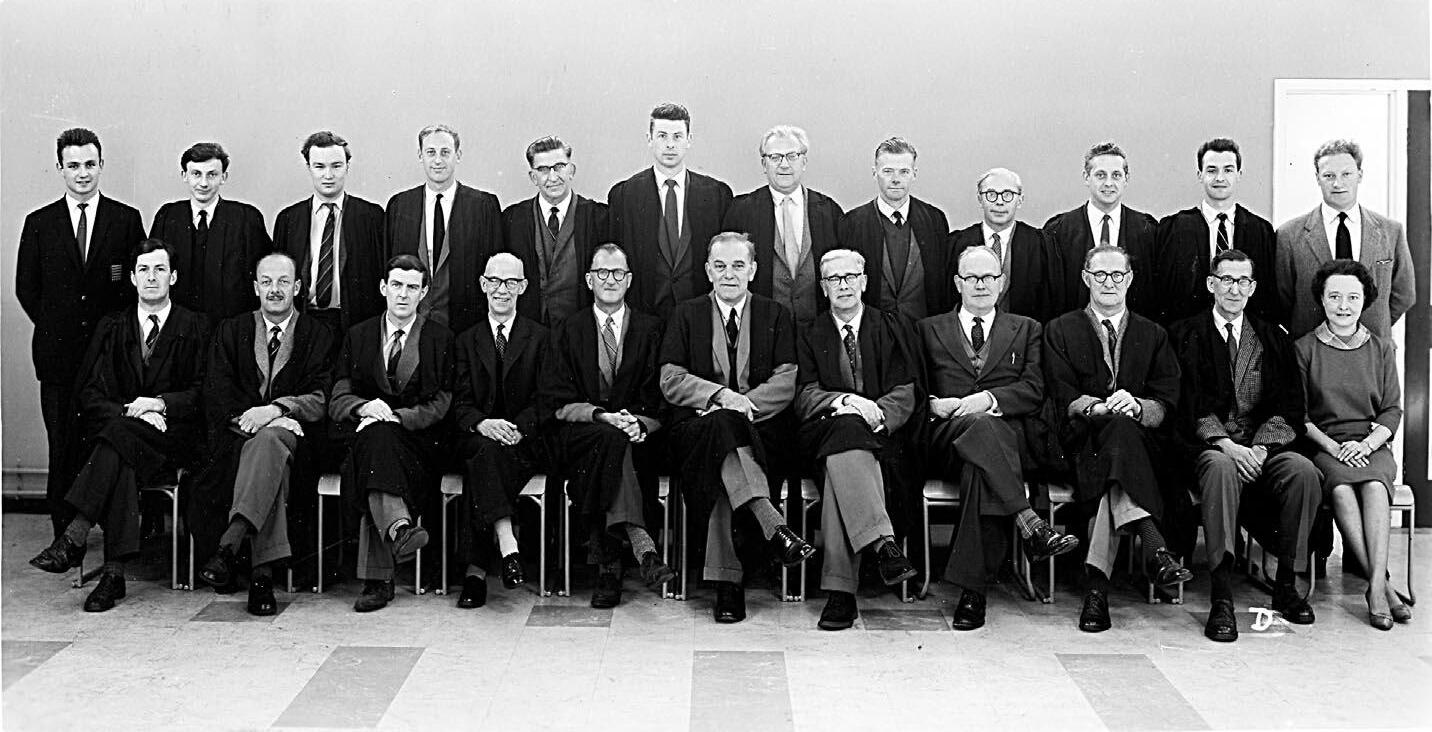
(Front row): J P Toomey; F Anderson; F J Bareham; H Gledhill; F S Hudson; H Taylor; R Addy; W I Haigh; G L Beach; W Western; Mrs M Hanson
other. Fred Bungeroth, French teacher, always known as ‘Hoppit’ and another French teacher, Peter Heywood was ‘Ollie’. Peter had a pronounced olfactory organ inviting that name after a cartoon bird character ‘Ollie Beak’. Every teacher must have had one and perhaps every pupil. One class had a fruit basket as Plum sat next to Peach.
An opportunity here for readers to contact our esteemed editor with some of their favourites?
Oops! Just checked. Have already exceeded my normal word limit and I haven’t mentioned Lincoln City, exotic birding trips – well there haven’t been any – and family retirements and movements. Nevertheless, dear reader, I trust you’ll find something of interest in my ramblings. My speech was to propose a
toast to The Society and on reflection I failed to laud it sufficiently. One of its major aims is clearly to maintain contact between its members. A simple example of its rewarding success. Just before Christmas a telephone conversation was set up by his daughter between Carl Burgess and me. Carl, now in his late eighties, has recently re-joined the society. He was a stalwart defender of the Old Almondburians’ First XI when I joined the club in the early ’60s. It took me a year or two to break into that level. For half an hour or more we talked of visits to Scapegoat Hill, of uncompromising battles against Turnbridge Working Men’s Club and vivid memories of each member of the team. Undiluted pleasure! Thank you, OAS.
So allow me an extension of my usual valediction: Floreant schola et so cietas Almondburiense n
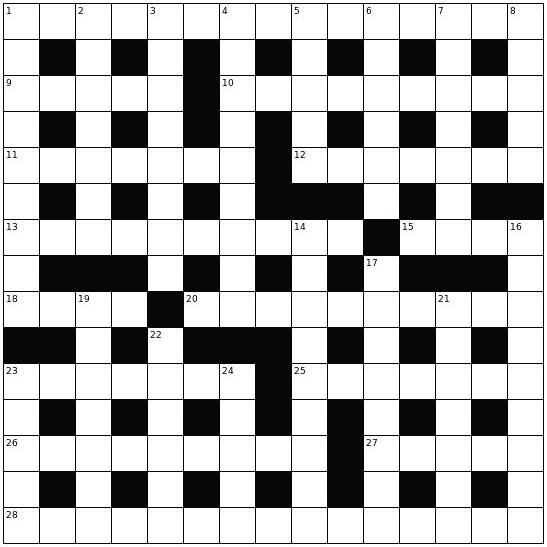
Entries to the Editor (address/email: back cover) by 31st May 2022. Prize: 12 months’ free OAS membership
l The winner of Crossword by Hérisson (November 2021) was Keith Crawshaw(1964-71)
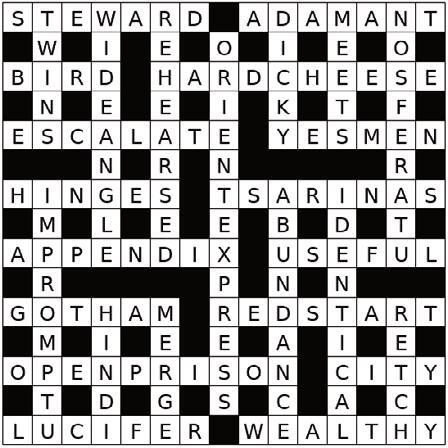
1. Books in here, in Oxford. (8,7)
9. Send abroad to the west, missing unknown figure of speech. (5)
10. Eternity present later. (9)
11. One who chooses to return gold. (7)
12. A hundred washes is nuts. Nuts! (7)
13,23. Plays here, near 1 across. (10,7)
15. Salah or Othello, for example. (4)
18. Tools for plotting. (4)
20. He directed grotesque erotic club. (10)
23. See 13.
25. Rodent evacuated rats for cats. (7)
26. Hold firm support quickly. (5,4)
27. She inspired in opera, Tosca,say. 5)
28. Tree creature with article, 27 perhaps. I’m not sure. It’s not far from 1 across. (9,6)
1. Thrash main London district. (9)
2. See half of 22, stop no accredited leader. (7)
3. Level flow at the end of the day. (8)
4. Sticking notice in this place, adjacent to northern church. (9)
5. Cyril worked on part of song. (5)
6. Cook Brie as ordered. (6)
7. Redcoat reorganised movement in the 20s and 30s. (3,4)
8. Woolly stories. (5)
14. Car with rug running itself. (9)
16. Artist in attack deluge. (9)
17. So, a clue cracked – unusually at first for this inspector. (8)
19. Look at whip attached to lid, maybe. (7)
21. Burn cream tea losing a brew. (7)
22. Boss in and out initially, records made here. (6)
23. She’s a boon on the way up. (5)
24. Obliterate times close to home. (5)
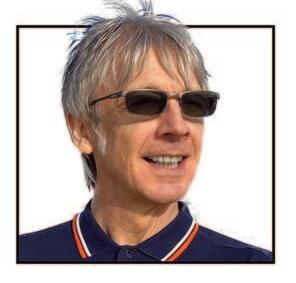
Things often look different when viewed from afar.We invite our man in the US to give us his personal perspective on some of the issues and questions of the day
QThroughout the Covid pandemic we in the UK have been constantly reminded of the need to avoid overloading our ‘wonderful’ NHS. How does healthcare in the US match up with ours in the UK?
Charlie’s view Is prolonging life for its own sake overrated if you can't enjoy good health, I wonder? (An easy question to ponder unless you're facing a life-threatening illness, obviously.)
In January of 2022 I was shocked to find I'd inadvertently reached the ven erable age of 65. As a tax paying ex pat living in America, this means I am now eligible for Medicare ernment-managed health insurance plan for the, er, ‘elderly’. Ouch. Although I still have most of my choppers (just about), I'll shortly be undergoing oral surgery to extract a very unhappy rear molar, necessitating a bone graft to rebuild its vacant toothicular socket before a prosthetic pretender is screwed into place. Ouch again. As if that wasn't enough, its close neighbour will short -
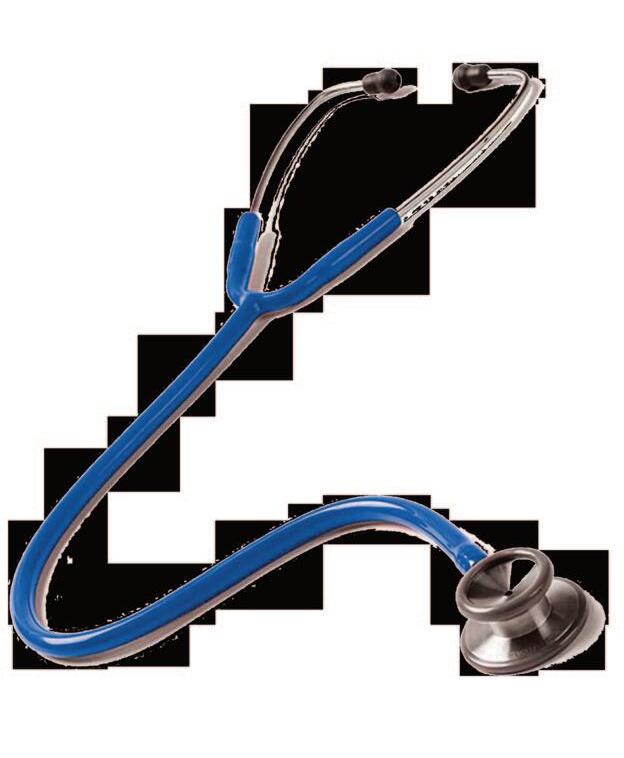
ly be in need of a new crown. Funny, I thought it already looked adequately regal.
Procedures like these don’t come cheap over here. In fact, the looming threat of almost any health-related bill can cause us to break out in a cold sweat because unlike most developed countries the US does not offer health coverage as a right of citizenship or, in my case, Green Card-ship.
During my childhood the NHS ‘dentist’ I visited on Bradford Road treated me free of charge. Unfortunately, his logical solution for a case of youthful overcrowding was to rip out random teeth, leading to a problem down the road that resembled a pile-up on the M62. After my first decade spent in the land of shiny braces, ceramic veneers, and waxed floss, I eventually felt shamed into getting the damage repaired... for a price.
Meanwhile, my parsimonious health insurer is justifying its refusal to refund the cost of this latest round of restorative dental work by sneakily labelling it ‘cosmetic’(“Sir, are your teeth com -
pletely necessary? Can’t you just use a straw?”), thereby contradicting doctors who agree having a mouthful of functional teeth is considered salutiferous*.
These days Britain’s orthodontic reputation is much improved. Even the dentally challenged Pogues vocalist Shane MacGowan now proudly sports an impressive Hollywood smile.


From the velveteen safety of my New Jersey home’s Covid apocalypse bunker, I’ve been reading a lot lately about how the great Aneurin Bevin’s NHS is in crisis. Under fire from politicians and public alike, for all its faults it’s still a valuable asset that Britain would be foolish to let slip away. Why hasn’t America followed European models in offering health coverage to its citizens? Be -
cause (a) there’s less private profit to be made, and (b) naysayers fear a similar tax-based universal health system would initiate an inexorable slide into Commie anarchy. Those naysayers conveniently forget that the taxes they already pay make them beneficiaries of a Social Security pension system, free elections, public libraries, public schools, public parks, roads and bridges, the Environmental Protection Agency, the military and Homeland Security, unemployment benefits, welfare programmes for the poor... And did I forget to mention corporate bailouts? But the government does offer Medicaid (for lowincome families) and Medicare .
This is how Medicare works. I think. If you were employed for at least ten years and paid withholding tax contri -
butions to the government, you qualify at 65. Failing to apply during the official sign-up period can bring financial penalties later on.
Divided into four parts, Parts A and B are often referred to as ‘Original Medicare’. Part A provides (mostly) free inpatient hospital and nursing/hospice insurance. Part B requires a monthly premium and covers doctors’ and ambulance fees, preventive services, and mental health needs.
However, Original Medicare excludes dental care, eyeglasses, and hearing aids, hence the need for Part C, also known as ‘Medicare Advantage’. Part C refers to optional private supplemental Medicare-approved insurance plans that extend coverage on Parts A, B, and D, whereas Part D is for prescription drugs. Then there are Medigap policies for expenses outside of Parts A and B, but which don’t include drugs. Simple, right?
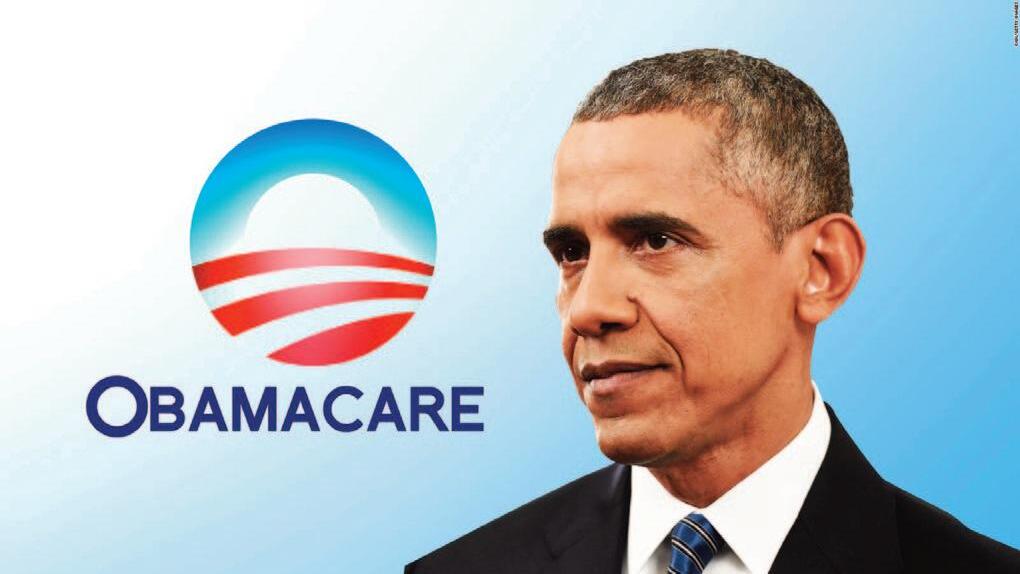
Other Western countries spend half as much per person on healthcare than Americans, and about two thirds less for brand name and generic prescription drugs. What are the reasons for the large disparity in healthcare costs between Europe and the United States?
The U.S. healthcare system is driven by in surers who determine how much they’re pre
pared to reimburse patients, forever questioning the necessity of expensive procedures while increasing consumer premiums. If you need a specific treatment that’s not covered by your contract, out-of-pocket costs can be crippling. Because the U.S. has no standardised nationwide set of pricing rules, charges can vary widely between the states or even within the same state, and the ‘free market economy’ all but encourages private physicians to set their fees as high as clients are willing to be gouged. (“He’s so expensive, he MUST be good!”) Doctors also must pay high premiums to insure themselves against litigation from malpractice lawsuits, which in turn have put many a lawyer’s offspring through Harvard or Yale. It’s estimated that 20,000 negligence incidents are litigated annually at a cost of some $20 billion, while the number of patient fatalities is around 100,000 a year.
After WWII ended in 1945, President Truman proposed federal funding for a national health care programme, open to all classes of Americans yet still
optional. Along the way, reform was opposed by labour unions who were worried of losing power over their members and the American Medical Association whose lobbyists likened it to Communism, and it wasn’t until 1965 that President Johnson signed the Medicare bill into law.
However, for ideological reasons, in the 1980s the Republicans under Ronald Reagan began widening the gap again between the haves and the have-nots by making sweeping cuts in what they termed ‘entitlements’, reducing funding for the Department of Health and Human Services, Medicare, and Medicaid. Subsequent progressive Clinton and Obama administrations tried to make amends by reinvesting in healthcare and social programmes such as the Affordable Care Act (‘Obamacare’) but then President Trump aggressively sought to turn back the clock once again, to the detriment of the disadvantaged.
All this political drama has been further complicated by the bloody pandemic which caught the country – and the world – unprepared and illequipped, with multiple waves of infections overwhelming hospitals and stretching medical workers to their physical and mental limits. Might I mention here that science-denying antivaxxers haven’t exactly helped matters?
US pharmaceutical companies don’t seem in any way ethically bound to keep the skyrocketing prices they charge in check and are currently granted decadelong patents which delay access to costsaving generics. Democrats would like to set drug price limits for Big Pharma, which in retaliation argues that research and innovation would suffer as a result. Developing each legitimately effective new drug costs millions of dollars, and many others don’t even make it safely through the testing phase to
Here’s a list of pointers from international medical experts such as myself for living a long, healthy life
l Eat right good
l Feed your head
l Keep your mind agile, read, play word games
l Lose the tobacco habit
l Binge-drink in moderation
l Dust off your turntable and listen to music
l Smile. Laugh. Watch Monty Python repeats
l Strap on a face mask (if still required) and go for a stroll outdoors
l Pet the cat, walk the dog, or vice-versa
l Avoid killer bees.
l Brush and floss at least once a month or when your gums begin to bleed
l Monitor your blood pressure and try to manage stress. Enjoy a relaxing nap once in a while
l Do your best to maintain friendships instead of allowing politics to get in the way
l And don’t catch Covid.
marketing and distribution, but federal funding could potentially aid research outside of company profits.
Britain, it seems, has caught up with America when it comes to bad habits: although people smoke less, they eat more junk food. Chronic heart disease resulting from poor dietary habits is the leading U.S. cause of death, and its treatment (with drugs, stents, catheterisation, transplants) is a major driving force in health spending. In the UK heart disease runs a close second to Alzheimer’s. In other words, you idiots are living too long and not eating enough veggies.
Top footballer George Best (19462005) underwent a liver transplant in 2002 but ultimately was unable to overcome his alcoholism, and he died from infections that his compromised immune system could not combat.
Preventative strategies are the most sensible options. Sadly, the study of nutritional science in medical schools is minimal, averaging less than 25 hours in over 4 years of training. That’s because the focus is mainly on treating problems after they’ve reached a critical level. Clearly, there’s less profit in dispensing dietary advice than in dispensing drugs, prescribing hospital stays, and performing risky surgical interventions. Reducing fat intake has been shown to lower or even reverse high cholesterol levels in many patients without the need for drugs or going under the knife, and eating well can preclude diabetes and some cancers.
For many, the prospect of changing the habits of a lifetime can be daunting. The very late George Best, one of the most talented footballers Britain ever produced, famously carried on boozing and carousing even after two liver transplants, the selfish bugger. I get it, though. Personally, if my GP advised me to stop drinking Yorkshire Gold Tea and Sam Smith’s Chocolate Stout, or switch to spreading Reduced-Salt Marmite (the one with the blue lid) on my toast, I might be tempted to throttle him with his stethoscope. n
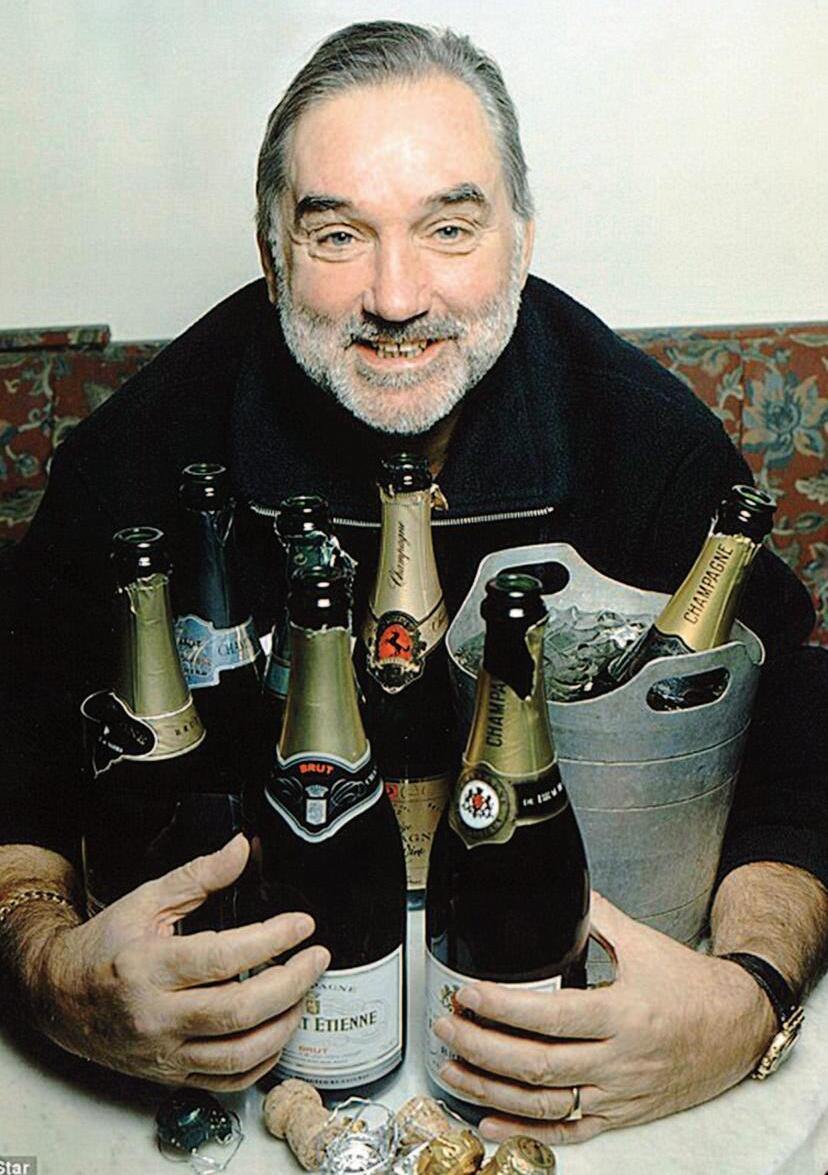
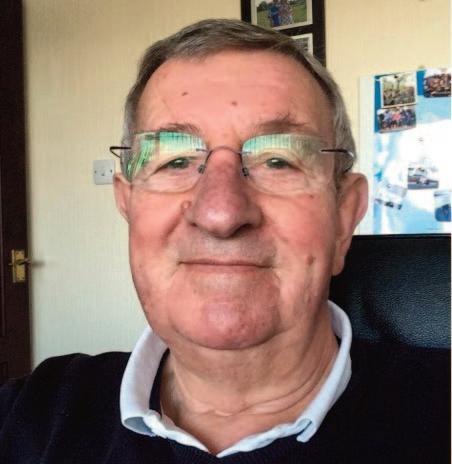
No longer welcome in Europe (were they ever?), our band of adventurers decide that a staycation is the perfect antidote to the Covid blues
AND it started so well… Following on from my last effort in the March 2021 issue, I thought I ought to bring you up to date with our latest venture (Oxford Dictionary: ‘risky undertaking’). Our Zoom meetings eachWednesday continued very successfully – so much so that our numbers increased when Geoff Butters and PeterTracey started to join us on
a regular basis. During one of these meetings we were having a moan about being unable to visit Malta or anywhere else abroad, when one of our number suggested we visit somewhere in the UK.This was warmly received and somehow it evolved that my holiday house in Filey on theYorkshire Coast would fit the bill. (As some of us do partake of a beer or glass of wine during these meetings,
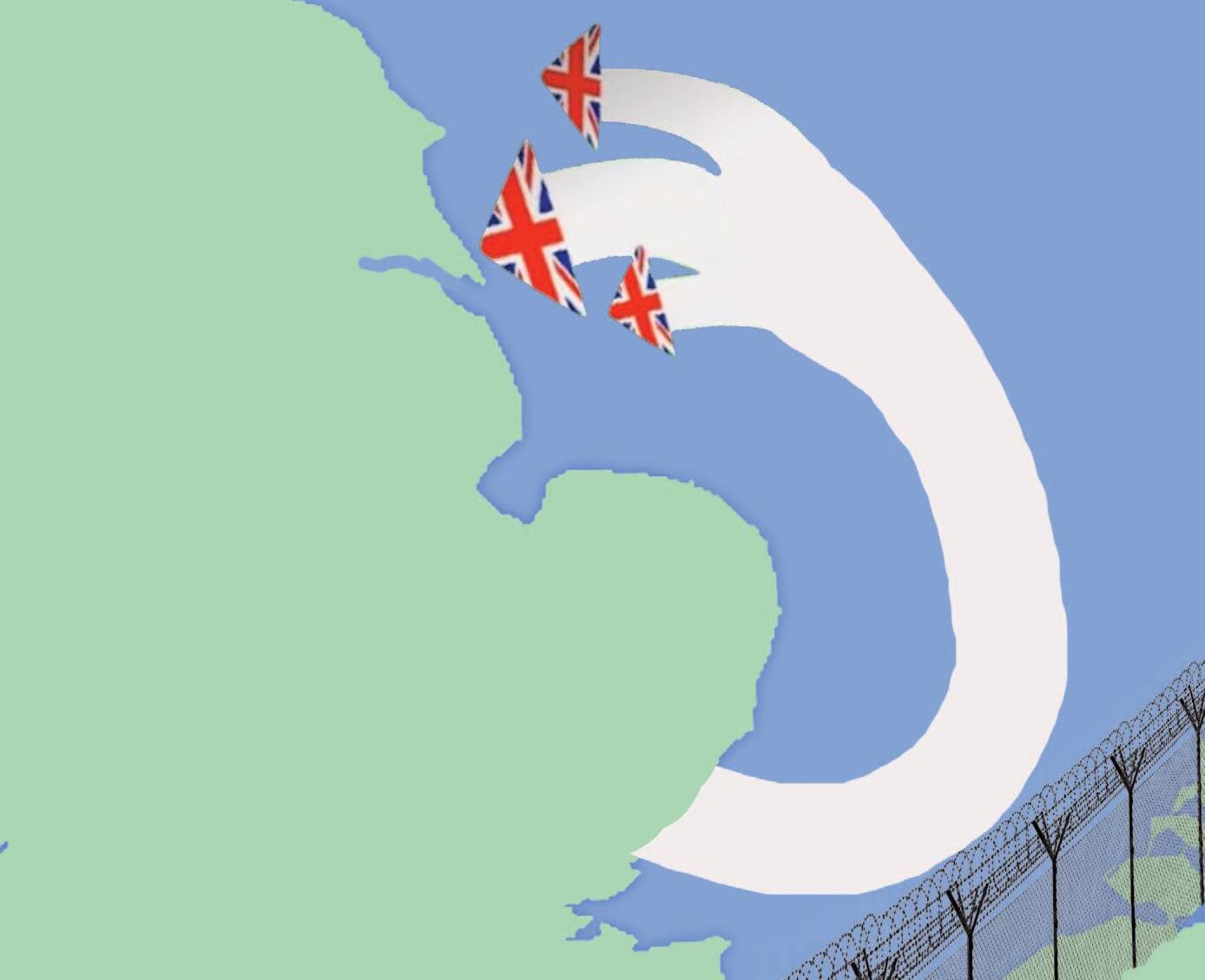
I had to take notes, but I still can't recall the name of the culprit. I suspect it was one of us who doesn't live in Huddersfield any more, and who was keen to re-visit the region after an absence of thirty odd years. Maybe I should record the meetings).
Of course, nothing is quite as simple as it first appears when we start organising a trip; we have a knack of finding obstacles to stumble over and make things a bit more difficult.
Mike Gibson lives in Brighton and is a Town season ticket holder, as is Mike Hellawell, so it seemed sensible to time the trip so that Mike G could be 'up north', when Town were due to play at home. Our first discuss were during late May and the Town fixtures weren’t due to be published until the end of June, so we had to wait for them before finalising dates. The original party was to be the usual five: Mike H, Mike G, Colin Ainley, John Linton and myself, but Mike and Colin reluctantly had to withdraw
for various reasons, leaving three of us. We were to be joined in Filey for socialising by Robert Ingham, a resident of the town and a member of Form 1A in the class of ’56. We decided that four nights would suffice, and in addition to Filey, we would perhaps go to Scarborough, Bridlington and, by special request,York,.And wouldn't it be just perfect if those not visiting Filey could meet us for lunch in York! At the time I thought this would complicate the four days, i.e. toing and fro-ing between Filey and York. However nothing is insurmountable for the ‘Class of ’56 travel experts’! No flights or accommodation to book – a piece of cake, this! We would congregate for lunch inYork on day one, Tuesday, 14th September, and then three of us would continue to Filey after lunch! It was decided that Mike G would travel by train from Brighton to York, Peter by train from Whitley Bay, Colin from Harrogate, and Mike H, Geoff, John L and I from Huddersfield. Are you with me so far?
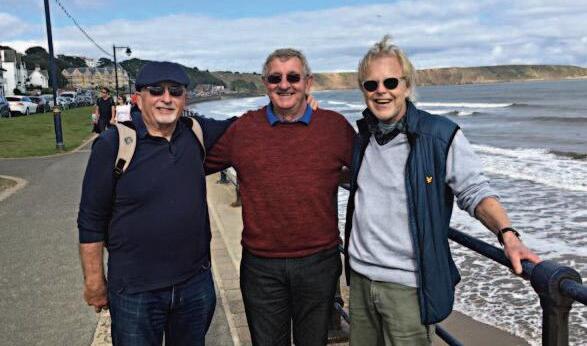
Peter had recommended the Loch Fyne Restaurant inYork and a fine choice it turned out to be! Eventually five of us managed to meet at York train station, (thank goodness it wasn’t the Grand Central in New York), and we meandered down to the restaurant viaYork Minster.Yes, it was a detour – but nothing is straightforward with us. Awaiting us were Peter and Colin (and his wife and daughter who had given him a lift from Harrogate). Isn't it just great when a plan comes together? The meal was excellent and served to us by a waitress described by one of us as 'gorgeous Georgie'.We had a fine meal, a few beers, a bottle of wine etc – and a darned good chat, as you can imagine. A couple of hours later the Filey bound trio bid a fond farewell to the guys returning to their respective abodes, and an hour later we were on theYorkshire Coast.
We arranged to meet Robert at The Star pub just around the corner from the house. Mike and John hadn’t met Robert since attending an OAS Dinner in November 2007 so we had an enjoyable chat reminiscing about mutual friends and School experiences.
The following morning we were up and about in reasonable time and breakfasted at the Country Park Cafe on the north side of Filey town. I have to say that one of the benefits of a staycation is a ‘full English’ breakfast on day one. The weather was mild and sunny, and my two companions were in the mood for a walking tour of Filey, so we set off from the cafe and walked to the end of Filey Brigg, a somewhat spectacular promontory into the North Sea. I’m sure many of you have been
there and remember it from your childhood. We progressed from the Brigg back to Country Park and down a cliff path, past the Sailing Club, and on to the beach.We walked the length of the beach and promenade to the southern end, before rising up to the higher ground of the car park near the golf club. We meandered past the White Lodge Hotel, through the gardens, and read a little of the history of the sea battle with the American ship USS Bonhomme off Flamborough Head in 1765. My friends were surprised to learn that there is a bar close by named ‘Bonhommes’.When I told them that there were several paintings hung on the walls of the lounge it seemed only natural for us to go to view the pictures and sample a beer at the same time.
After a brief siesta (sorry, afternoon snooze) we re-grouped and met Robert for a beer at The Cobblers a real ale bar, and then on to the Italian Restaurant San Marco's, for
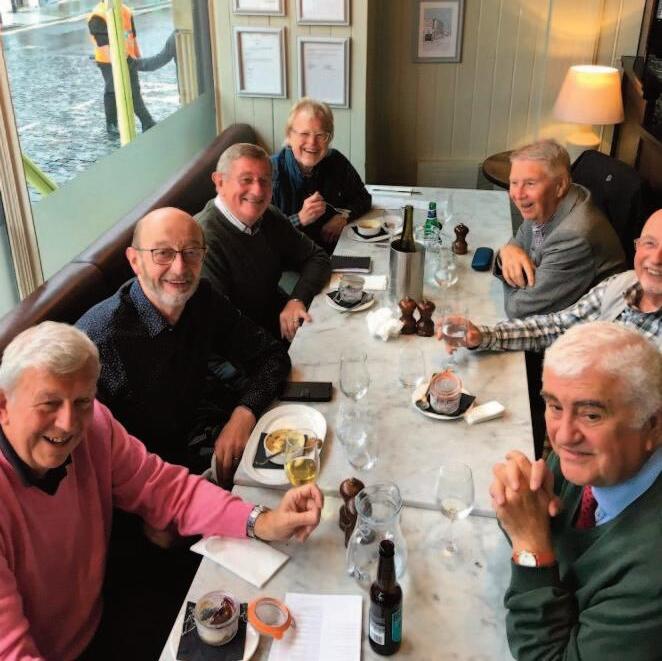
our evening meal.The quality was excellent as usual.
On a sunny Thursday morning after breakfasting on a more modest bacon buttie style sandwich and coffee, we caught the bus to Scarborough for a bit more reminiscing. Once again we walked what seemed to be miles, starting at the South Bay promenade and taking in the sights and smells common to many British seaside holiday resorts: amusement arcades, fish and chip shops, seafood stalls, pubs, sandy beaches, ice cream, candy floss, and the sea air.
However, Scarborough also has a North Bay, a lift up from the the prom to the top level of the town, with a castle, a pier and a harbour complete with fishing boats and leisure boats. After stopping for sea food, and
a look at the harbour, we thought it would be a good idea to walk past the harbour and around Marine Drive to North Bay.Wrong! We were returning to type – we always seem to start our days with good ideas and then our original plan is overwhelmed by ‘good ideas’. Going around the bend (no comment) took ages, and of course we had to get back to the town centre for the bus or train home.
“We'll find a path and walk up and over the hill to Scarborough Castle and then down the other side, it will be better than walking around North Bay to get back to the town.” Wrong again – it was quite a climb. It was now well past lunchtime so when we eventually descended towards the town, we came across the welcome sight of the Scarborough Arms, where we were fed and watered.
We returned to Filey on the train and then prepared to meet Robert at the Boat Shed, a cocktail bar in Filey owned by Robert’s son, Nicholas. And this is when our plans were blown apart.
Mike and I, scrubbed up and ready to go, waited patiently for John L to come downstairs when he finally made an appearance. It wasn’t the appearance we expected. His facial expression was of impending doom and gloom. He had received a voice message, from a lady next to whom he had been sitting at a band concert the previous Sunday afternoon, to advise him that she had tested positive for Covid.
This unfortunate experience had never happened to any of us before, and certainly not on tour. After some conjecture, we decided to dash off to the chemist to obtain a lateral flow test kit –but too late as they had closed half an hour earlier. We saw Robert outside he Boat Shed and explained the situ-

ation. He thought his family may have some test kits at home so he phoned Jane, his wife, and yes, but the kits were with his daughter-in-law who was due home in about an hour. We thought we ought to isolate as we had been in our own ‘bubble’ for four days, so we did the only sensible thing we could think of: we went to the Star pub, requested table-service at an outside table and had a couple of pints while we considered all the implications.
John L had already phoned the emergency help line for advice and they had suggested that he should phone them again the following morning when they would arrange for a PCR Test at a convenient location. Two (or was it three?) pints later, Robert arrived with the LFT kit and John returned to the house to carry out his test – which was negative! It was a great relief to us all, and the ‘real’ John Linton was able to return to us.
Friday was planned as a free day on which we could stay in Filey or perhaps go to Bridlington on the train. But instead we had to go to Hull for John L’s PCR test. Quite a pleasant journey really, by-passing Bridlington with a promise to stop there on the way back. All went well at the ‘pop up’ testing station – so well that Mike and I were also tested, and informed that we would have the results by text and email
within 24 hours. Mmm… allow 2 hours by car from Filey to Huddersfield on Saturday morning, the Town match kicks off at 3pm, so ideally we’d need the results before 11 am. No, too much of a gamble!
So we called at Brid on the way back. The town centre is frankly disappointing, with fish and chip shops all over the place. We had lunch at one of them, one of the many that claim to be the best in Yorkshire or the UK or the world. Fortunately we chose well: it was excellent.
After an afternoon nap, we met Robert and Jane for a drink outside again at the Star. I suppose we were fairly relaxed but also a little apprehensive about the test results. ‘What ifs?’ were discussed of course but nonetheless we spent a pleasant hour with them.
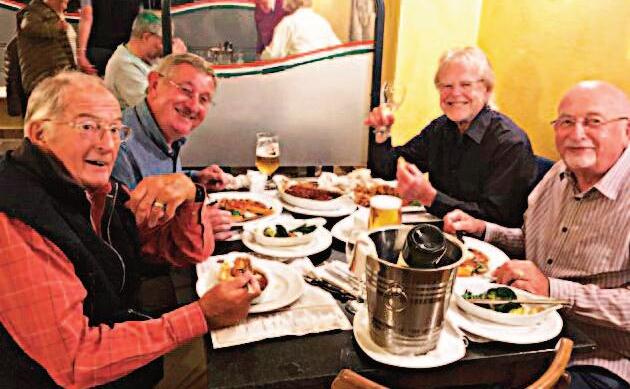
In the event, we were relieved to receive ‘negative’ results quite early on the Saturday morning, and we finished off our staycation with a lovely breakfast in the garden of Filey Bistro
I cannot imagine what we shall be doing next year! n

OUR thanks to OAS members who have already contributed almost £1,000 to the special fund to restore seating around a tree in Big Tree Yard. We are hoping to proceed with the project just as soon as the present temporary classrooms in the vicinity of the selected tree have been removed later this year.
The names of donors will be recorded on a plaque to be located on the base of the structure.
Donations can be made on our website at www.oas.org.uk/donate.php. Alternatively you can contribute by BACS: our account number (‘The Old Almondburians’ Society’) is 00814458, sort code 53-61-07. Please give your full name and mark your donation ‘Big Tree’. Alternatively, if donating by cheque please complete the form below and enclose it with your contribution.
SUDOKU
Difficulty: medium
Each row, column and 3 x 3 box must contain the digits 1 to 9
Further information sought on two medals that have recently come to light
IT all started with a letter from OAS member Jonathan Taylor (KJGS 1971-78). Jonathan had seen a recent copy of the magazine Coin Collector which contained a photograph of an intriguing medal apparently once awarded to a pupil of Almondbury Grammar School. Could we cast any light on this medal?
We emailed the publishers of the magazine and were able to make contact with the author of the article, Mike Roberts, which in turn led to the first of a number of extraordinary coincidences. Mike Roberts turned out not only to live in Huddersfield but to be an Almondbury resident living only half a mile from Jonathan himself. More-
over he was also next-door neighbour of OAS chairman Walter Raleigh and he has acted as solicitor for OAS treasurer Keith Crawshaw.
It would be pleasing to report that Mike was also a former pupil of King James’s Grammar School, but sadly he attended Huddersfield New College. However, he confirmed that he was a keen collector of medals and tokens from the Huddersfield area and acquired the medal on Ebay some years ago. He himself would welcome further details. Believed to be of silver, it measures 46mm x 46mm. The front carries the words ‘Almondbury Grammar School’, and the back ‘¼ Mile Flat Race’.
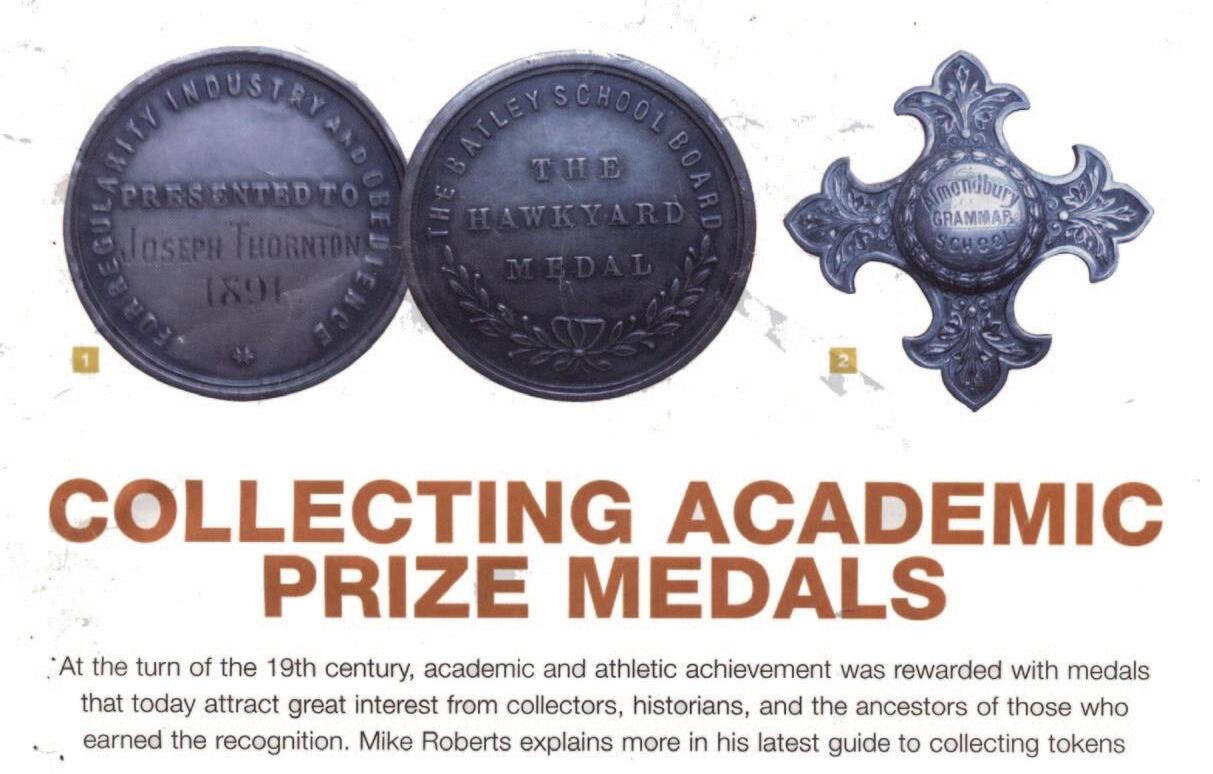
Our limited researches have revealed little information about the medal and we should be interested if any members can supply further details.
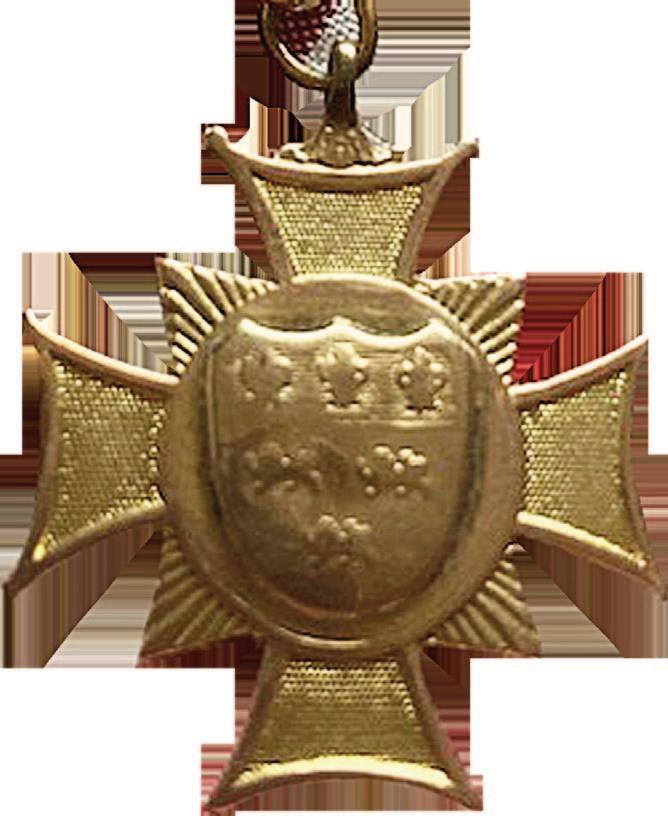
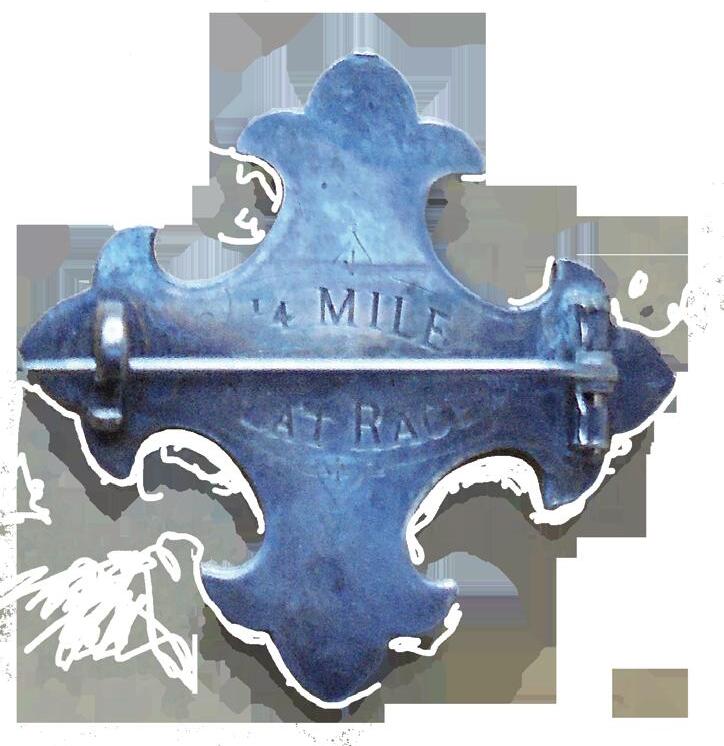
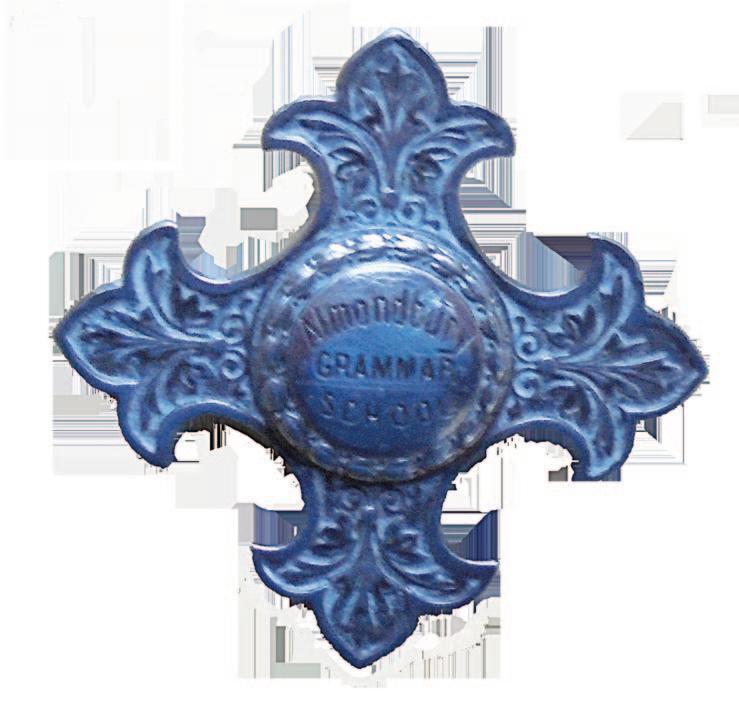
And now to the yet another coincidence. Not long after the correspondence with Mike Roberts we received an email from Liz Dauncy, a Portsmouth resident, who also had a medal about which she would
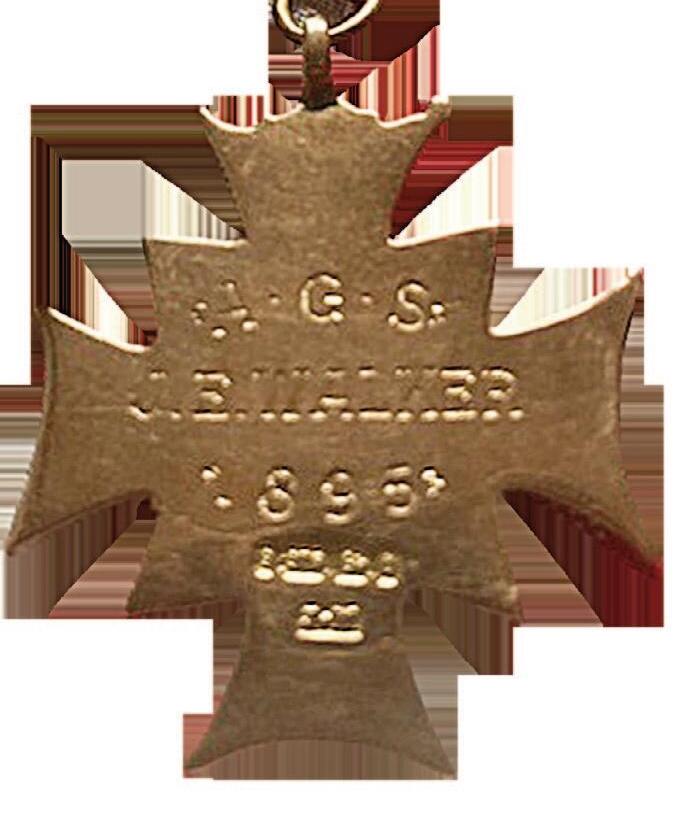
like further details. She wrote: I have just found out that my great-grandfather John Edward Walker was sent to the School in the 1890s. Is there is any information about him?
He was born in Slaithwaite and his father was John Shaw Walker,who was a schoolmaster at the Free School at Slaithwaite.
We looked through the archives and were able to establish that John Edward Walker was one of 15 new pupils entering Almondbury Grammar School in 1893. (These were the turbulent days when Rev Francis Marshall was making himself unpopular through his opposition to the professionalisation of his beloved Rugby Union: it was only two years later that the new ‘Rugby League’ was established at the George Hotel). John Edward was born in Slaithwaite 1879 and went on to become a railway clerk.We were also delighted to be able to confirm to Liz Dauncy that two of John Edward’s brothers also attended the School: Harold Walker joined in 1891 and William W Walker joined in 1888.
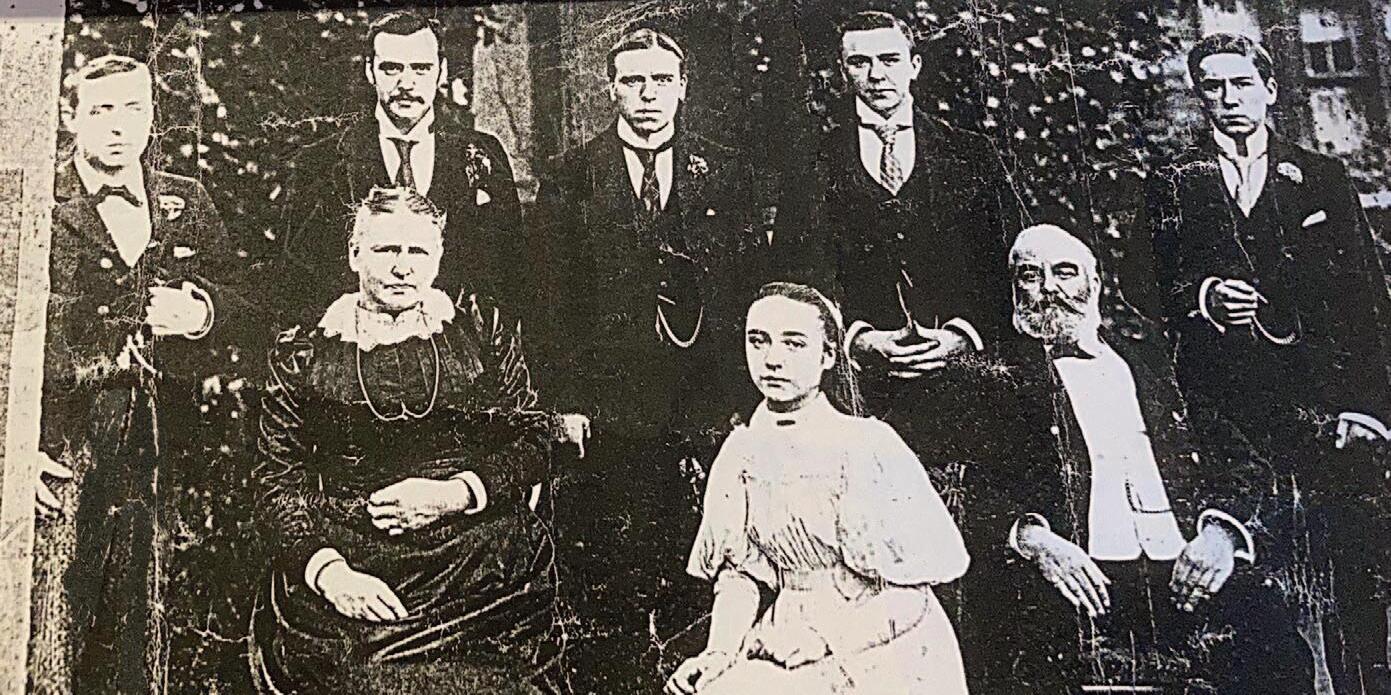
The medal carries the School crest on the front and is inscribed ‘A.G.S.
J.E.WALKER 1895 on the reverse. It is of 9ct gold and carries a Birmingham hallmark. It’s a shame that it gives no indication of the nature of the award, though it seems almost certainly to be
for sporting achievement as the family also have a photograph (below) showing him posing proudly in shorts next to two silver cups.
lWe welcome further details and photographs of any interesting old medals or cups owned by former pupils; email us at almondburian@oas.org.uk.
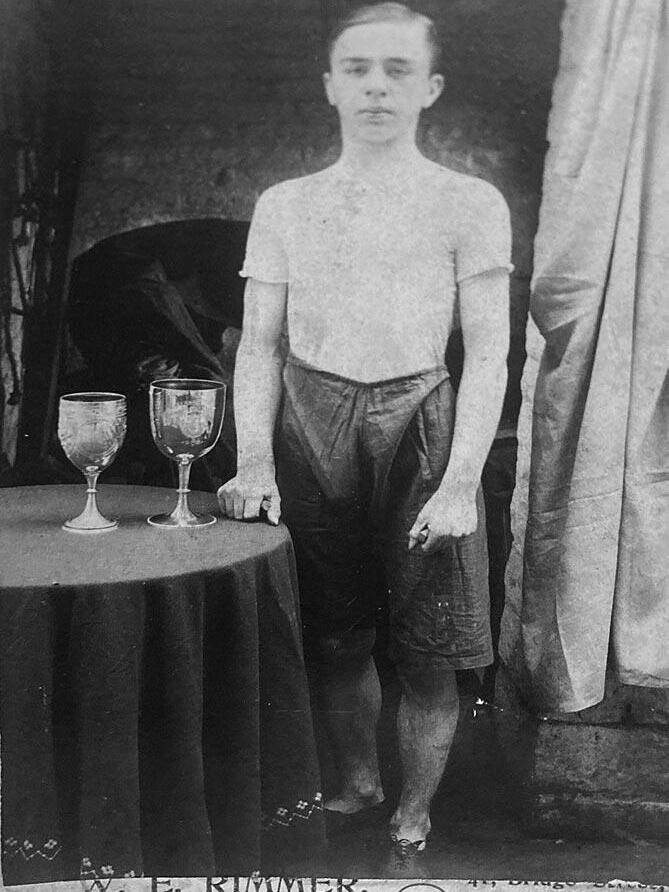
Most of us don’t gave a second thought to the units of measurement we use every day. But someone somewhere has to define these units to great accuracy and our writer was surprised, in his younger days, to find himself amongst their ranks.
THIS is the story of how someone with only an ‘O’ Level in General Science came to be in an international conference room when the metre, one of the fundamental standards of measurement, was re-defined – in what was a piece of scientific history at the time.
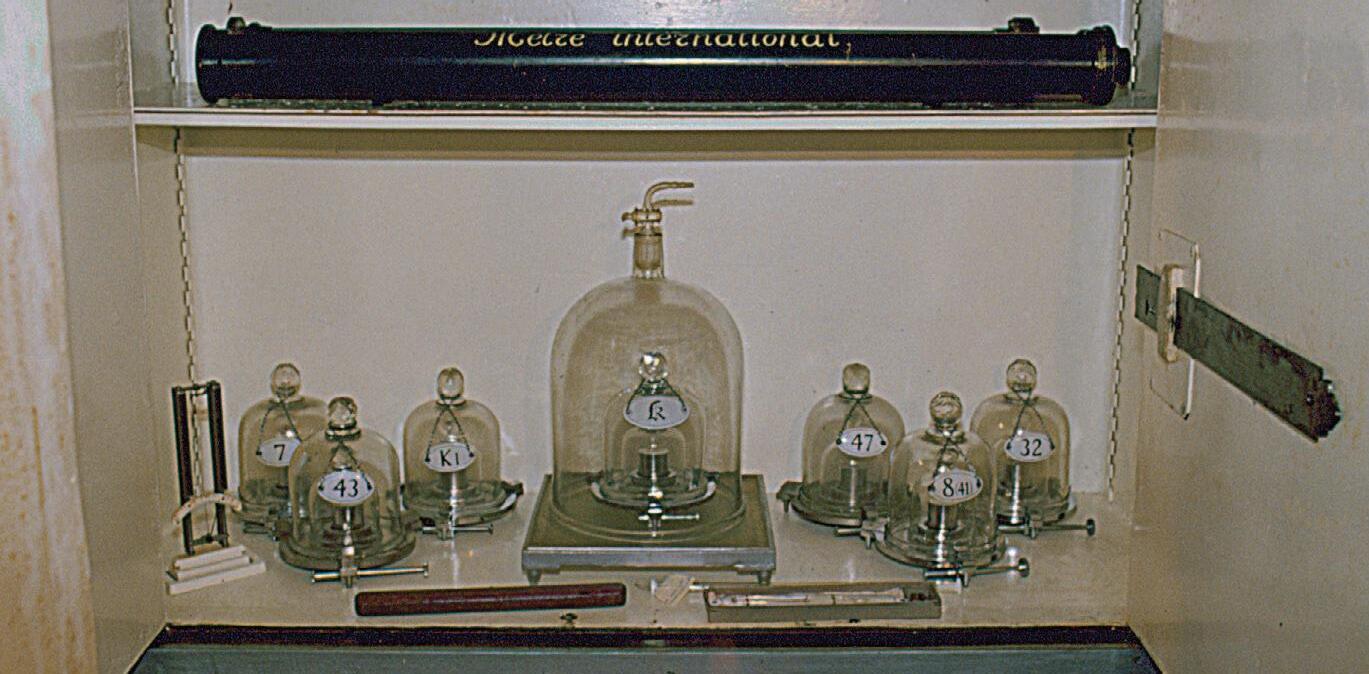
Before recounting the events on that day in October 1960, some background may help to set the scene. As many will recall, during the 1950s the School both taught and used Imperial measurements, at least outside the Science Labs. First formers in Dorms 3 and 4 were taught arithmetic in terms of inches and feet, pounds and ounces, and pints
and gallons. Races at Sports Day, held then on the Arkenley cricket field, were run in yards, and field events were measured in feet and inches. In those days, the metric system was viewed with suspicion by the general British public. Attitudes have gradually changed in this country, following the decimalisation of the Pound Sterling in the 1970s, but older generations retain a soft spot for Imperial measures. All this time, there existed international arrangements governing the metric system which a goodly number of States followed, as did scientists worldwide.
How did these international arrange-
ments for the metric system come about?
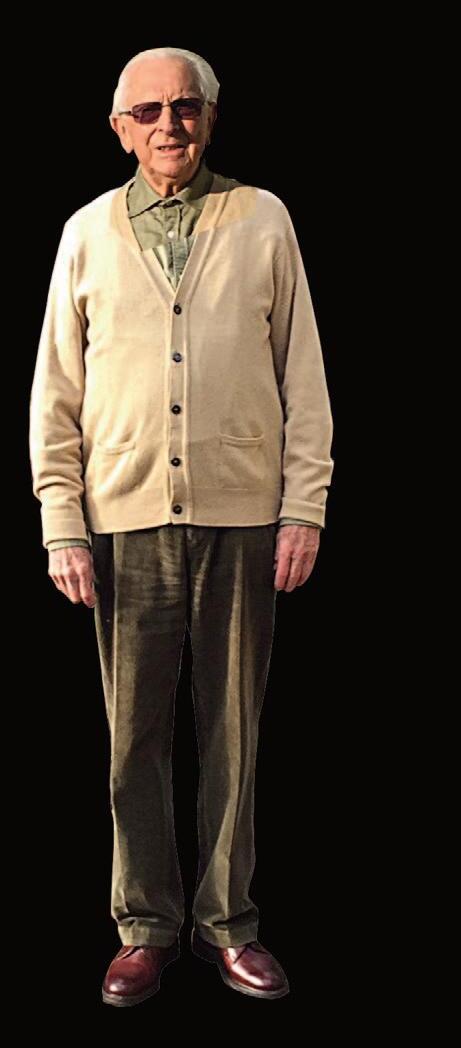
The metre is the base unit of length in the International System of Units. It was first defined as one ten-millionth of the distance from the North Pole to the Equator, but that is not a measurement suitable for every day use. Following the abortive efforts of the French Revolutionaries to rationalise many different measurements (including even the calendar), the French Government in 1875 convened an international conference of some leading countries with the twin aims of defining the length of the metre, plus the weight of the kilogram, and of creating an internationally agreed system of weights and measures. The Paris Conference was successful: it adopted the Convention on the Metre and set up the International Bureau of
Weights and Measures (BIPM) on 20th May (nowWorld Metrology Day).The original 17 States have grown to about 70 today, compared with 193 members of the United Nations.
The system was based on there being one metal rod, called the international prototype, for the metre and similarly a metal cylinder for the kilogram. These two international prototypes were to be kept safe in separate vaults beneath the BIPM’s building under controlled conditions (fixed temperature and humidity). Dr Haigh’s physics lesson about the bi-metal strip taught that metals expand when heated and contract when cooled. Each prototype was kept under bell jars behind doors with three locks, opened by keys held by different persons. Each prototype would
DAVID ANDERSON attended King James’s Grammar School from 1948 to 1955. He read law at Leeds University (where he met Jennifer, now his wife) and then the London School of Economics (studying company law), before joining the Foreign Office legal staff in September 1960. David attended many conferences on legal issues such as the Law of Treaties and later the Law of the Sea. He was involved in the Four Power talks about Berlin and then the ‘Cod Wars’ with Iceland in the 1970s, including serving as Agent in the Fisheries case at the International Court of Justice in the Hague.
1.8m
For three years, David acted as the UK Agent in defending cases brought against the UK under the European Convention on Human Rights. He served for three years in New York at the UK Mission, taking part actively in the Security Council’s debates about the invasion of the Falkland Islands in 1982, for which he was decorated in the Falklands Honours List. He negotiated several maritime boundaries, notably those in the Dover Straits and the very long ones with Ireland.
In 1996, he was nominated by France for a seat on the new International Tribunal for the Law of the Sea in Hamburg and was elected after many rounds of voting at the United Nations in New York. He served for nine years as a judge, hearing inter-State cases under the UN Convention on the Law of the Sea, before retiring to the home Jennifer and he had made in Chislehurst.
also have a test copy, kept nearby in the vault, against which national metres and kilograms, having been taken carefully to Paris, could be compared and, if necessary, adjusted before being taken even more carefully home. Only the test copy could be compared with the prototype itself. This was the prototype’s sole practical use. At the outset, 30 identical metre bars were made in platinum and iridium by Johnson Mathey: one became the prototype metre, another the test metre, and one was given to each participating State to become its national metre. To supervise the operation of the whole system, regular meetings of delegates were arranged at the BIPM in Sèvres.
The British Empire was not represented at the Paris Conference and did not become a party to the Metre Convention. The Government of the day no doubt favoured the Imperial over the metric system. In the early 1920s, a later British Government did eventually accede to the Convention, joined the BIPM and then took part in its meetings. Today, the yard is defined as 0.9144 of a metre. The needs of science and industry, as well as the benefits of international standards for weights and measures, had become apparent after the First World War. The National Physical Laboratory (NPL) carries the responsibility for holding the British metre and for measurement in the UK. The NPL has a sole branch, charged with improving the accuracy of measurement, and it is on Firth Street in Huddersfield.
Now, to the story. In 1960, the BIPM held
a conference with two special items on the agenda. The first was the proposal to re-define the metre in terms of a fixed number of wavelengths of light in krypton gas in a vacuum.The beauty of this proposal was that the metre could be defined in any country that had a suitable physical laboratory, thereby doing away with the cumbersome business of sending national metres to Paris to be checked against the test rod which in turn had just been checked against the prototype.
The second special item was a proposal to revise BIPM’s constitution, which had the status of a treaty by virtue of the Convention on the Metre. Some member states thought the constitution was showing its age. For instance, the BIPM was an international organisation constituted and managed in ways different from the many organisations that had been created after the SecondWorldWar. In response to this wish for modernisation, there was to be a special committee of lawyers to consider constitutional revisions.
The UK delegate, Dr Barrell of the NPL, asked the Foreign Office for help. I had just joined as a probationary Legal Assistant; my initial assignments included the legal aspects of treaties, so I was added to the delegation. Dr Barrell invited me to visit his laboratory
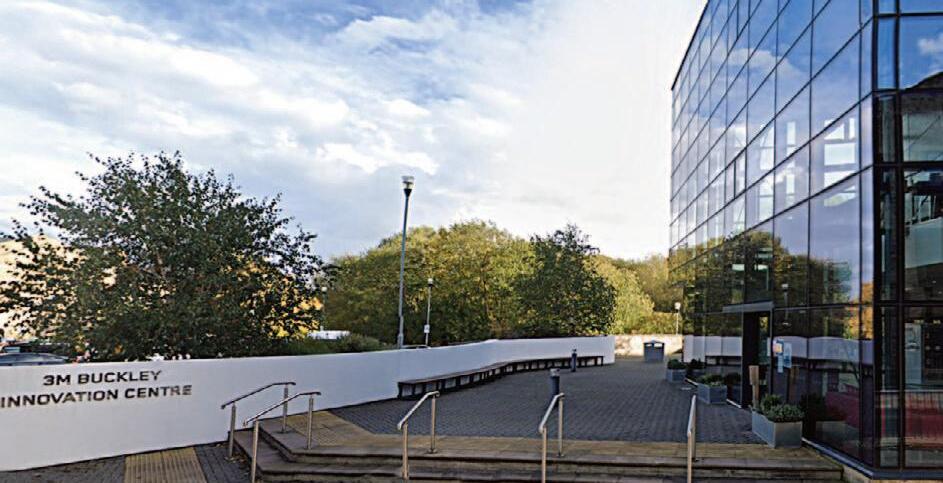
in Teddington for a briefing about the proposed revisions. (He also showed me his current research into flood prevention in the shape of a scale model of theThames Estuary, occupying a hangar-sized building. It was very impressive for this former student of Mr Hudson, especially when he pressed a switch that brought in the ‘tide’ in quick time. He was no doubt researching the need for a flood barrier following the storm surge of 1953.)
The operation of the metric system, the BIPM and the workings of international organisations were all new to me in October 1960. It was to be my first international conference. Once in the BIPM building, the Legal Committee held a short opening debate in which the revisionists introduced their proposals and the French delegation, as the host State, indicated its own concerns.All too soon, the Legal Committee became deadlocked on East-West grounds over the status of the then-divided Germany, an orig inal member from 1875. This wider issue had little or nothing to do with the work of the BIPM, but such deadlocks were typical of the Cold War era.
In contrast to this stalemate over constitutional revision, the first special item on the agenda did produce posi tive results. One afternoon, the lawyers were invited to join the scientists in the Plenary where something was happen ing. A vote was being taken, country by country, on the proposal to redefine the metre in terms of wavelengths of light. Every delegation that spoke seemed to be on board for redefinition. As soon as the proposal had carried, the presiding officer declared to loud
applause that the new definition of the metre had been adopted with immediate effect. He invited all delegates to adjourn at once to the gloomy vault beneath the conference hall in which the metre prototype was resting under its bell jars. For nearly a century, access had been tightly restricted, but in the new circumstances the President used all three keys, threw open the door of the vault and lifted the bell jars.Then, in an act that would have been unthinkable throughout BIPM’s history, he picked up the metre prototype and waved it about so the throng in the corridor could see it. Eventually, it was passed around for everyone, including the lawyers, to admire.The original prototype metre was more the shape of an architect’s ruler than a simple rod. It being Paris, champagne soon appeared, and a good time was had by all.
During these celebrations, the Kilogram remained strictly off limits in the adjacent vault along the corridor. In 1960, the scientific delegates had thought it would be too difficult to attempt a re-definition. It was only in 2019 that an atomic definition of the kilogram could be agreed.The story was told in an interesting programme shown on BBC 4 in September 2021, without once mentioning the earlier story of the metre (perhaps because krypton had been replaced by a different gas in 2018). The programme brought back to me – now well into retirement –
memories of my first conference in the chilly Paris Autumn of 1960 and my first serious exposure to metrics. But, as change comes slowly, the cricket pitch is still 22 yards.
l Postscript (opposite): my trip to the South Pole

Afew years after my unexpected encounter with the International Bureau of Weights and Measures in Paris, I found myself a member of the UK delegation to the 4th Antarctic Treaty Consultative Meeting held in Santiago in November 1966. There, the Americans invited me to visit some of the scientific stations which they maintained in the Antarctic. Similar invitations were issued to the governments of Argentina, Australia, Belgium, Chile, France, Japan, New Zealand, Norway, South Africa and
the Soviet Union. All but the last accepted, and the ten members of the party had the status of ‘Exchange Representatives’. ln exchange for this visit, an American visited some of the British stations in the Antarctic Peninsula.
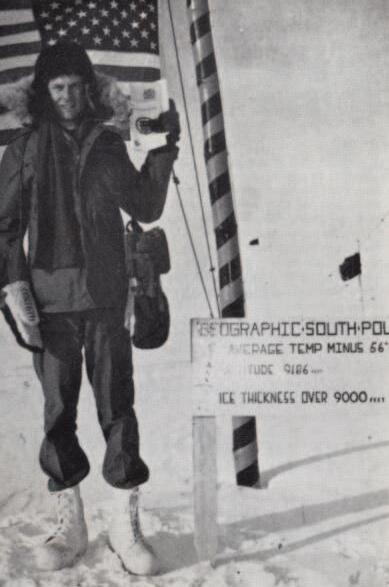
Our party arrived in the Antarctic on 2nd February 1968 and stayed at McMurdo Station on Ross Island, south of New Zealand. From there we flew the 800 miles to the South Pole where, after being photographed and fed, we were shown around the station which had been constructed under the snow. After a further trip to Byrd Station (named after the US explorer William E Byrd), we flew back to McMurdo.
Visits were also made to a New Zealand station called Scott Base, and to the US ‘airport’ at Williams Field.
“Our protection against the weather consists of no fewer than 23 separate garments,” I recorded at the time, “and the temperature here in, what is late summer, is -28°F.”
At the Pole, the US scientists’ living quarters were surprisingly comfortable. After a good lunch our visit ended with a frame of snooker. I wondered what Scott and Shackleton would have thought of that! n
The thick November gloom was falling fast As people trickled homeward from the ground, lnto the larger stream of life. And l Was left behind, defiant and alone, With only faded memories to embrace. My thoughts unconsciously turned back again To old Mark Antony’s speech upon the dais “The good is oft interred with their bones.” My face broke in a soft, ironic smile. For me. whose prior life had centred on The Gateshead Football Club for forty years Or more, only the good times mattered now. I had enjoyed each moment, and could not Now grasp the fact that this had been our last Game in the league. The joys were past! Resentment, bitterness. and even pride, Old joy swelled up inside my throbbing brain
And forty years flashed to the fore again. Seeing the old and dismally empty stand, My mind thrilled to the old roar of the crowd. The goalposts gushed a flood of memories
Of a whole life. My world was at my feet In fragments which l then picked tearfully up. How willingly on Saturdays as a lad I would run errands for a chance to stand And yell for Gateshead to my heart’s content. Our cup exploits of nineteen forty-nine Had made our local fervour blossom out Into broad national interests. Oh, the public!
Whither had gone that fickle abstraction Where was the glorious atmosphere of old?
The rusty turnstiles once harmonious And cheering, hardly raised a creaky protest As l made my way on down the road, Leaving behind a few wet, shedded tears And forty years of deep and heartfelt joy.
A G Grayson, 6A
l The late Anatol Gregory Grayson was born in 1951 and joined King James’s Grammar School in 1963. In 1969, the year of his departure, he was awarded the Emsley Memorial Cup for English Literature. He went on to take a degree in Geography/American Studies at Swansea University.
Although he never achieved a place in any of the School soccer teams his former class-mates remember him today for his remarkable recall of footballing statistics.
Perhaps not surprisingly, it was these that inspired his elegantly composed ‘Elegy’ to Gateshead Football Club which was going through difficult times: it was voted out of the Football League in 1960 and folded in 1973.

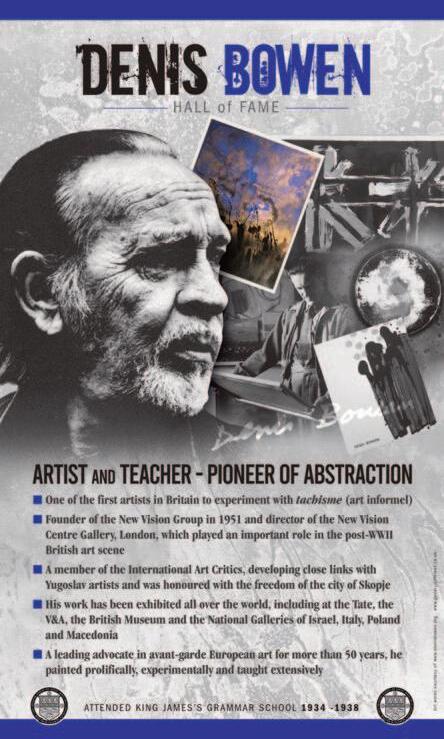
WE have been delighted to work with Nicola Ramsden and the School Reprographics Department in the production of a new set of display panels in the gym to honour some of the many Old Almondburians who have made notable scientific, cultural or sporting contributions over the past decades. The panels record the achievements of David Brown (1913-18), Derek Ibbotson (1943-49), George Jarmain (taught 1852-76), Ron Lancaster (1942-50), David
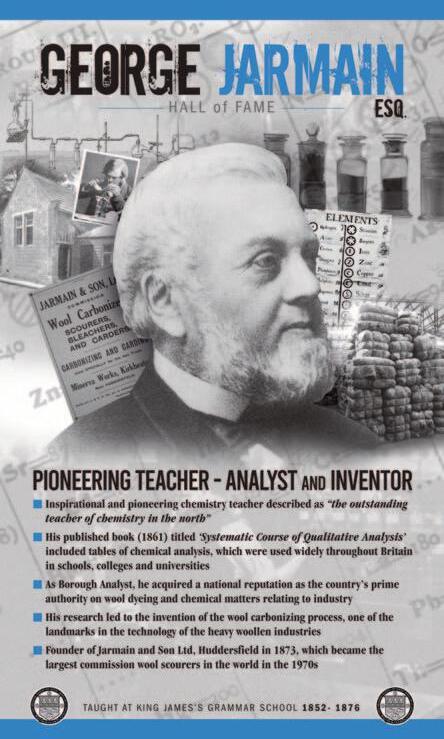
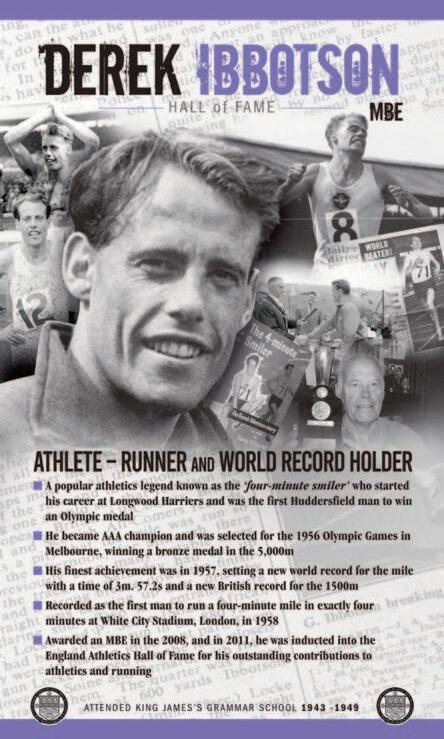
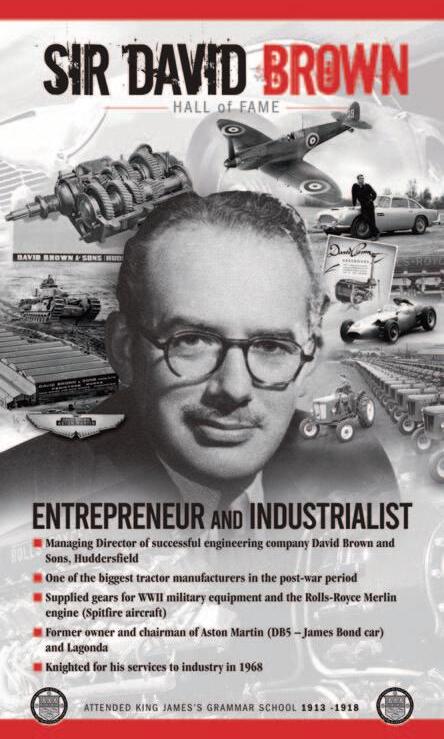
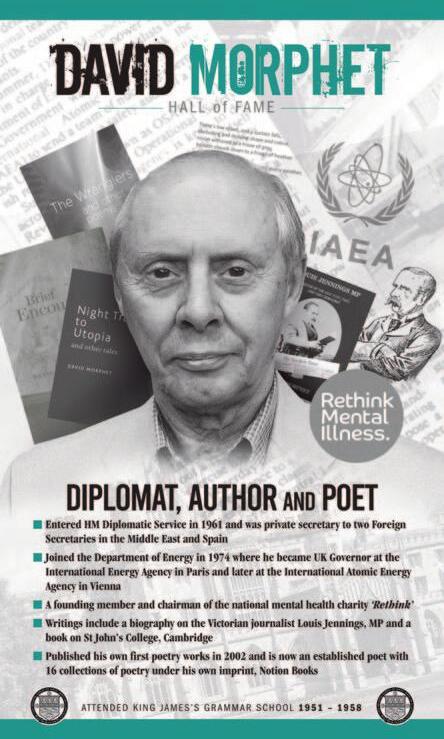
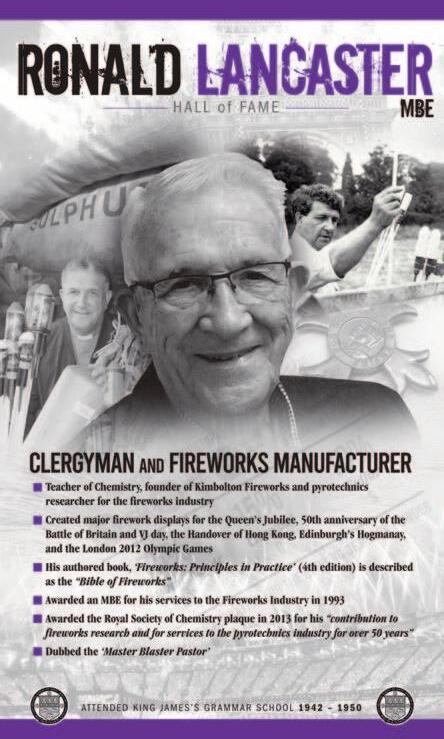
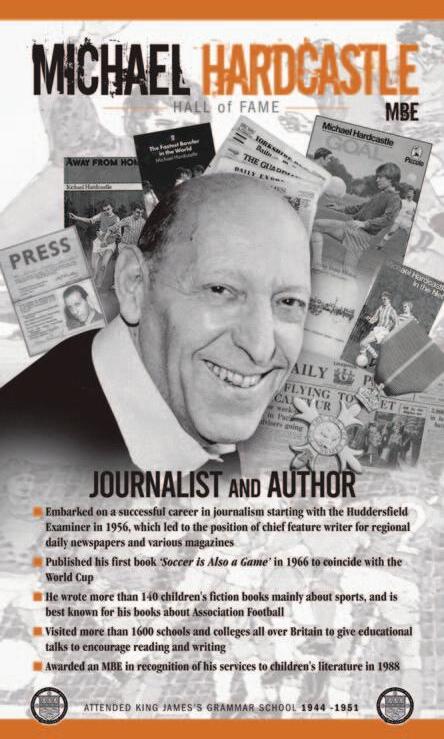
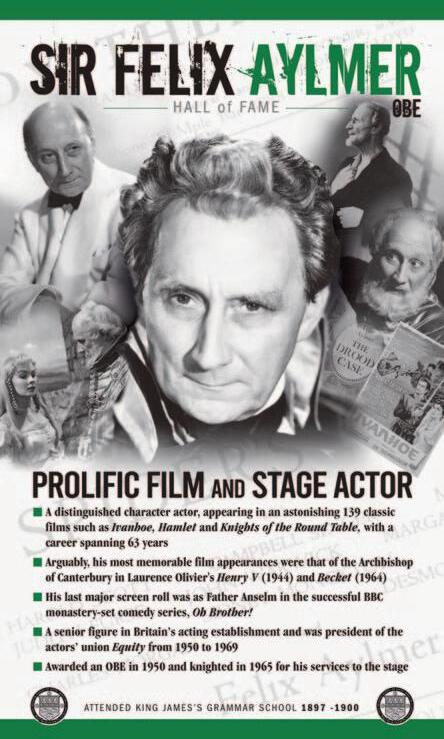
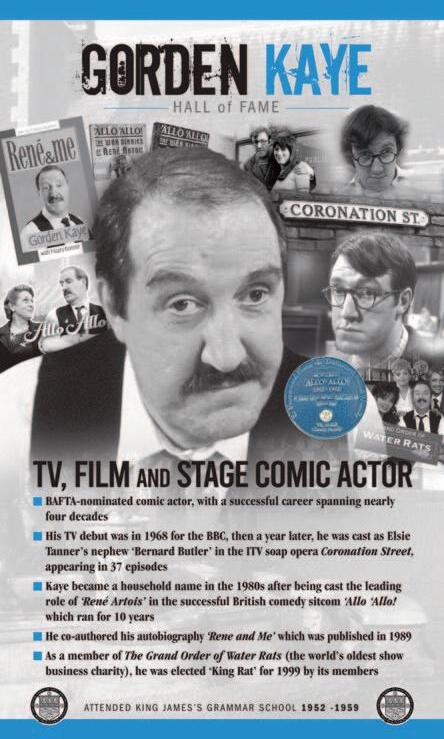
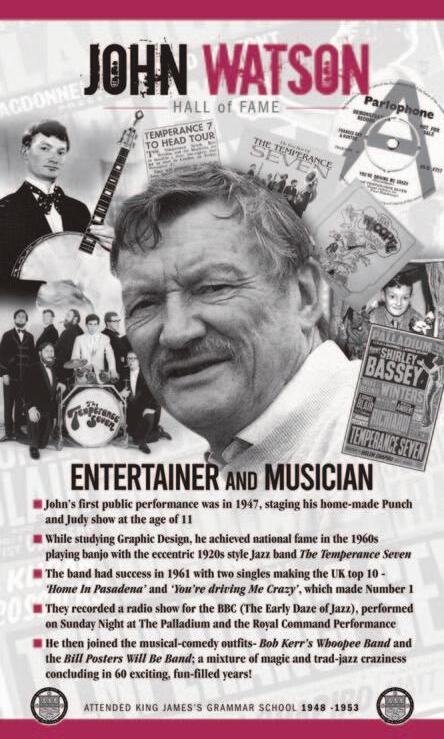
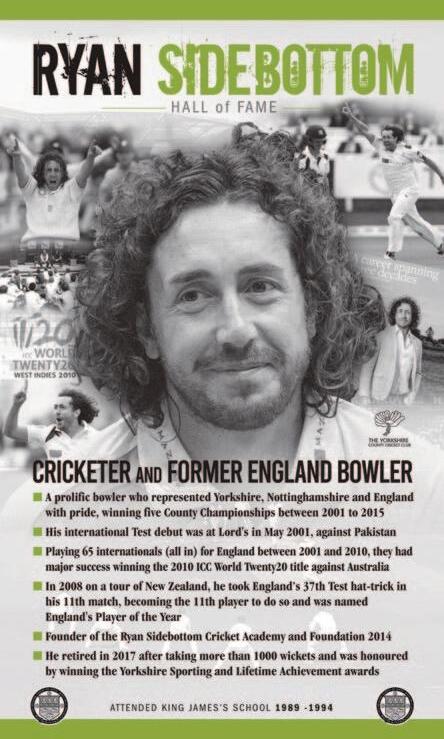
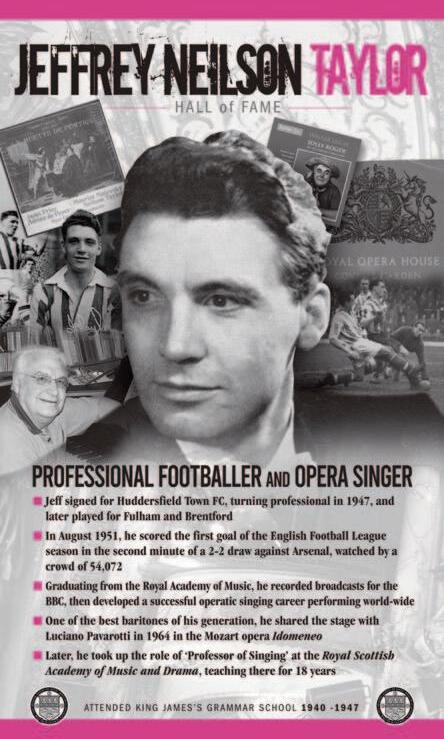
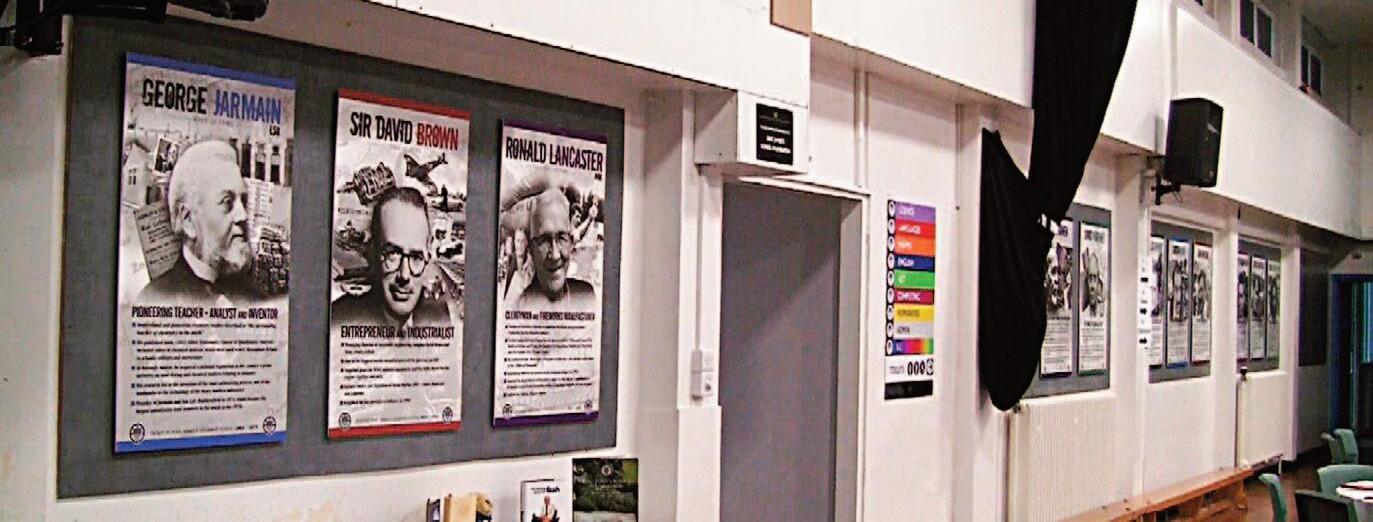
Morphet (1951-58), Denis Bowen (1934-38), Michael Hardcastle (1944-51), Felix Aylmer (1897-1900), Gorden Kaye (1952-59), John Watson ( 1948-53), Ryan Sidebottom (1989-94) and Jeffrey Neilson Taylor (1940-47). The School would like to record its appreciation of a grant from the King James’s School Foundations towards the cost of the panels.
WE have also worked with the School on an update and reprint of the Timeline in the pupils’ main social area which provides a visual record of the many events – both local and national – during the School’s 400-year history. Space had been intentionally left for the Timeline to be updated in subsequent years, and to mark the OAS centenary we reprinted and extended the original Timeline in time for the OAS Dinner to include key events from 2017 to 2021. These include Huddersfield Town’s promotion to the Premier League (sadly, there was inadequate space to include the subsequent relegation), the UK’s departure from the European Union, the enlargement of King James’s School to accommodate pupils displaced from Almondbury Community School and – inevitably the current Covid-19 pandemic.
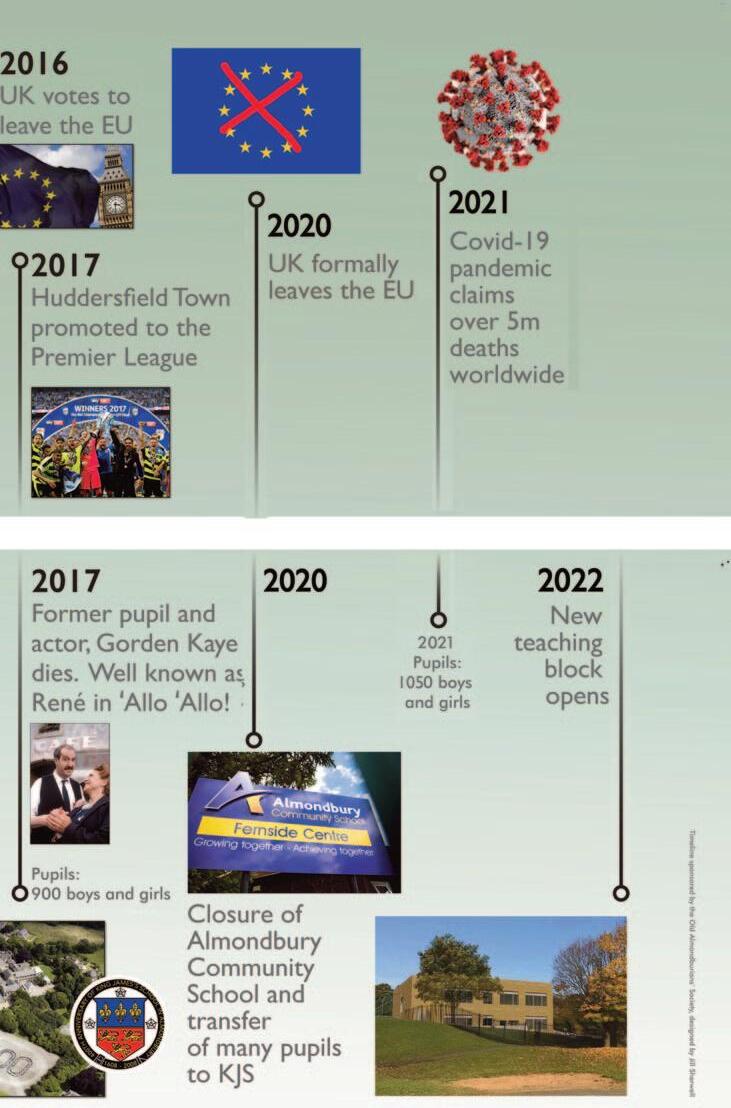
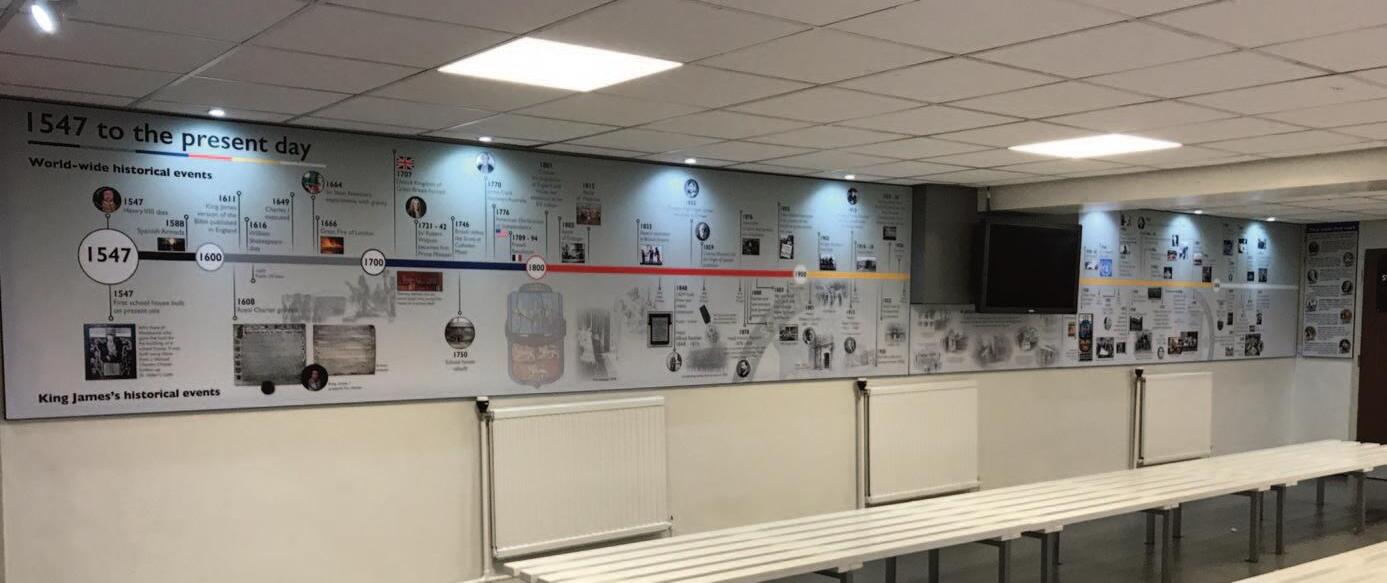
(1946-1953) revisits some of his favourite drawings
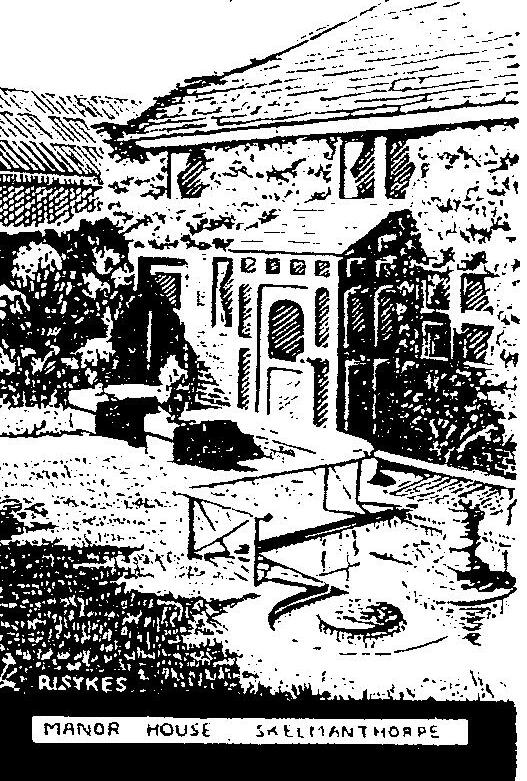
SO what do I know about Skelmanthorpe after all these years? It was definitely a day out with a train trip, just after the war in the summer of 1947. Our family party, led by a knowledgeable neighbour, would buy a load of tomatoes from a commercial greenhouse. It was still the wartime age of Kilner jars and hours of bottling.
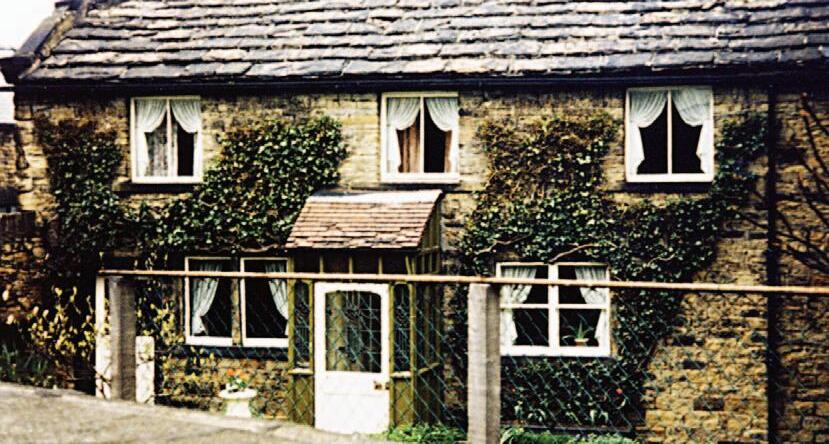
We left Berry Brow station – down in the valley next to Armitage Bridge – but not towards crossing the wonderful Lockwood Viaduct. Instead it was the opposite direction to Honley, Brockholes, then the long tunnel under Thurstonland for Shepley and the Whistlestop Valley station.This is now closed for Skelmanthorpe but the Kirklees Light Railway is nearby and worth a visit. For lovers of railway architecture, Denby Dale has a superb viaduct with at least twelve arches.
I had wandered off to look for the Manor House but when I found it, I must admit it was a bit of a disappointment. It did not display as much character as I had hoped. However it was appropriate for the ‘In and About’ column of the Huddersfield Examiner. I understand it is now a Grade 2 listed building.
Skelmanthorpe is now celebrated for the home of the first female Dr Who, Jodie Whittaker and yes! - there is a Tardis in the town!

THE first half of the 2021-22 badminton season can at best be considered as ‘steady’ and we could really have done with a few more players. The last Thursday before Christmas saw us manage to hold the traditional Christmas party after playing, socially distanced and with plenty ventilation. It was surely just a coincidence that the largest number of people of the season to date turned up to play on the evening of the Christmas party. I say party, but I think that most of us were under the impression that it was a work event. Admittedly, there was a Christmas cake, but I would categorically deny that any interior designers were present and, certainly, no suitcases were used in preparation for the event.
Due to the School sports hall being full of desks for three weeks whilst the mock exams were held, it was Thursday, 27th January before the second half of the season got into full swing. However, we were delighted that the new year saw us welcome three new recruits: Doran Kane, a current Year 7 pupil at the School, along with his dad, Richard and Sally Starbuck (1979-85).
We play in the sports hall each Thursday evening during term-time, from 7.30 pm until 9.30 pm, until Thursday, 26th May The fee, to cover the hire of the sports hall, shuttlecocks and showers, is £5.00 per person per evening. Afterwards, we adjourn to Almondbury Conservative Club for socially distanced refreshments. During June, July and Au-
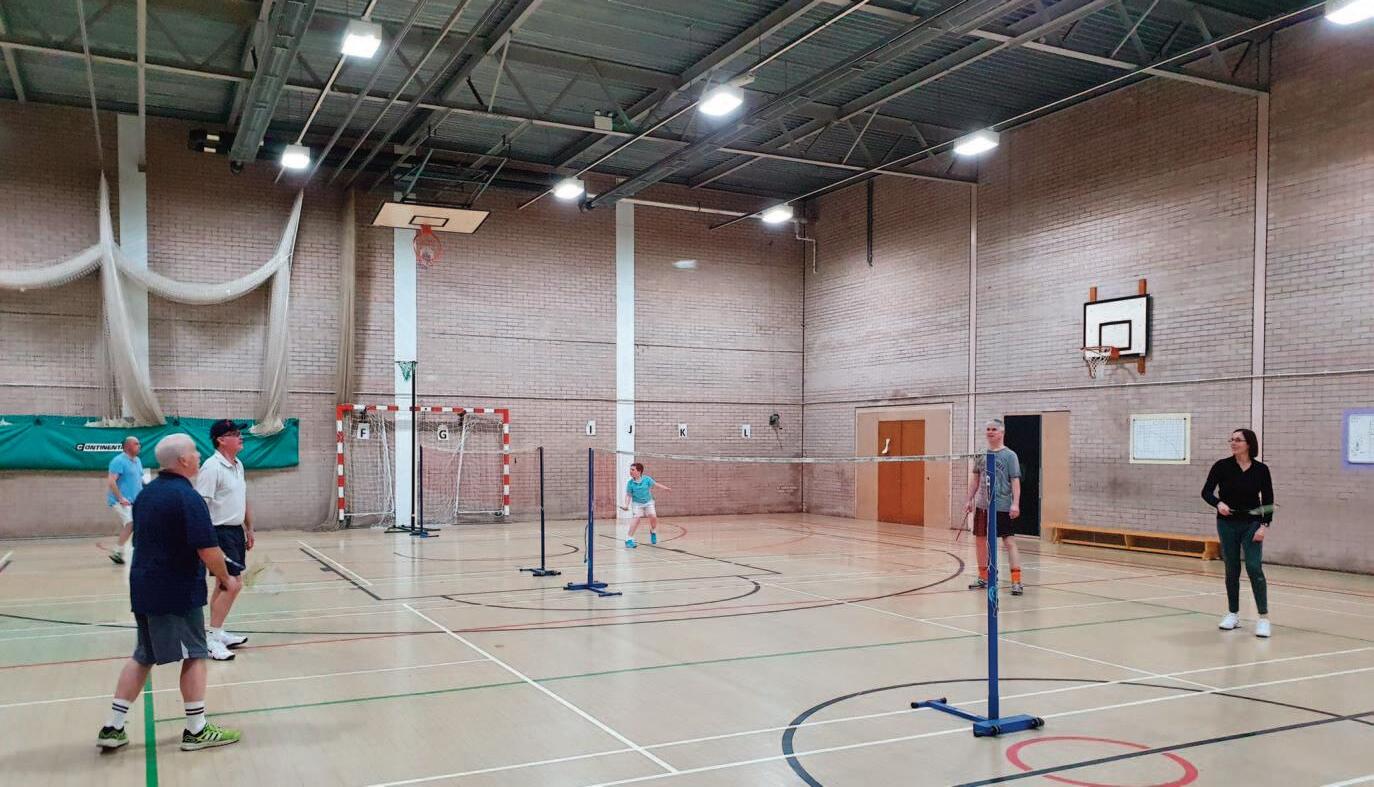
g ust, Thursday evenings will see us playing tennis at Longley.
Those who have joined me on court so far this season are Ian Daffern, Neil Gledhill, Helen Hales, Doran Kane,
R ichard Kane , Robin Merchant , Lydia Morton , Emily Murphy, David Parry , Joe Schewtschuck , Sally Starbuck and Craig Watts . Why not come and join us? n
TROBIN MERCHANT robin.merchant@oas.org.uk contested since 1932, only 10 and 12 years respectively after the golf club and our Society were founded.
HE Gothard Cup 2022 competition will take place at its traditional venue of Woodsome Hall, although we are yet to agree a date which we hope will be a Sunday in late June or early July. The main reason for this delay is that Woodsome Hall Golf Club, like our own Old Almondburians’ Society last year, is celebrating its Centenary and they are still sorting out their diary of events for the year.
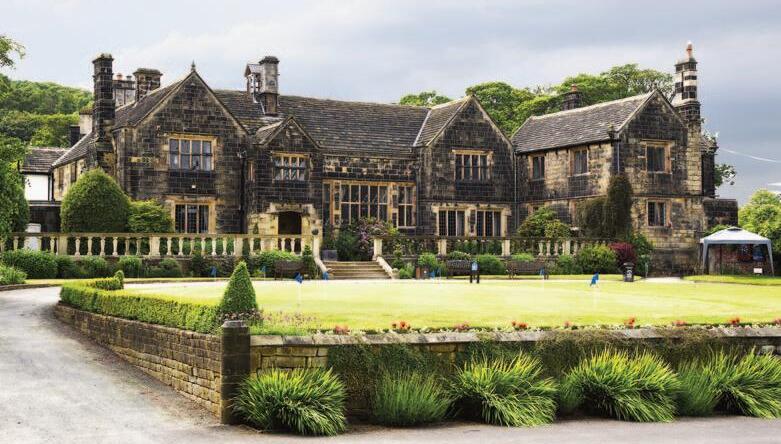
The Gothard Cup has a special connection with Woodsome, having been
When a date is agreed, I shall notify all by email together with an announcement on the website.
As always the golf will be followed by a meal and the presentation of prizes.
So as this is a special year for Woodsome Hall, I should be delighted if anyone who would like to meet up with old School mates over a drink or two after a game of golf, could come along and join us.n
The moving force behind the setting up of Woodsome Hall Golf Club was the newly demobilised Major A E Y Trestrail. A provisional committee was set up at a meeting at the George Hotel and soon afterwards the new course, designed by Harry Colt, was constructed under the close supervision of the Club’s first professional William Button. The formal opening, with a singles exhibition match, was on 23rd June 1923.
“Woodsome Hall is an undiscovered gem which seems to be known only to those who live locally.The clubhouse alone is worth a visit, one of the most interesting and beautiful anywhere. If this course and clubhouse were in the London area, entrance, membership and green fees would all be astronomical, but as it’s in Yorskhire they are very reasonable indeed.”
Peter Allis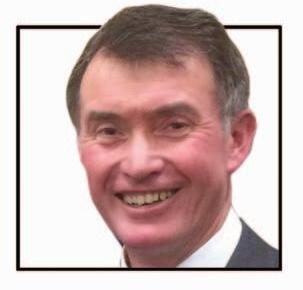
CONGRATULATIONS as ever for another splendid edition of The Almondburian – lots for everyone, and I particularly liked the long features.
The ‘Spotted’ column’s poem made me recall an incident that happened some years ago when I participated in a choir in the local small town of Lannemezan. We were rehearsing the well-known (to English speakers) ‘We wish you a merry Christmas’ for the imminent annual Christmas concert, and as the only English person present I was asked to train the singers in correct English pronunciation. All went well until the last word of ‘Happy New Year’ which I pronounced to rhyme with ‘her’.
A lady who is a teacher of English in a local school looked concerned – she had always been told that ‘year’ should rhyme with ‘fear’ or ‘near. No, I assured her, in modern pronunciation it is usually accepted to rhyme with ‘her’. However, a Dutch gentleman in the basses, whose English, like that of most other Dutch people I know here, seriously rivals mine, pointed out that surely, in this case, the word needs to rhyme with ‘cheer’, found in one of the
verses. He also pointedly remarked that I was from the north of England, and I may possibly have an accent different from that of standard English!
Since I couldn’t dispute his logic, I had to accept the humiliation in good grace; but the episode sensitised me to watch out for current examples of this variation in pronunciation, and I find that the ‘fearnear-tear’ version seems to be not so common as the ‘her’ version.
So what’s going on – is this a geographical variation or cultural or temporal or what? I welcome any views you or the membership may have.
Rod Sykes, Boudrac, France.
l As a northerner myself, married to a Londoner, I can confirm Rod’s experience. Although I had previously been unaware of the issue, my wife is definitely of the ‘yer’ persuasion while to me it will always rhyme with ‘fear’. I can also report that our four children, brought up in the North but now living in various parts of the UK are almost all of the ‘yer’ persuasion. My only allies are our two Welsh daughters-in-law, but even they qualified their responses by suggesting that they tend to ‘modify their pronunciation so as to be understood by the rest of the family’. (Ed)
We are always delighted to receive articles or letters for publication in The Almondburian. Photographs should ideally be at 300dpi resolution. Editorial email address: almondburian@oas.org.uk
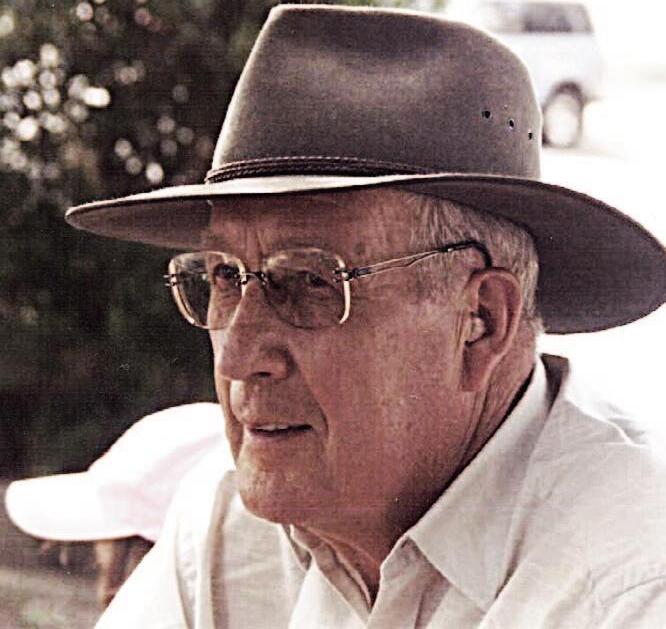
Leading member of local family firm spinning woollen yarns for the carpet industry
We report with sadness the death of Colin Lawton on 27th December 2021 and offer our condolences to his family. He joined King James’s Grammar School, then Almondbury Grammar School, in September 1937, leaving in 1944 with a Higher School Certificate in Physics, Chemistry and Mathematics. He headed off to Queen Mary College, London to take a degree in Engineering but his studies were interrupted by National Service in the Royal Engineers. He completed his degree at Glasgow University in 1948/9.
On leaving university, Colin joined the family woollen yarn spinning business Fred Lawton & Son Ltd at Firth Street Mills. The firm had been established at Lockwood in 1902. He was awarded Associateship of the Textile Institute and became a Chartered Textile Technologist. He became managing director of Lawton’s in 1956 and chairman in 1990. Colin retired in 1996.
A prominent local businessman, Colin was the 21st President of the Huddersfield Textile Society (1963-1965) and President of the Huddersfield Yarn Spinners Association. A member of the Woollen Yarn Spinners Association, he served on the Wool Textile Delegation and the British Wool Trade Federation. He represented woollen spinners at the International Wool Textile Organisation promoting a sustainable future for wool.
Outside work, Colin’s principal interests were 750 Formula motor racing and hunting. He was for many years secretary and later chairman of the Rockwood Hunt near Emley.
Colin was a family man. He was married to Marjorie (Jo) for over 70 years from 1950 until May 2021. Together they had four children, Kate, Dinah, Charles and the late Joanna. He bought a property in south-west France in 1989 which he renovated and redeveloped when he retired. He spent Spring and Autumn there each year whilst visiting his daughters in Queensland, Australia in January and February. Colin was a dearly loved husband, father, grandfather and greatgrandfather.
Colin Frank Lawton, born 23rd September 1926, died 27th December 2021 aged 95.
l Our thanks to Gerald Stead.
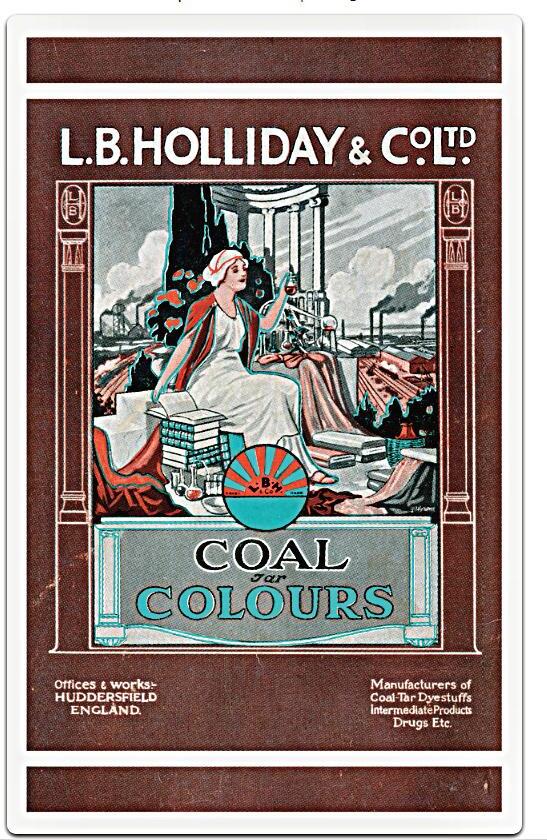
Popular Almondburian who helped to rediscover the School Charter in 1954

Tommy Blackburn , the son of the sales director of the Huddersfield dye manufacturing company L B Holliday & Company , was born in Almondbury. He joined Almondbury Grammar School in 1947 and was famously a member of the group of six pupils who ‘rediscovered’ the Charter at an exhibition in Leeds. A well-liked pupil, he was a member of the soccer First XI in 1954-5 and left School in 1955 with ‘A’ levels in Mathematics, Physics and Chemistry to take a BSc in Physics at the University of Sheffield. On leaving university he joined his father at L B Holliday in Leeds Rd. He had a successful career there and in due course became a director of the company. However, L B Holliday fell on hard times in the 1970s and went into receivership in 1980. Tommy was deeply disappointed to be unsuccessful in a management buy-out bid.
He subsequently left the UK to work in Brussels.
Thomas Andrew Blackburn, born 3rd April 1936, died 2021 aged 85. l Our thanks to Norris Bonser.
We have also been notified of the deaths of:
Peter Richard Bradley (1948-53), living in Westbury-on-Trym, Bristol; aged 84
Stanley Kilvington (1943-48), living in Stockport; aged 89
Allan Clayton (1979-84), living in Highbury, London; aged 53.
Chairman
WALTER RALEIGH
15 Thorpe Lane, Almondbury HD5 8TA Tel: 01484 308452
Email: walter.raleigh@oas.org.uk
Secretary
ANDREW HAIGH
2 Arkenley Lane, Almondbury HD4 6SQ Tel: 01484 432105
Email: andrew.haigh@oas.org.uk
Treasurer
KEITH CRAWSHAW
5 Benomley Drive, Almondbury HD5 8LX Tel: 01484 533658
Email: keith.crawshaw@oas.org.uk
Media Editor
ROGER DOWLING
Orchard House, Oughtrington Lane, Lymm, Cheshire WA13 0RD
Tel: 01925 756390/07815 601447
Email: almondburian@oas.org.uk
Assistant Media Editor
RICHARD TEALE
The Sycamores, 239 Huddersfield Road, Thongsbridge, Holmfirth HD9 3TT Tel: 07810 313315.
Email: richard.teale@oas.org.uk
KJS Representative
ABBIGAIL TERRY
King James’s School, St Helen’s Gate, Almondbury HD4 6SG Tel: 01484 412990
Email: abbi.terry@oas.org.uk
Website: www.oas.org.uk
The Almondburian is distributed to OAS members free of charge. Price to non-members: £3.00
